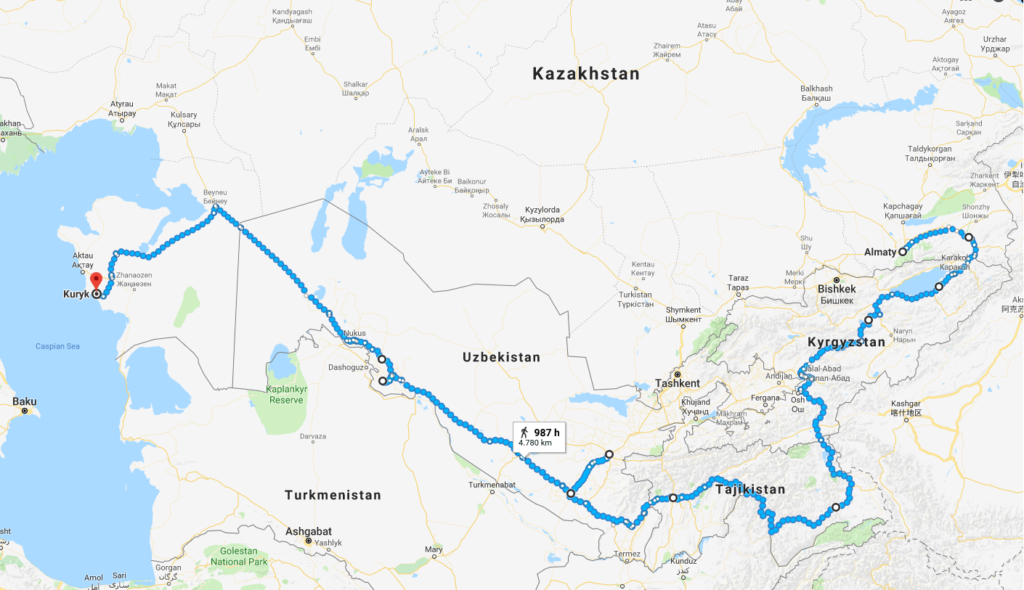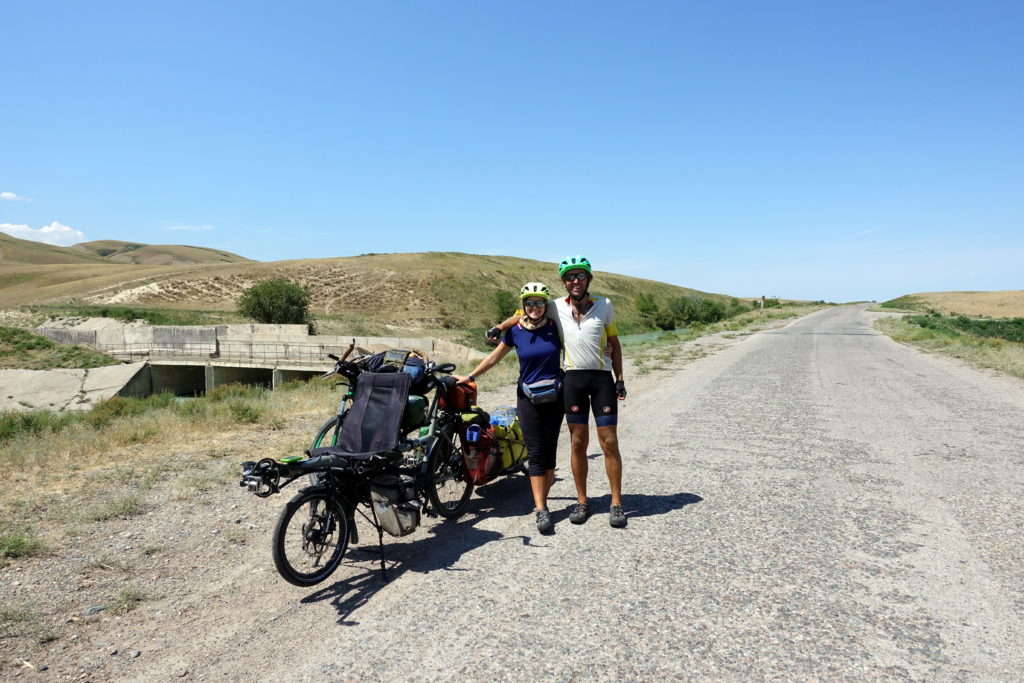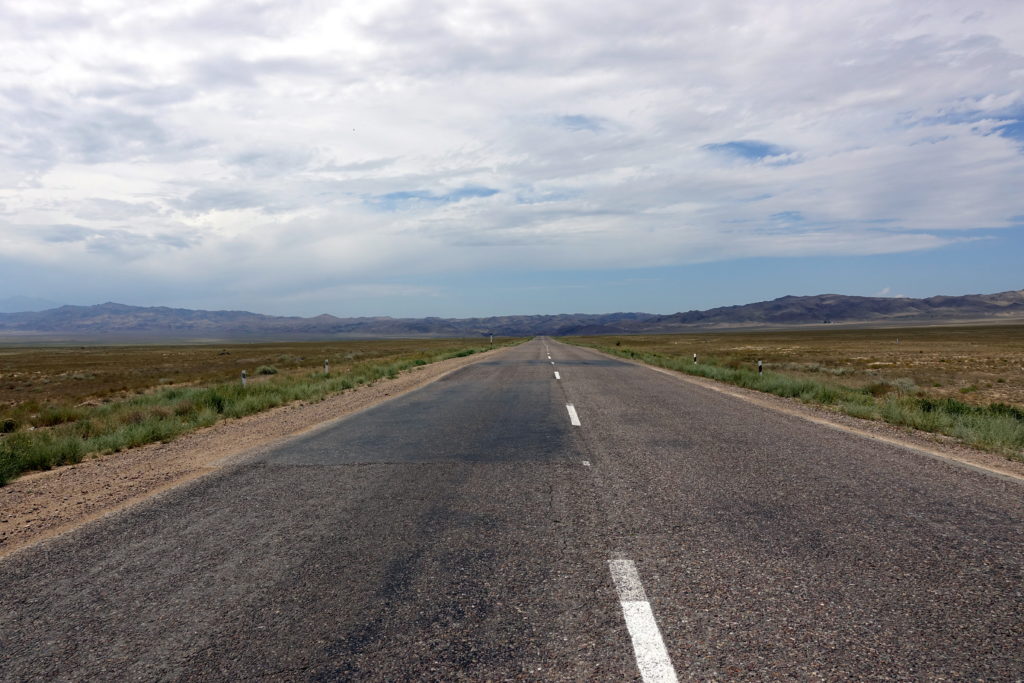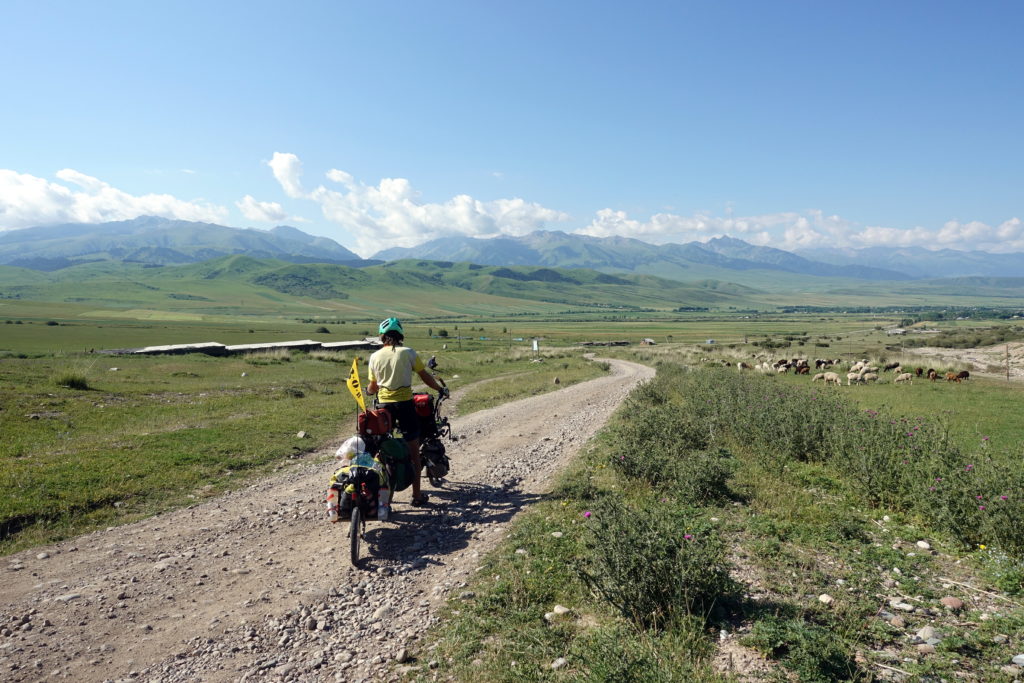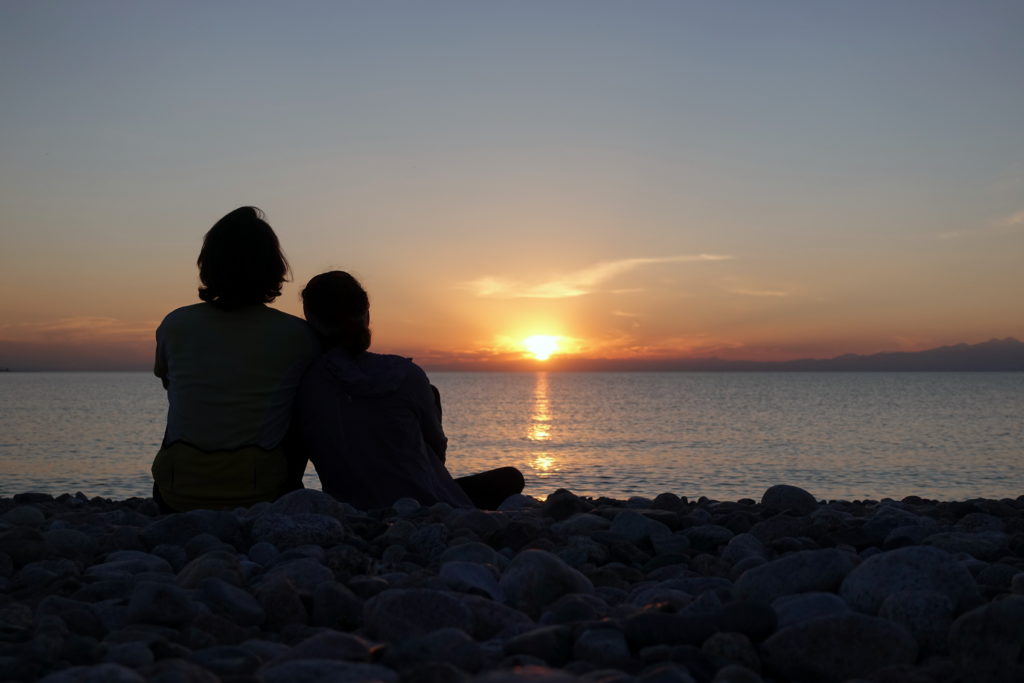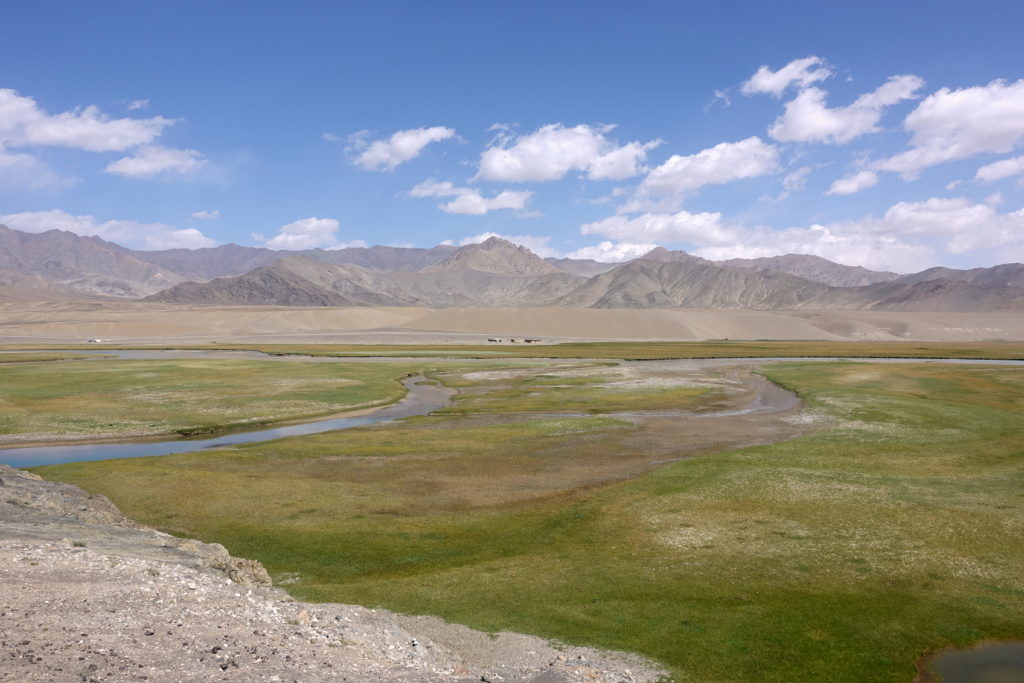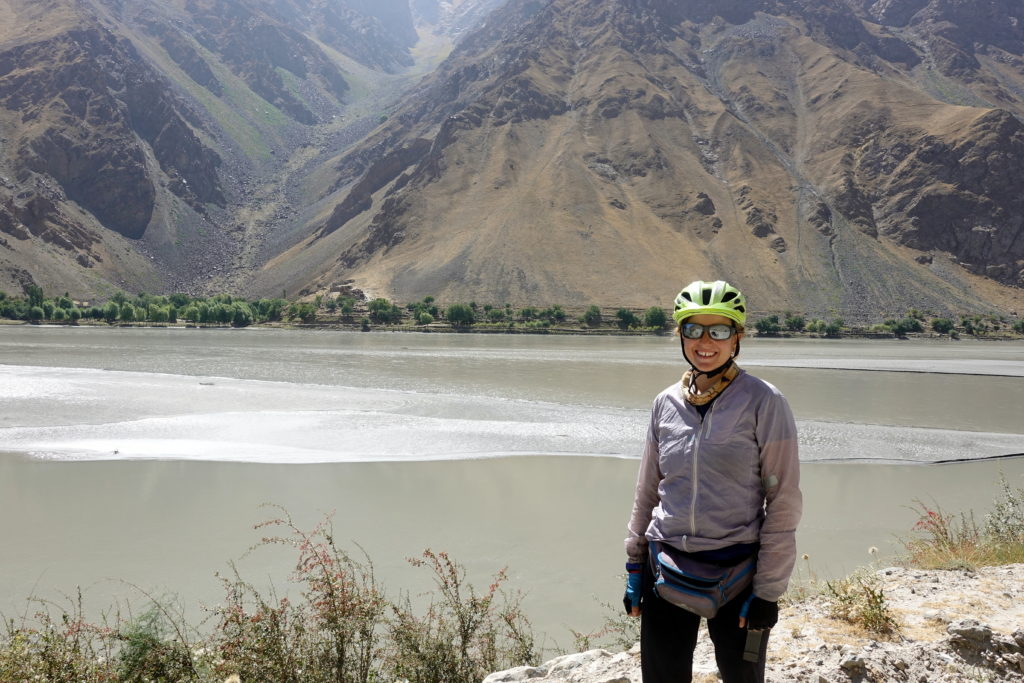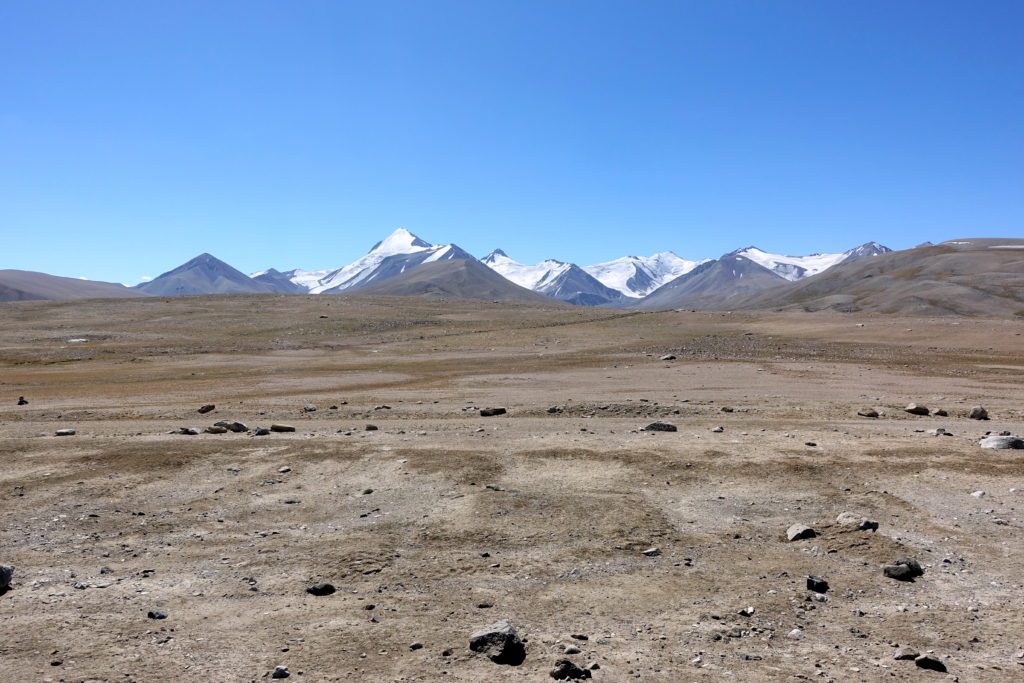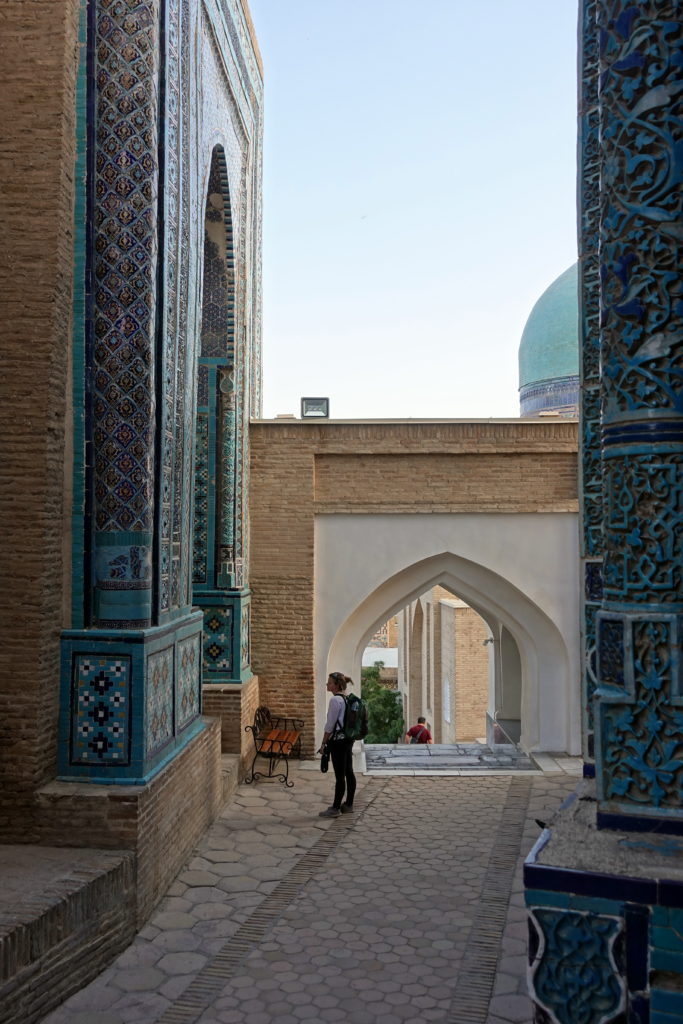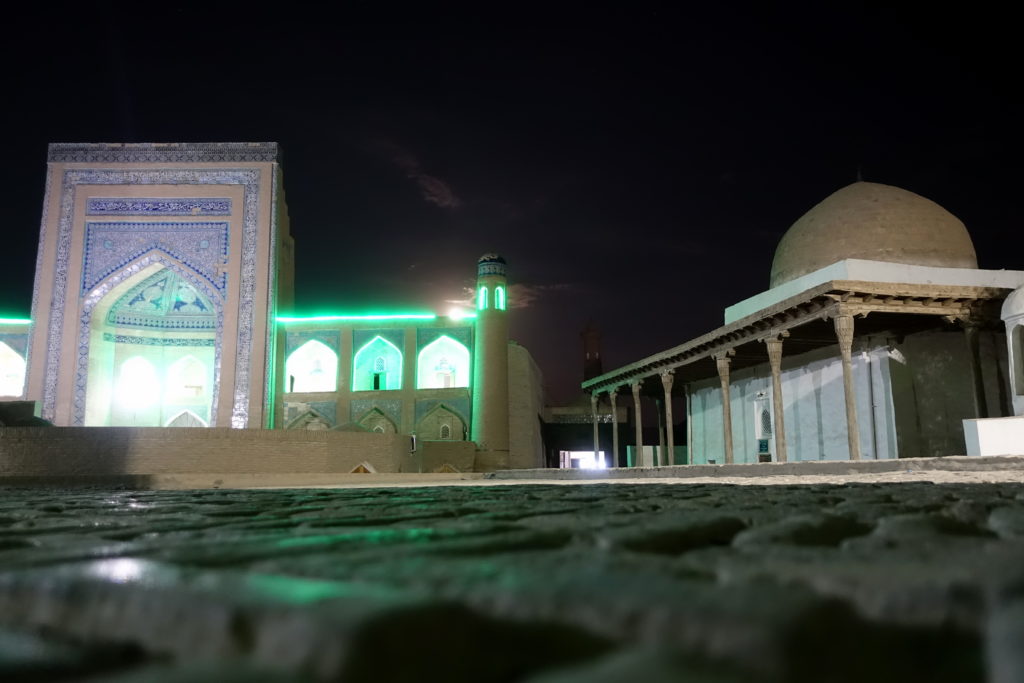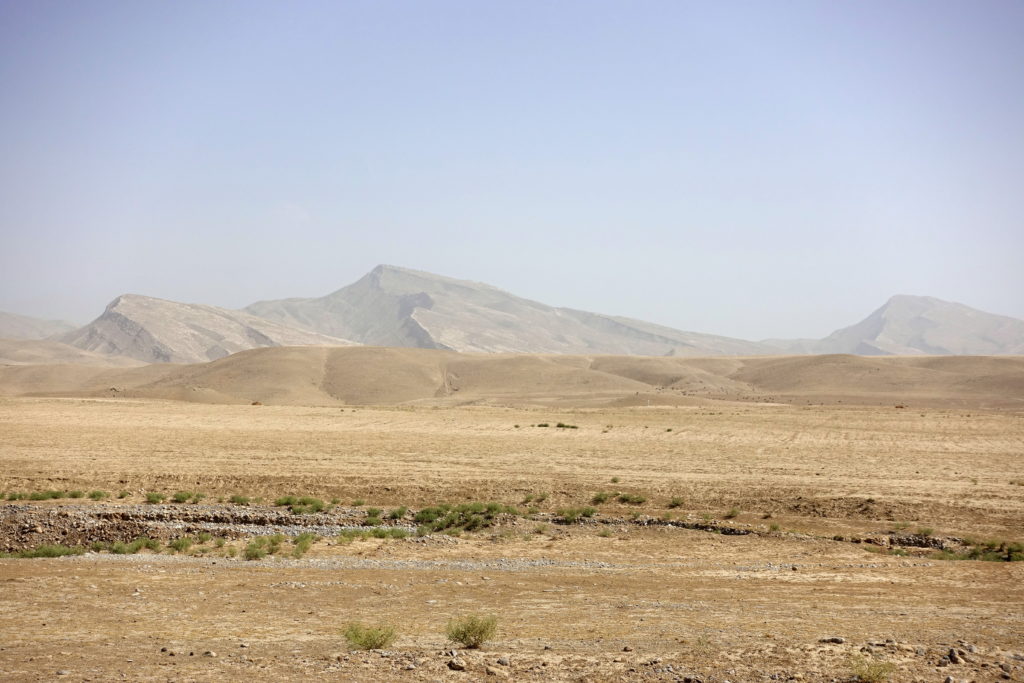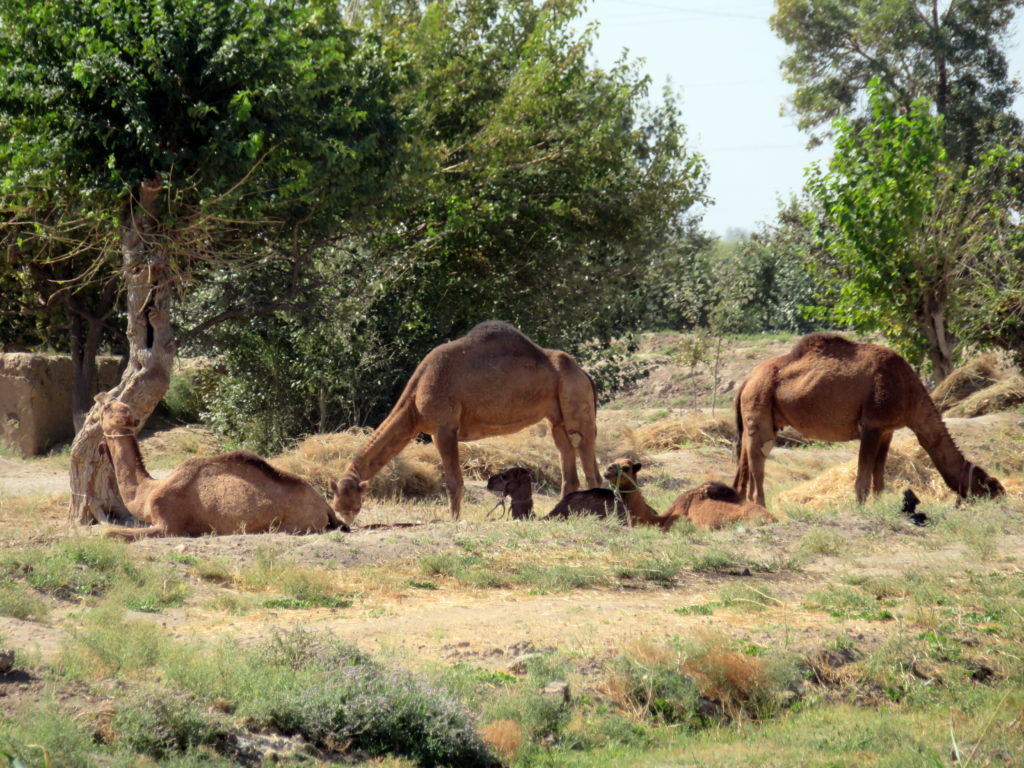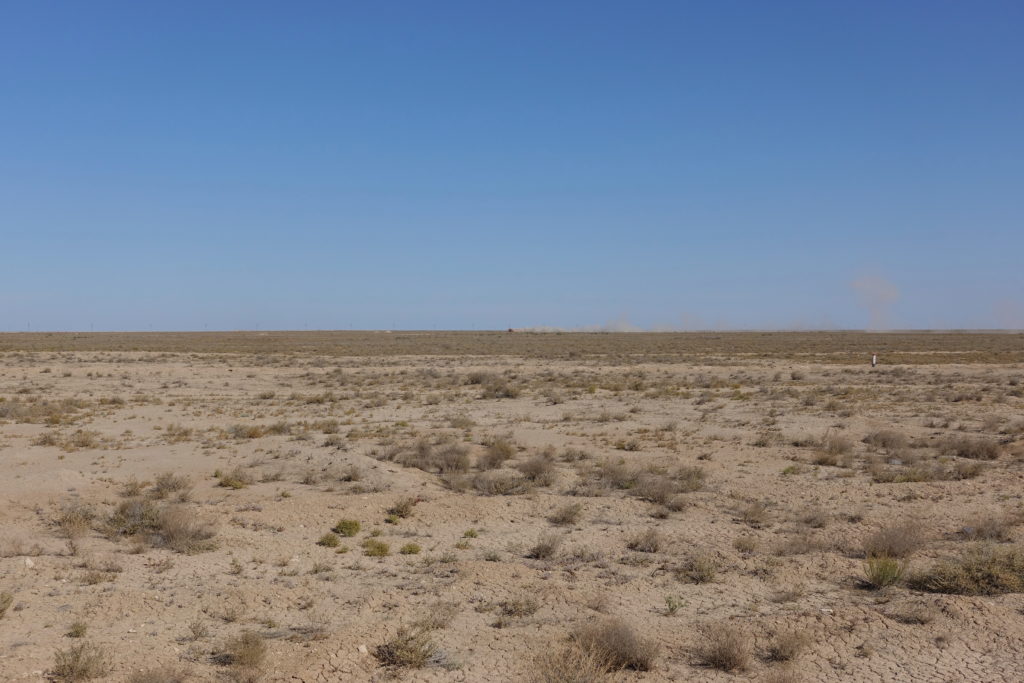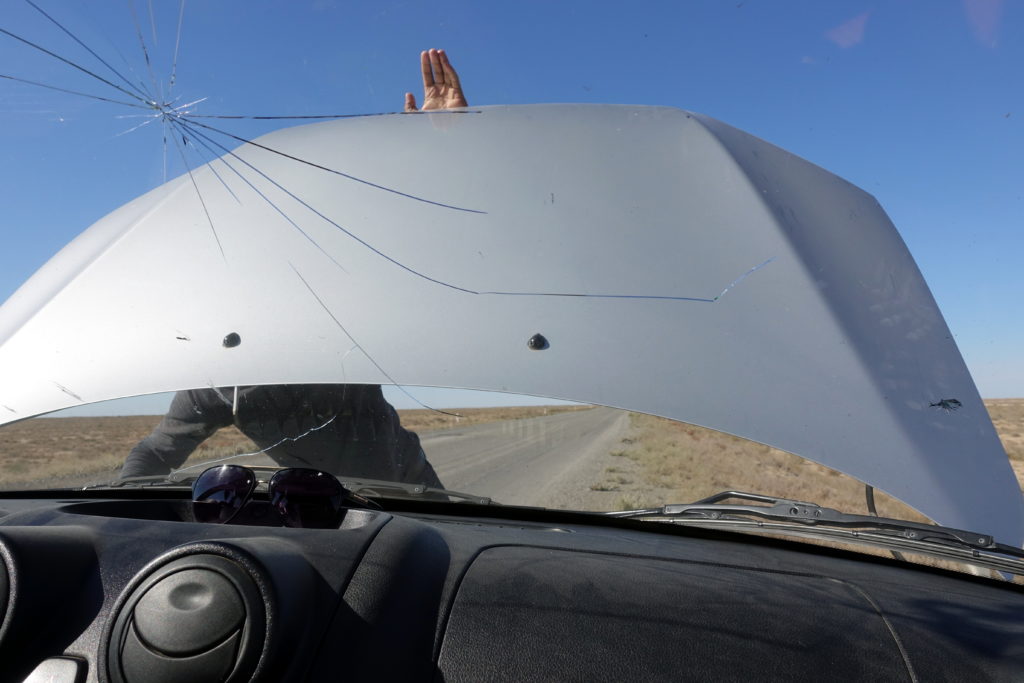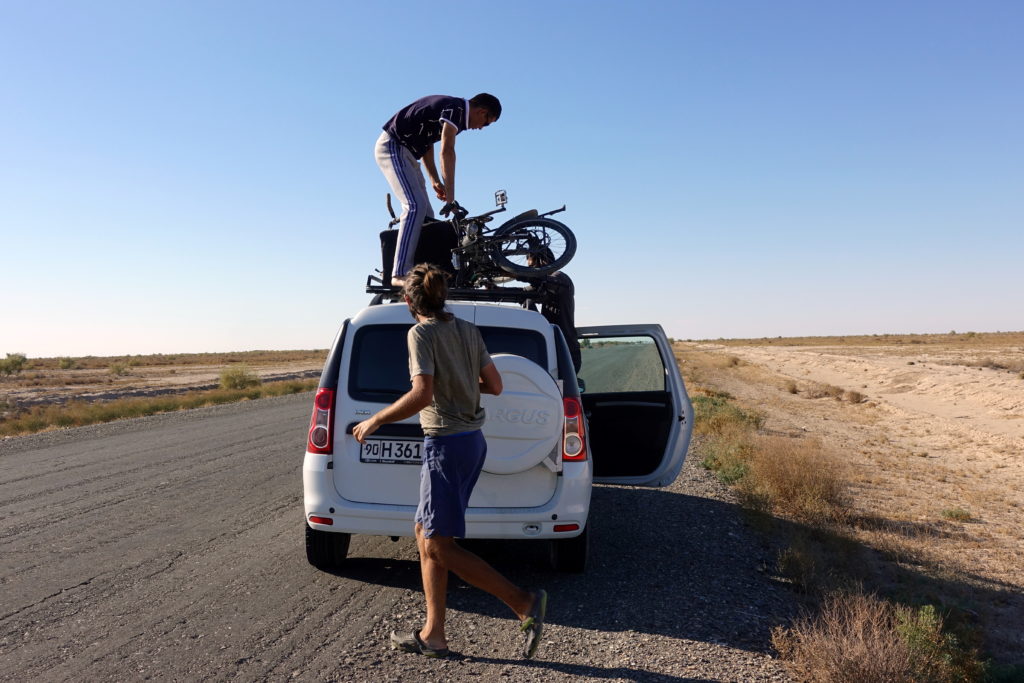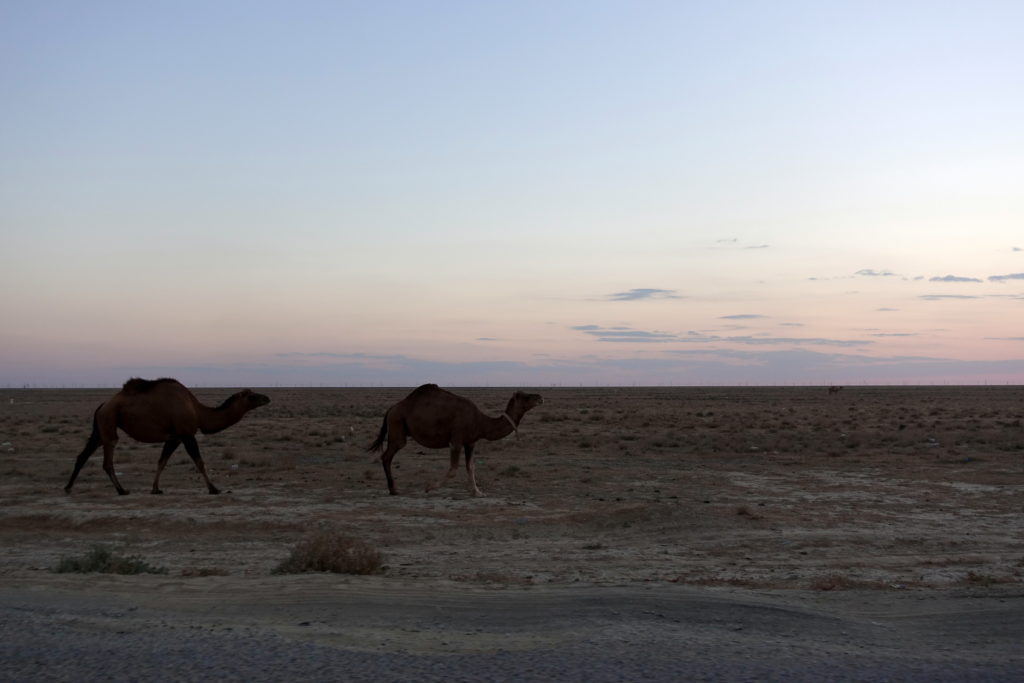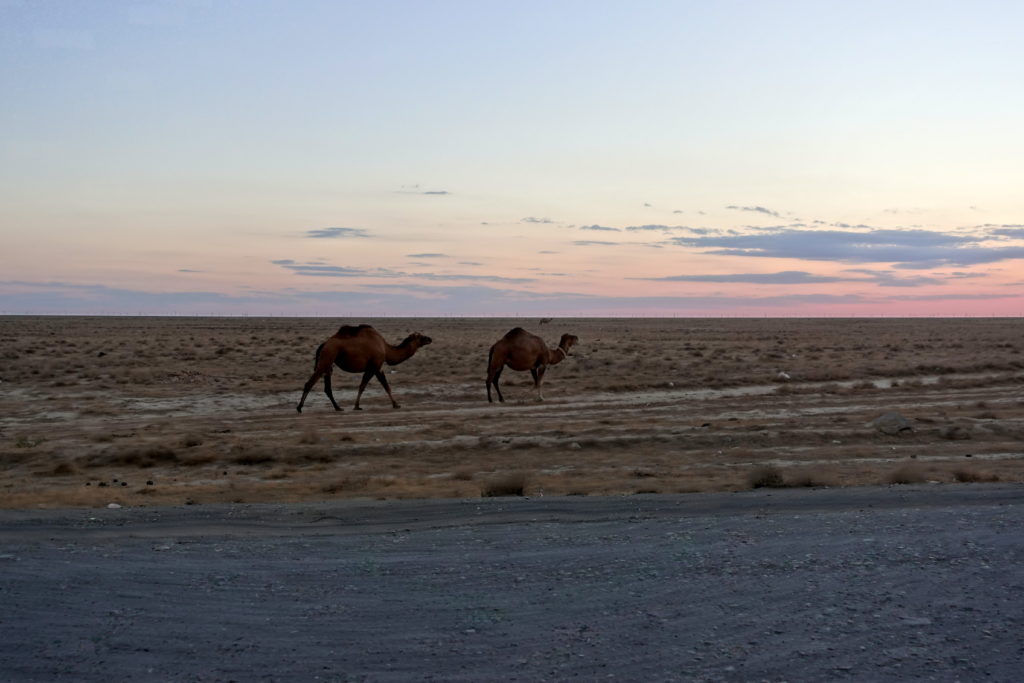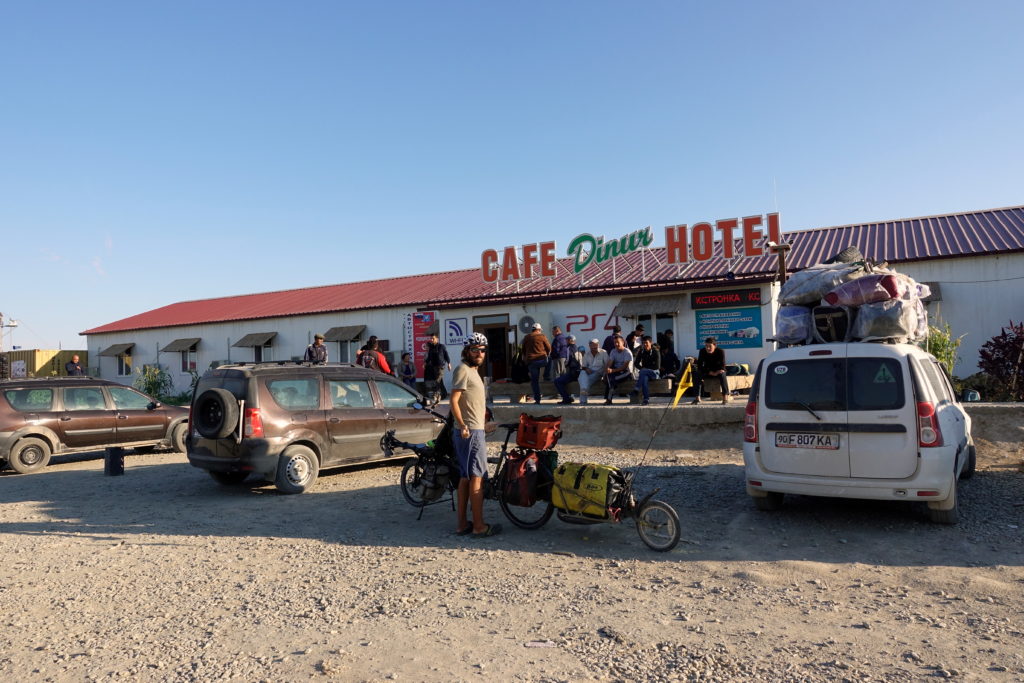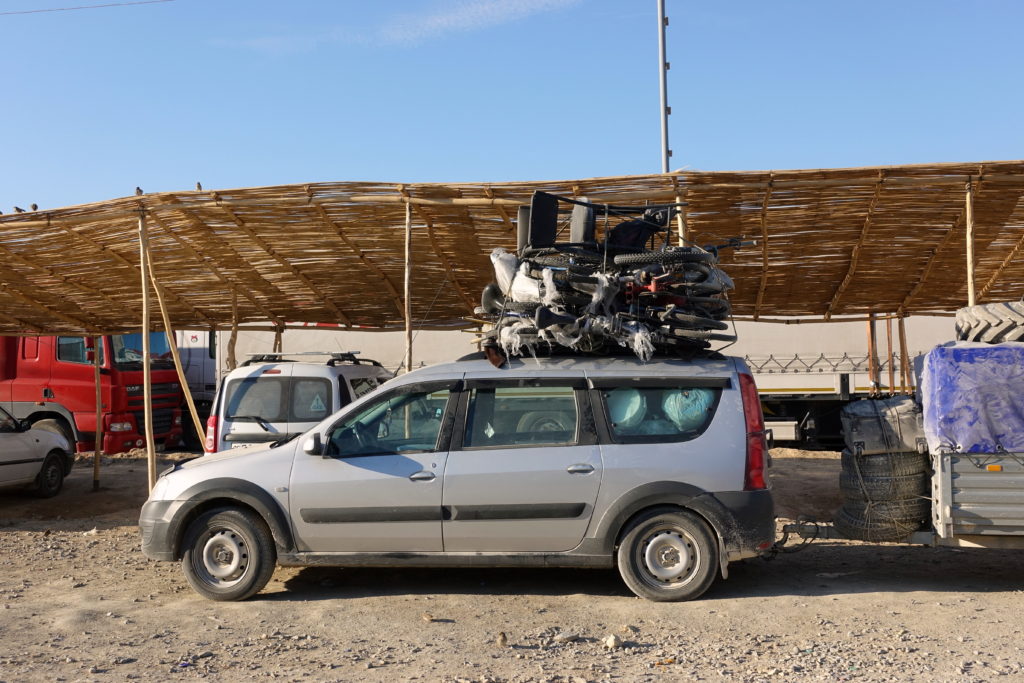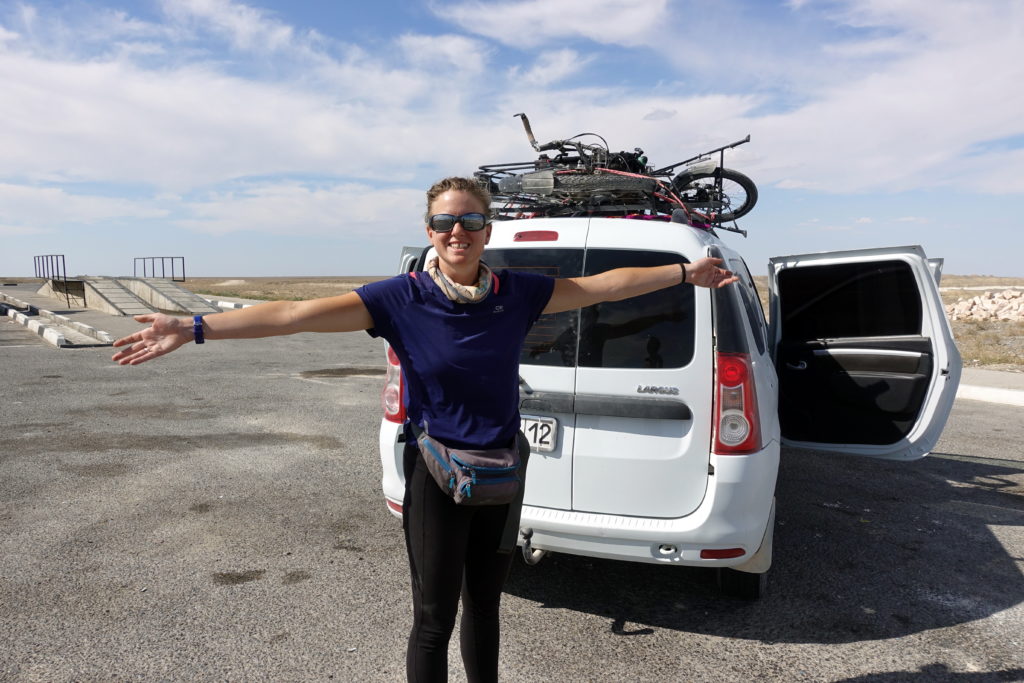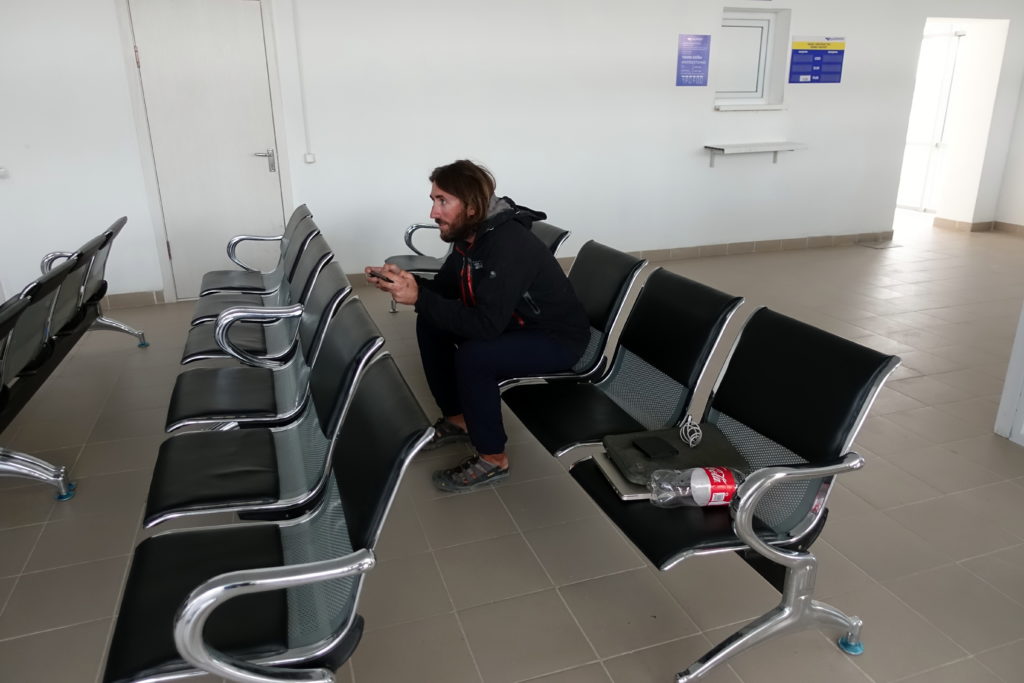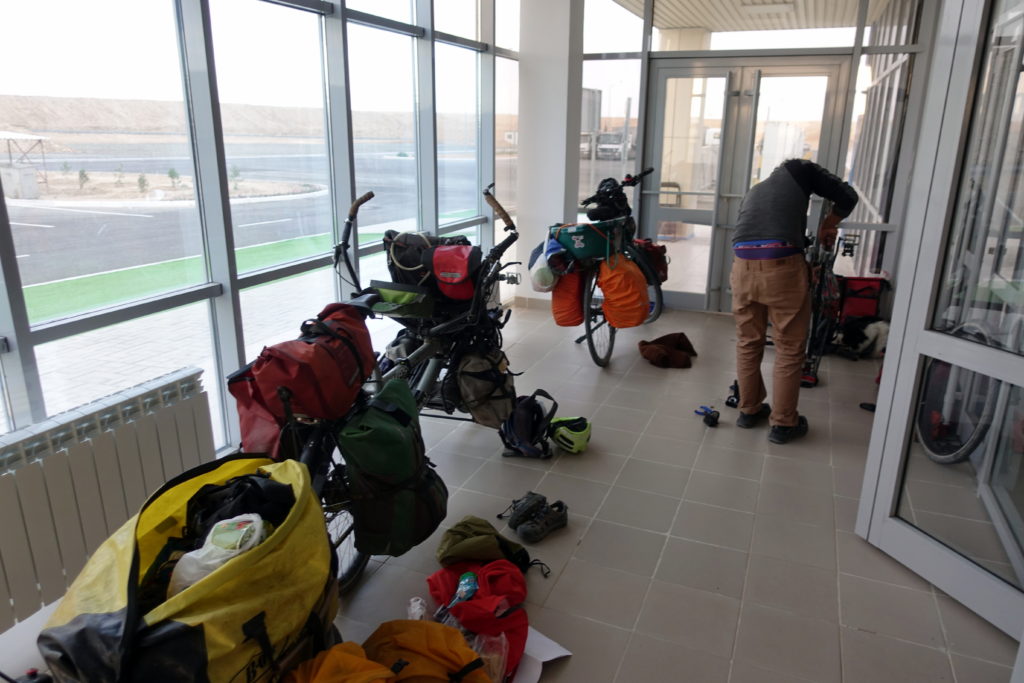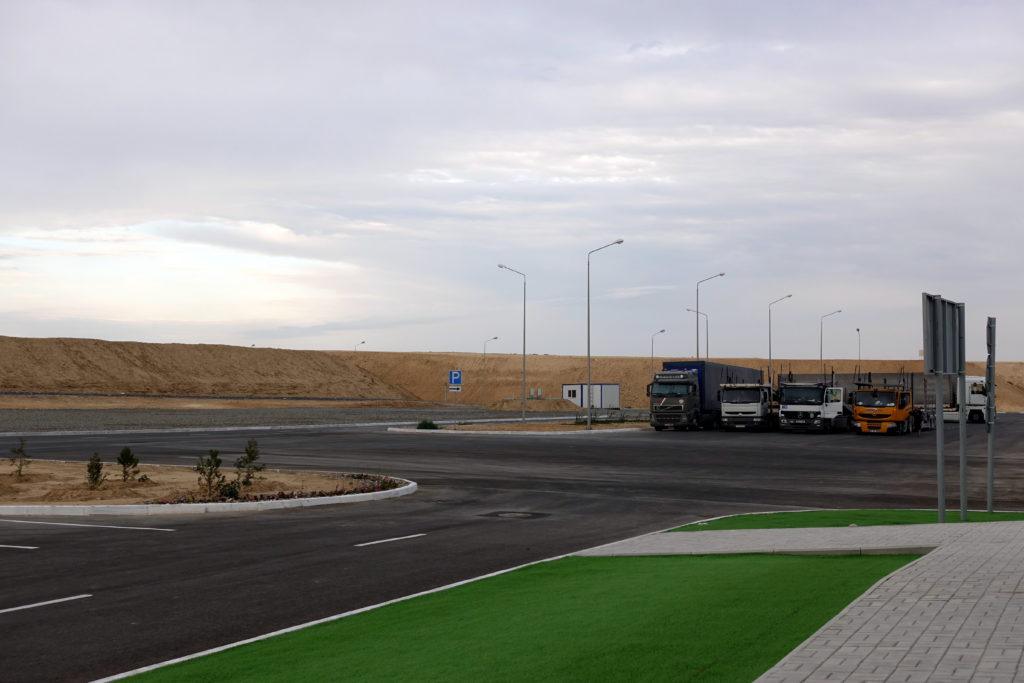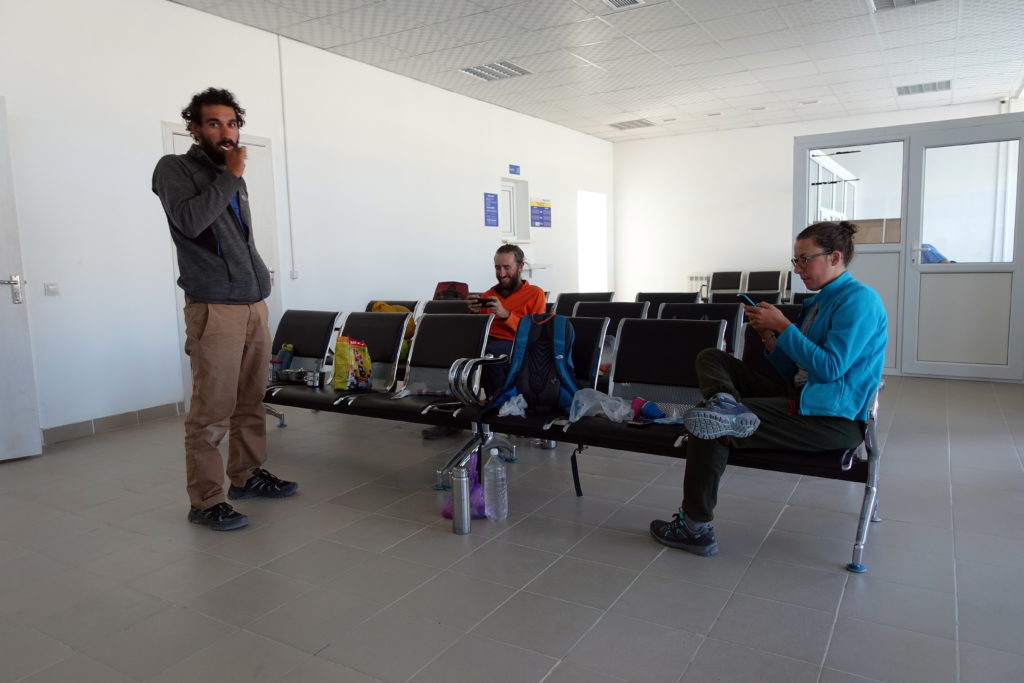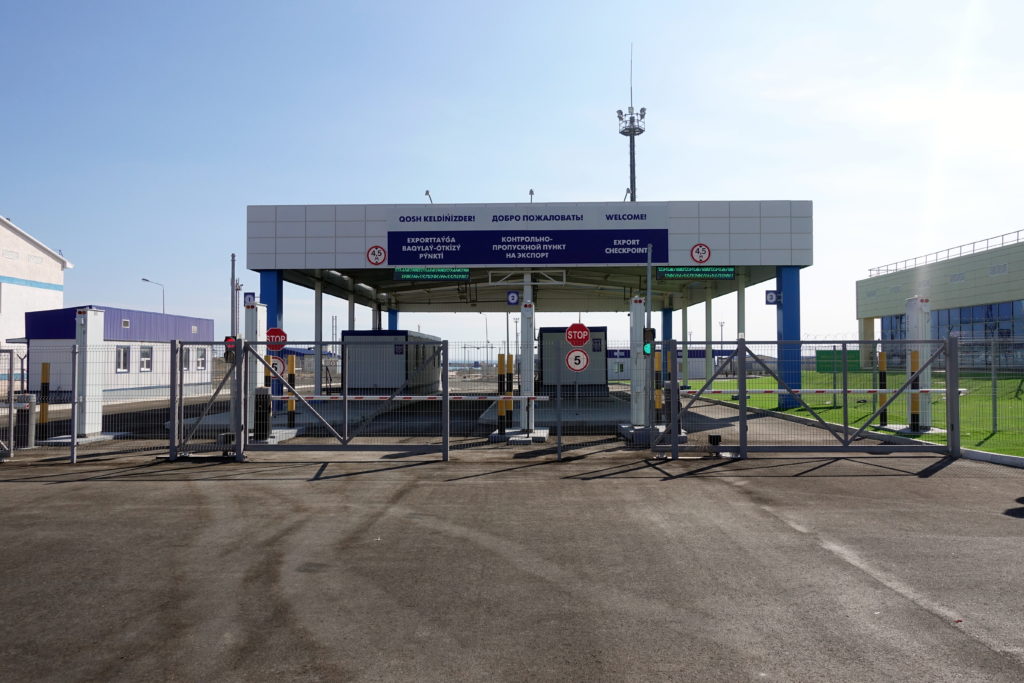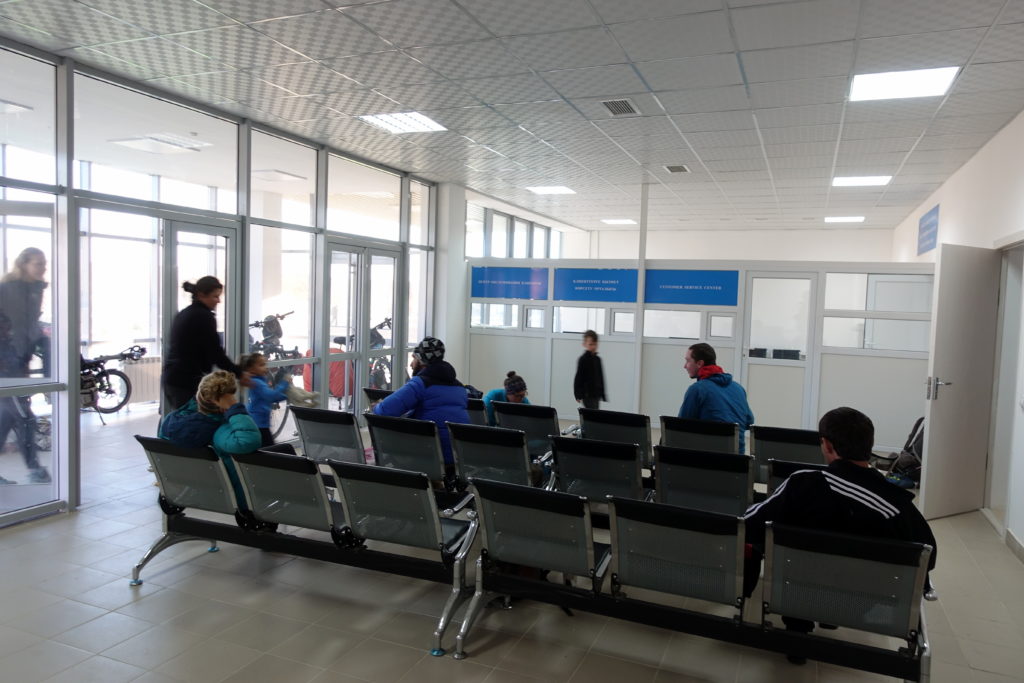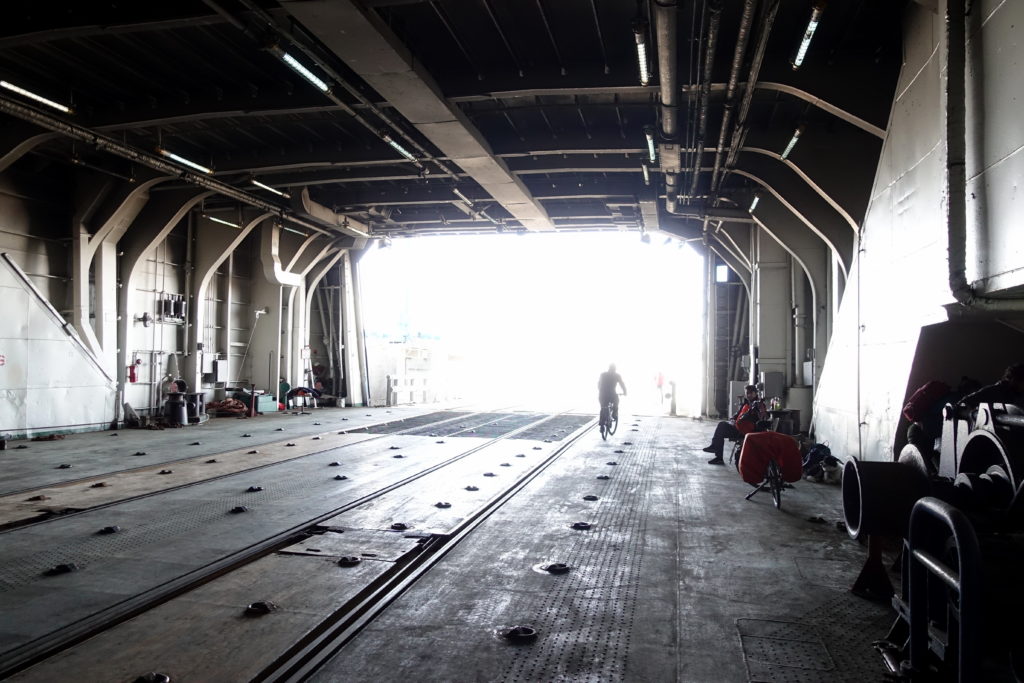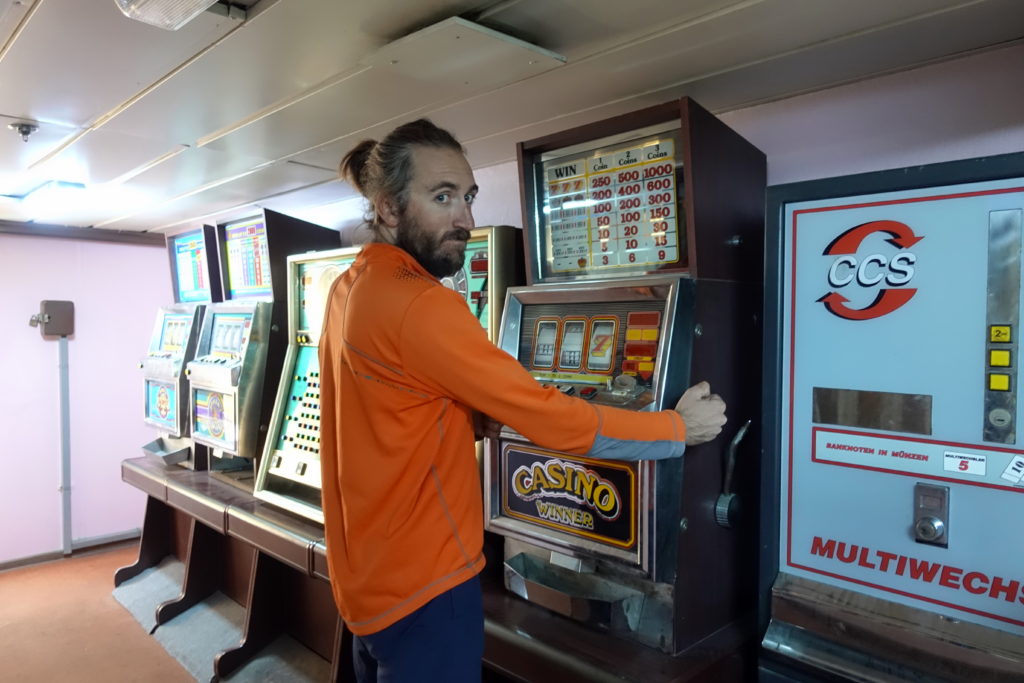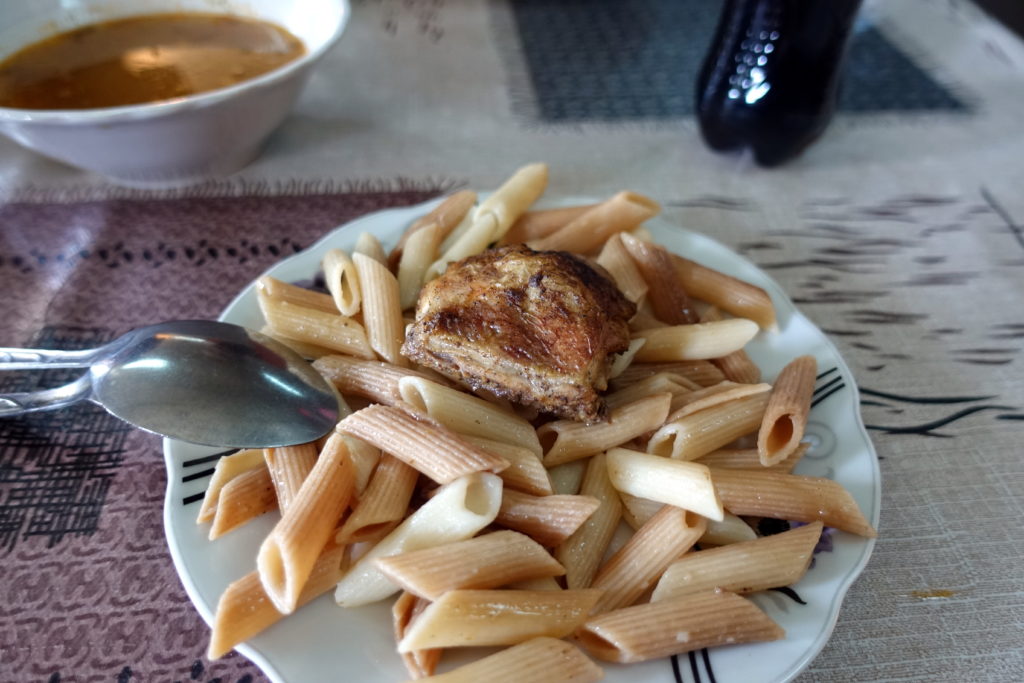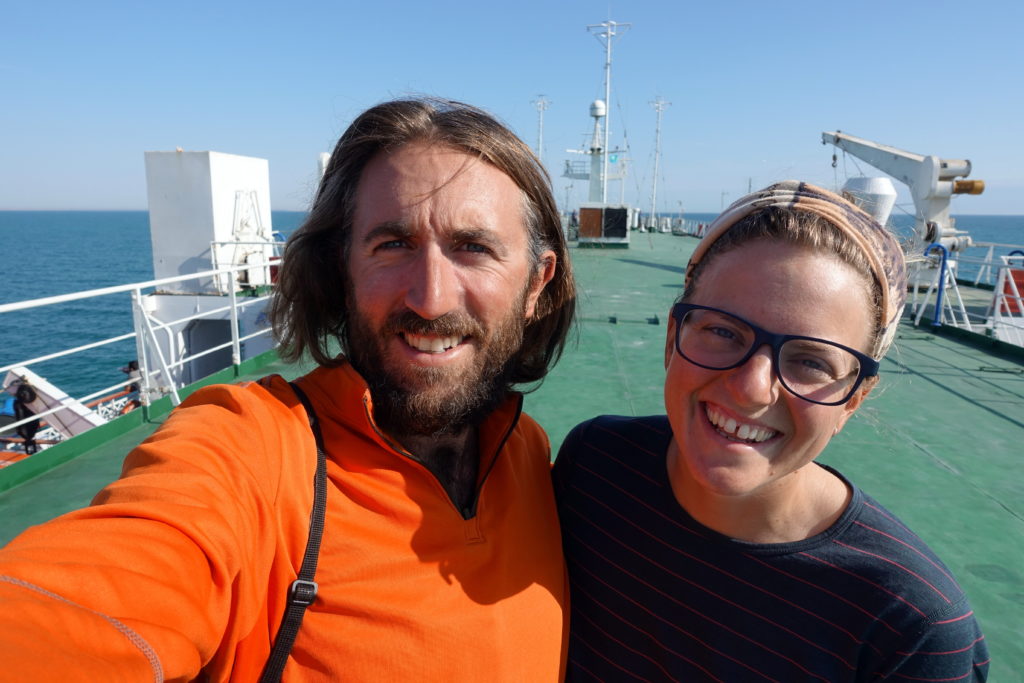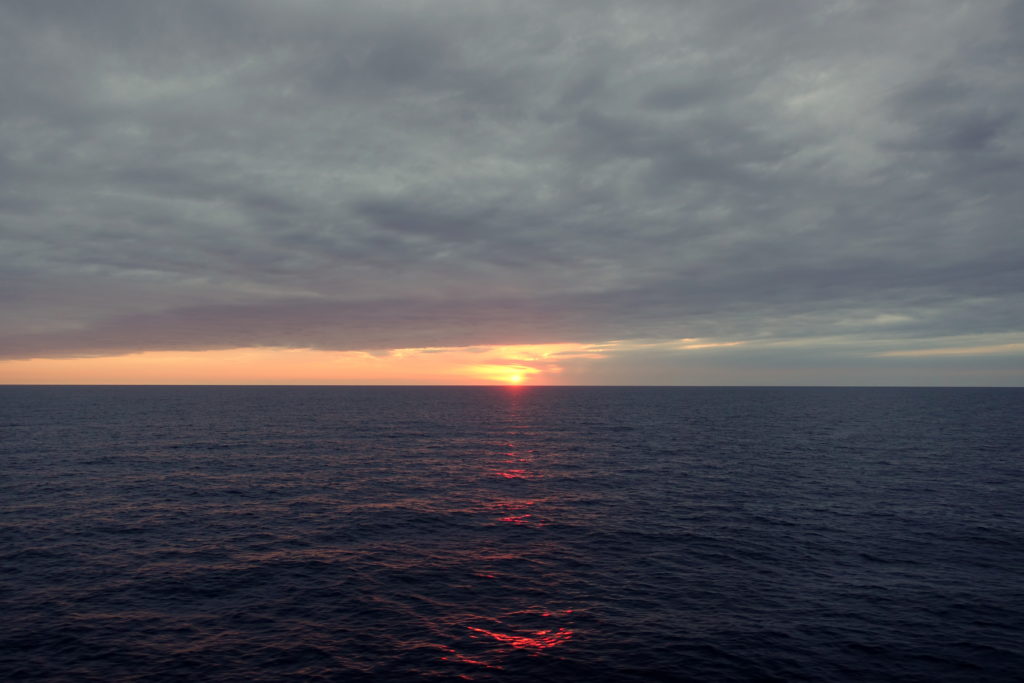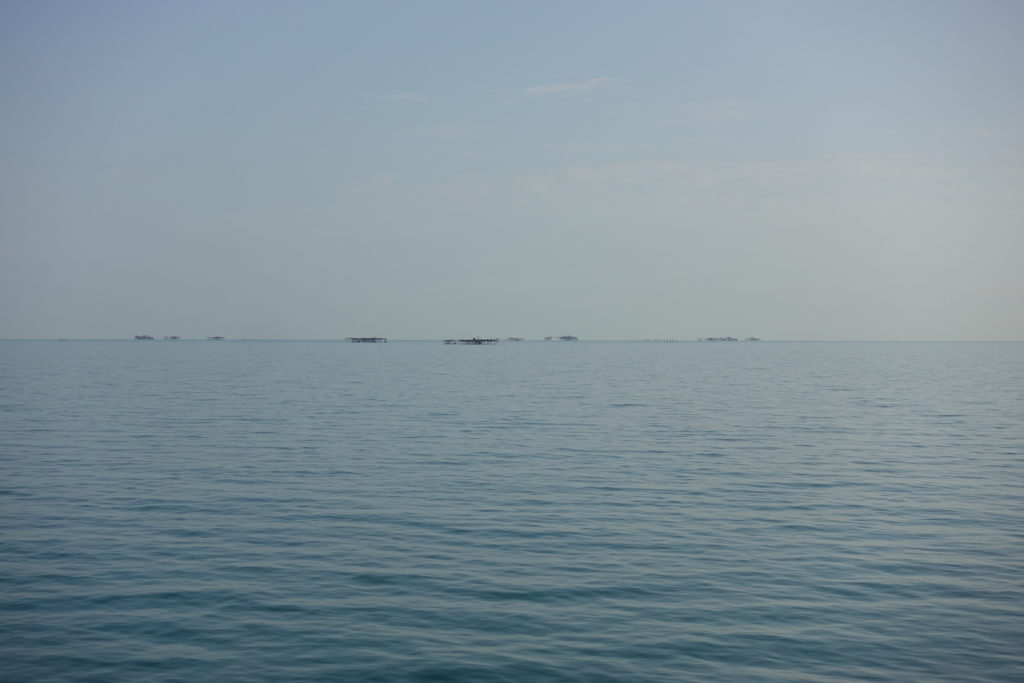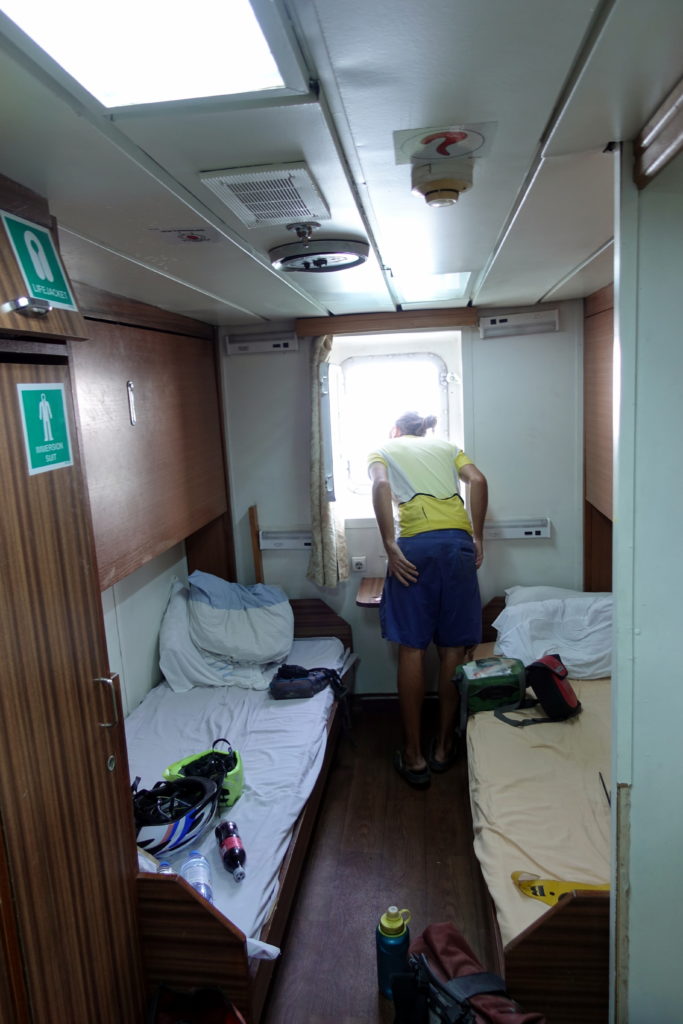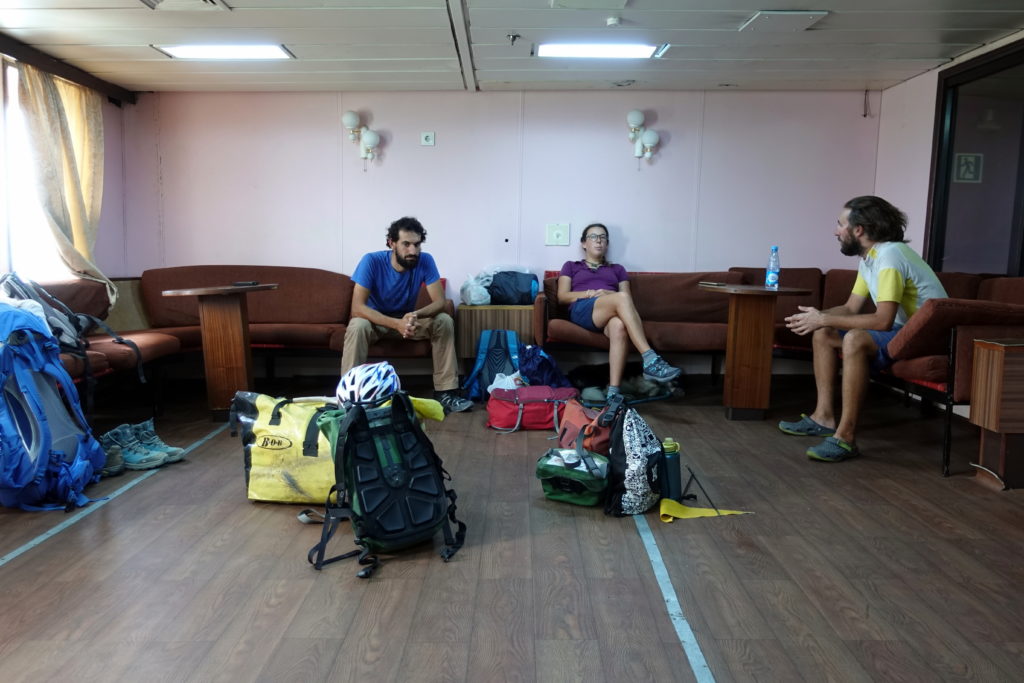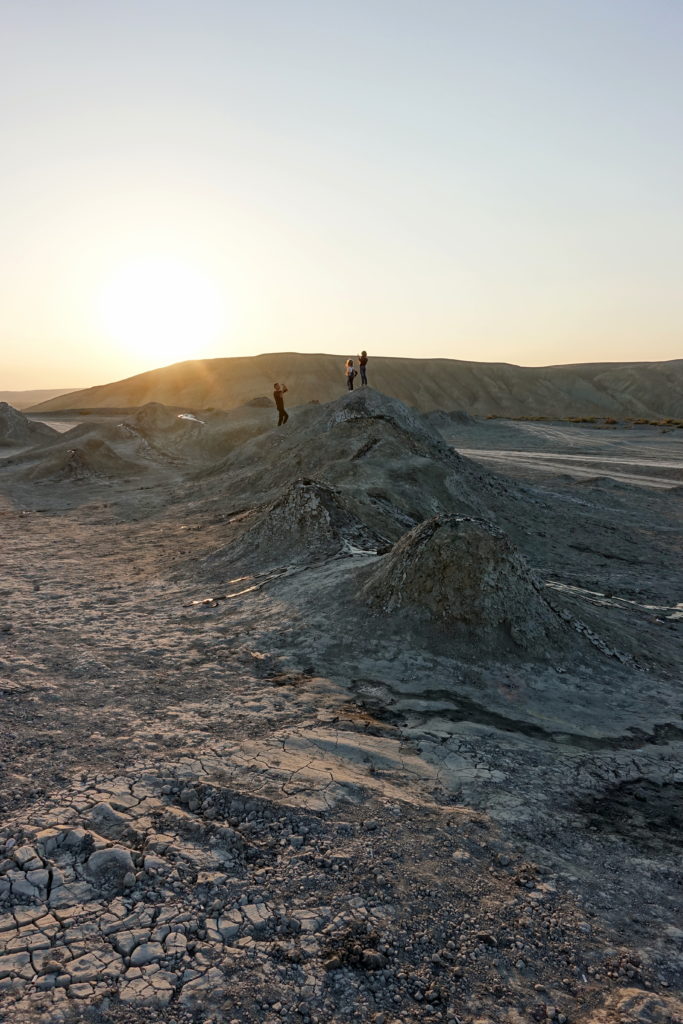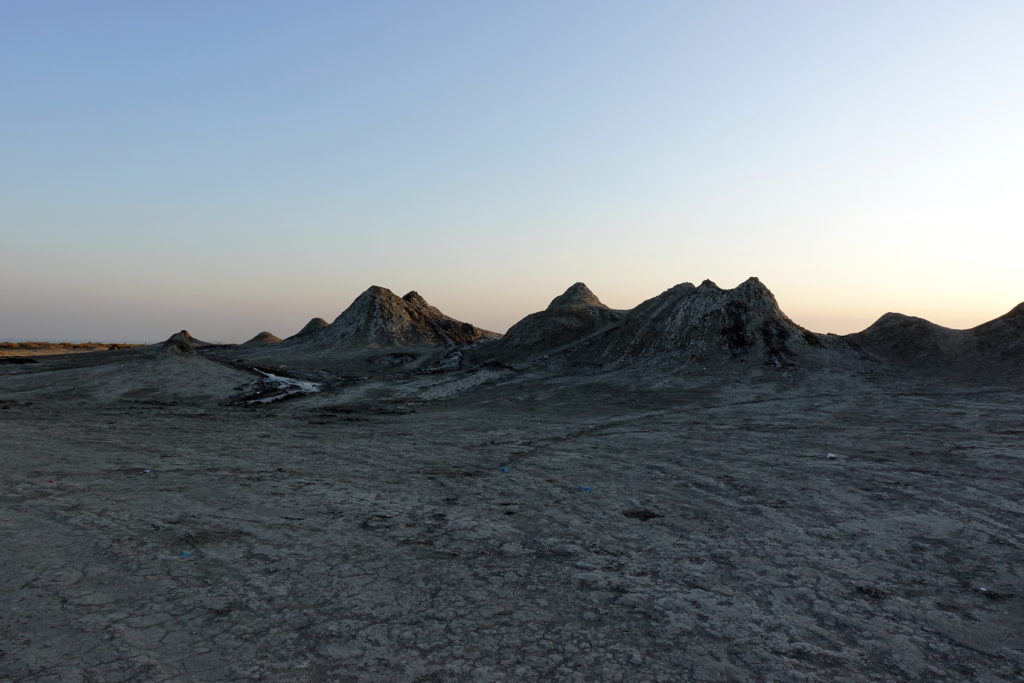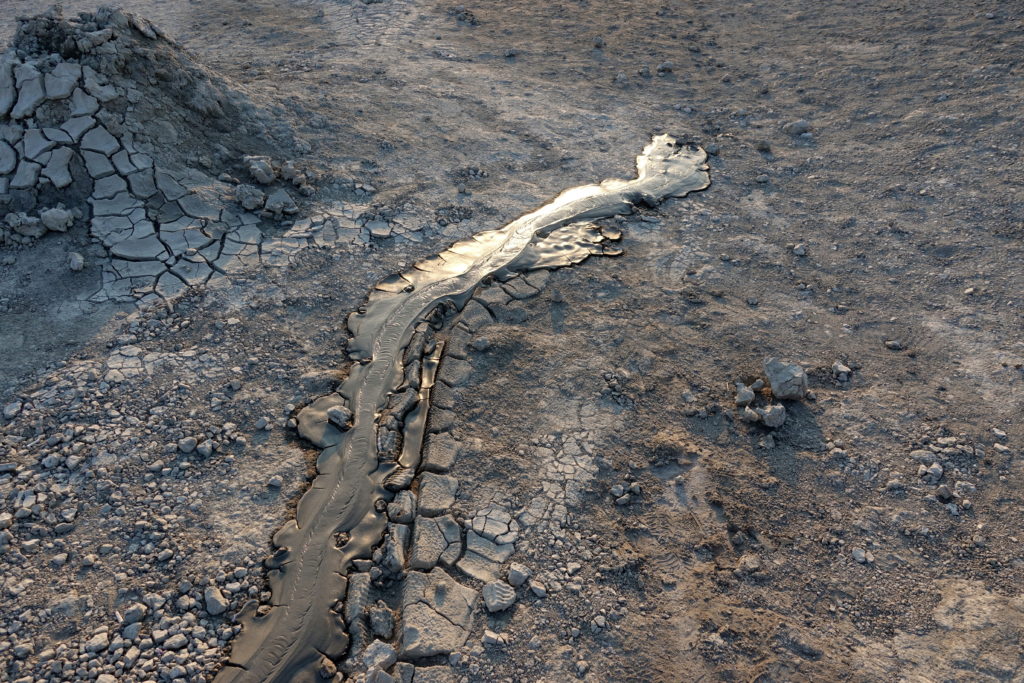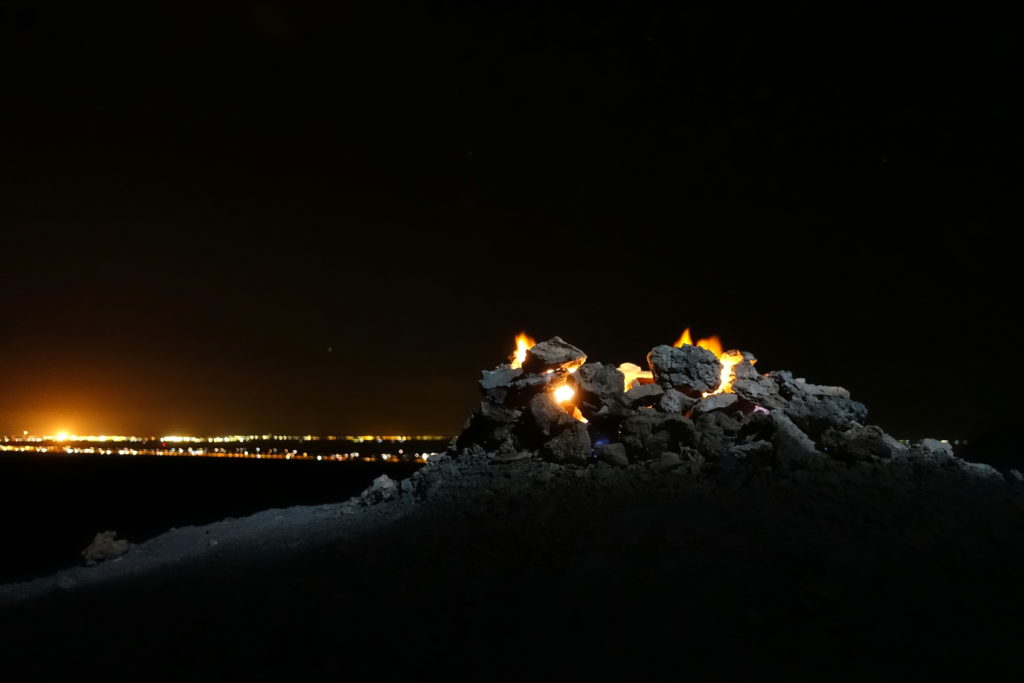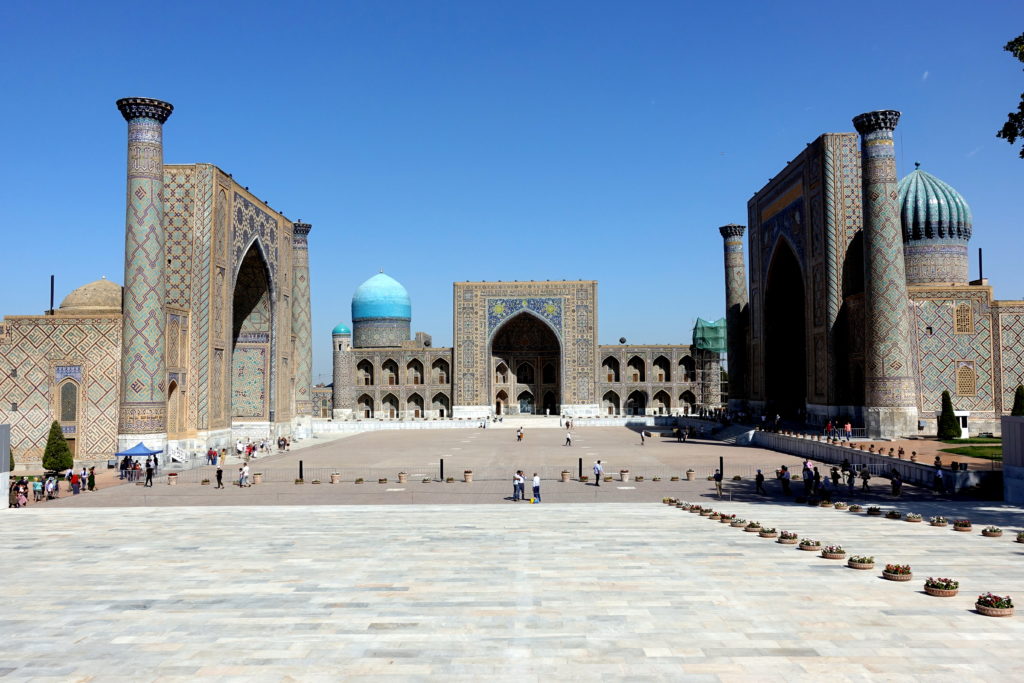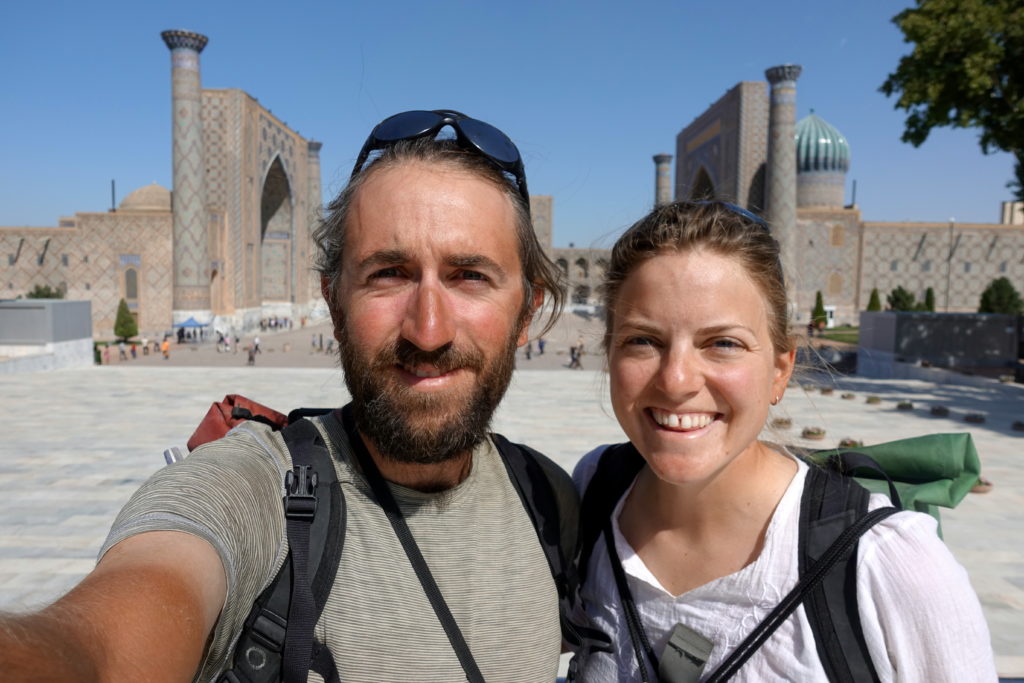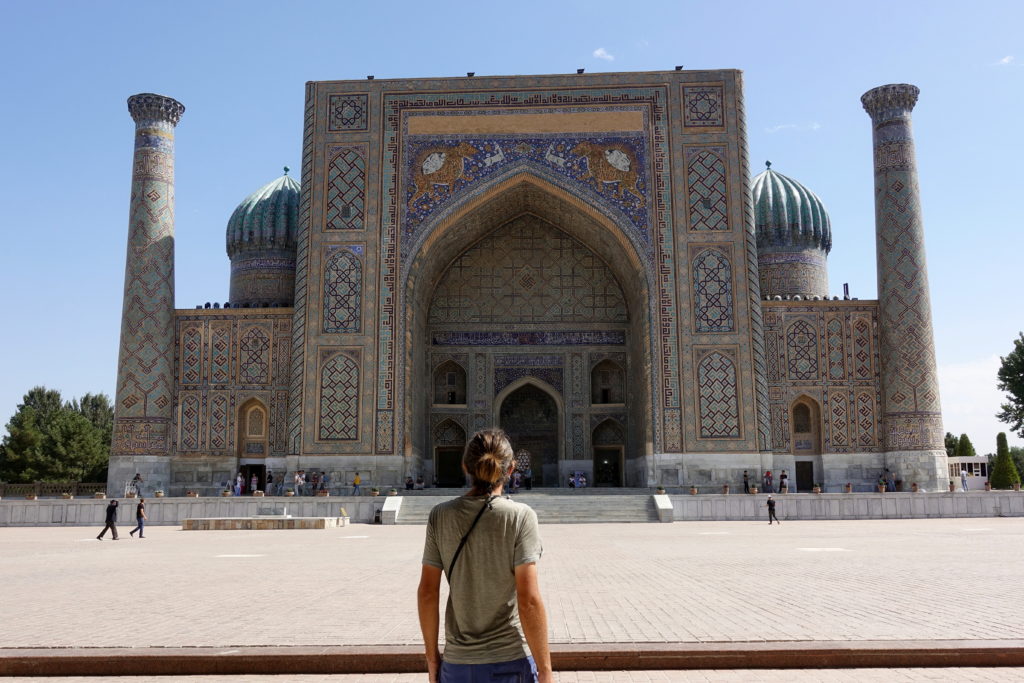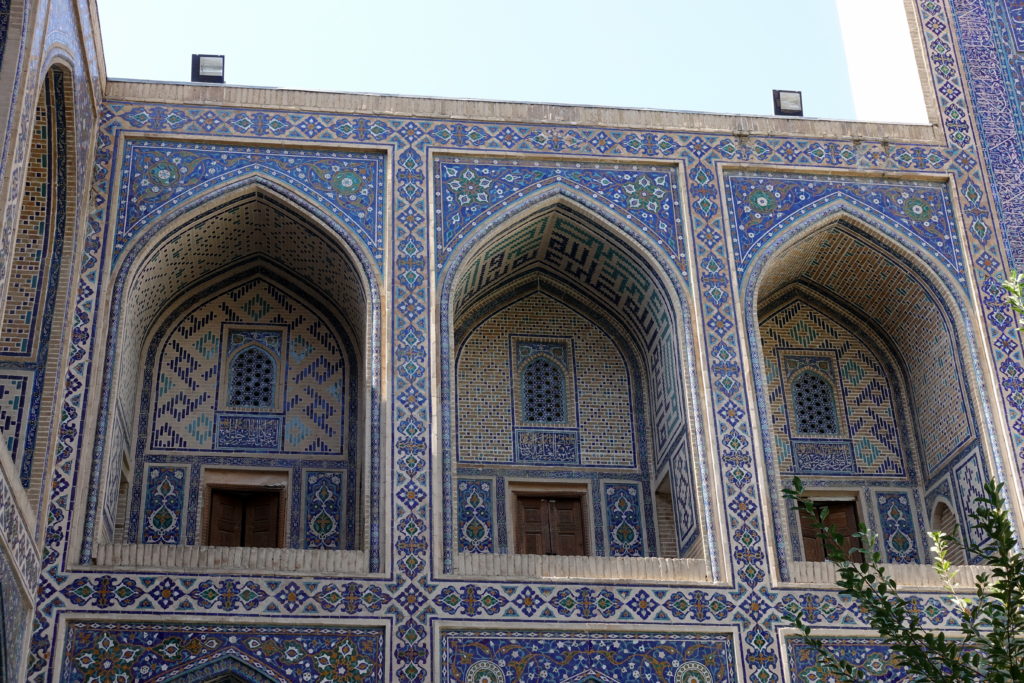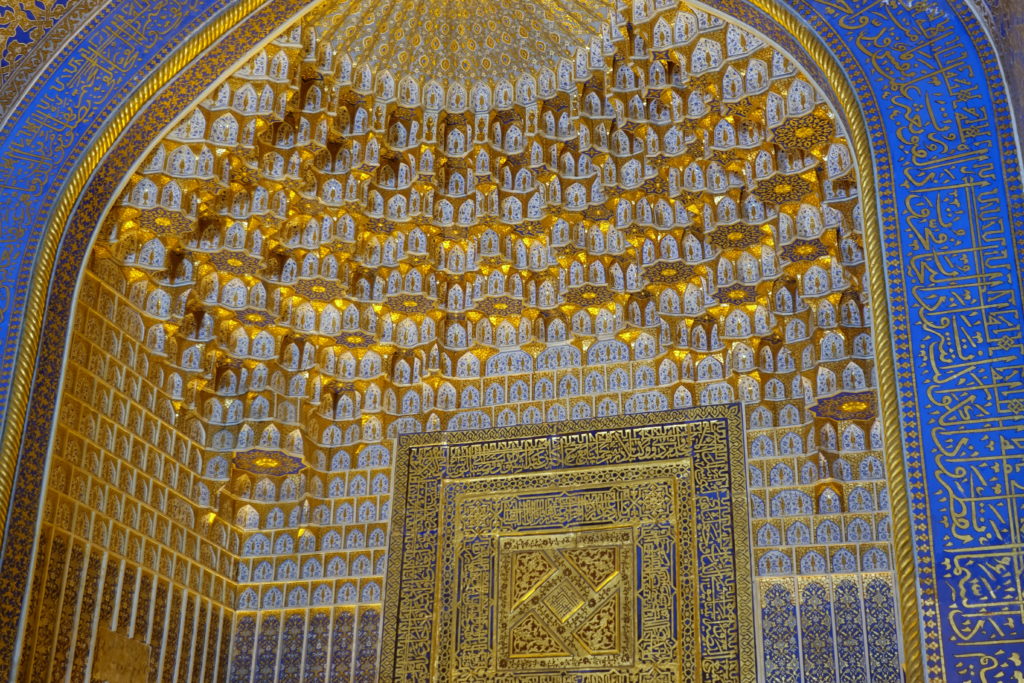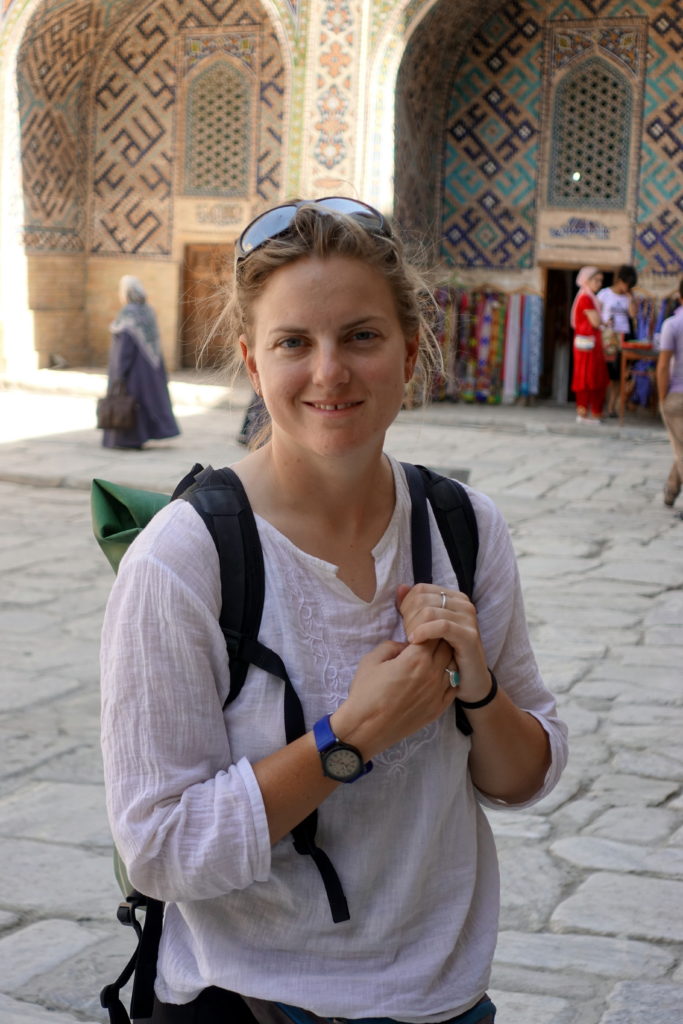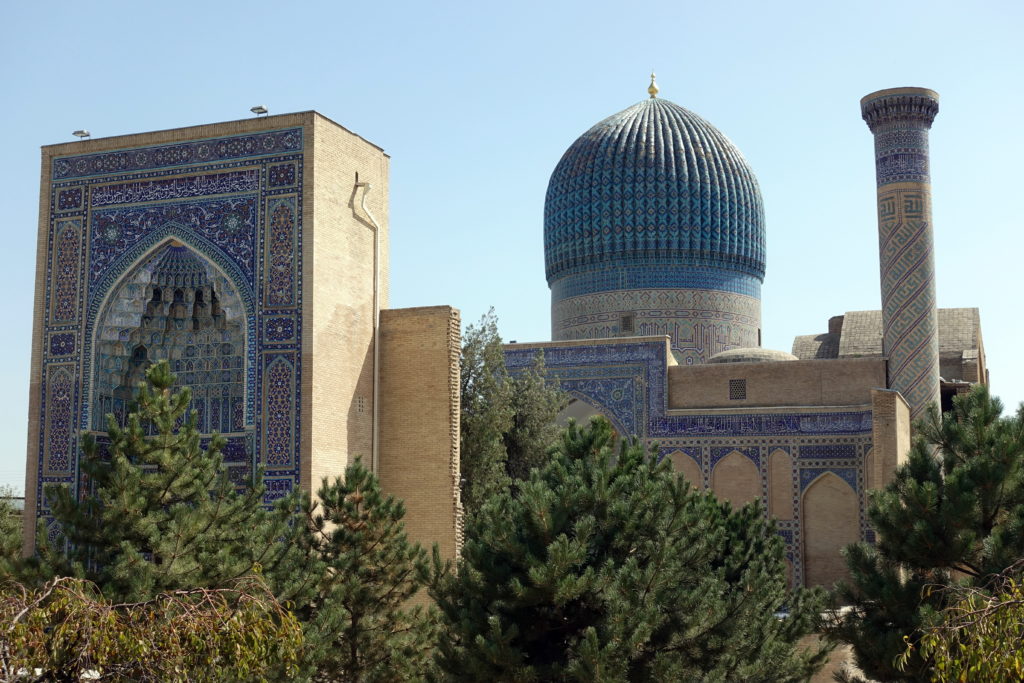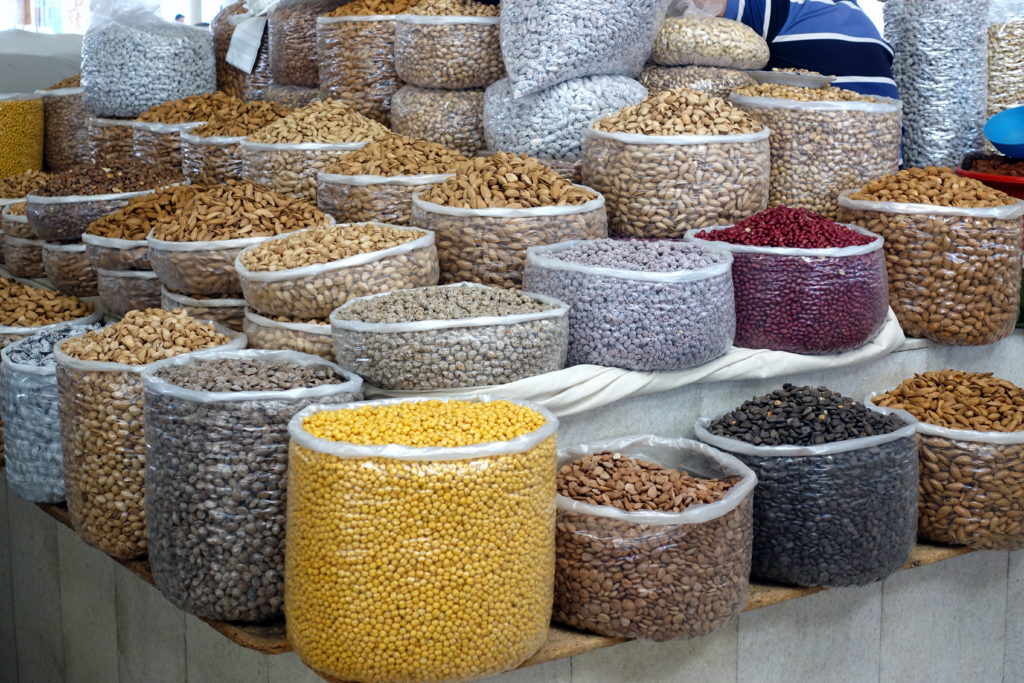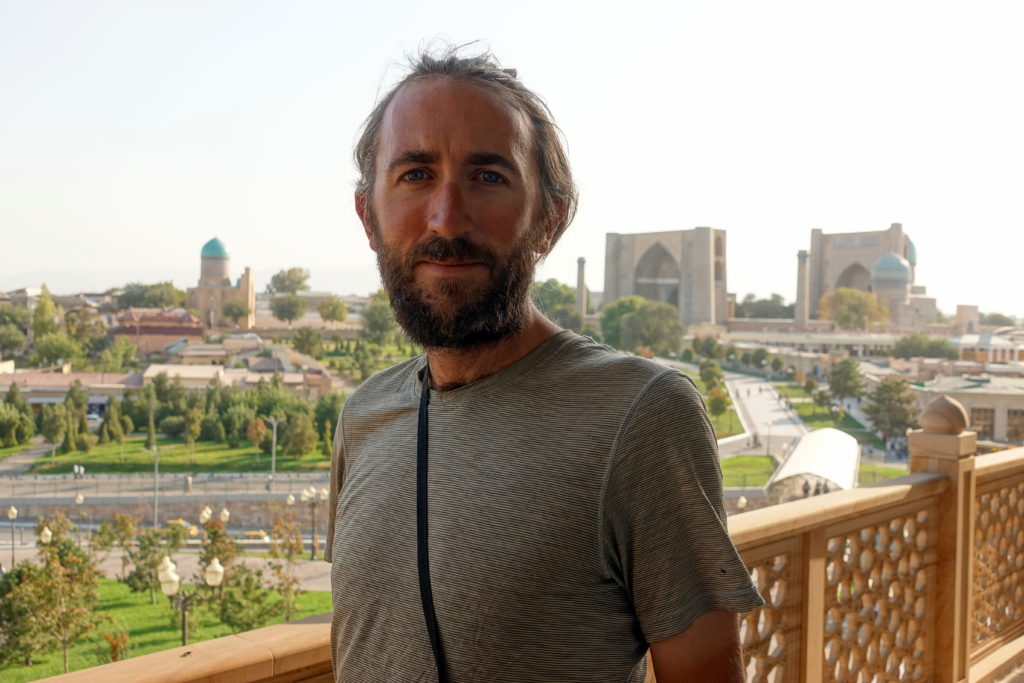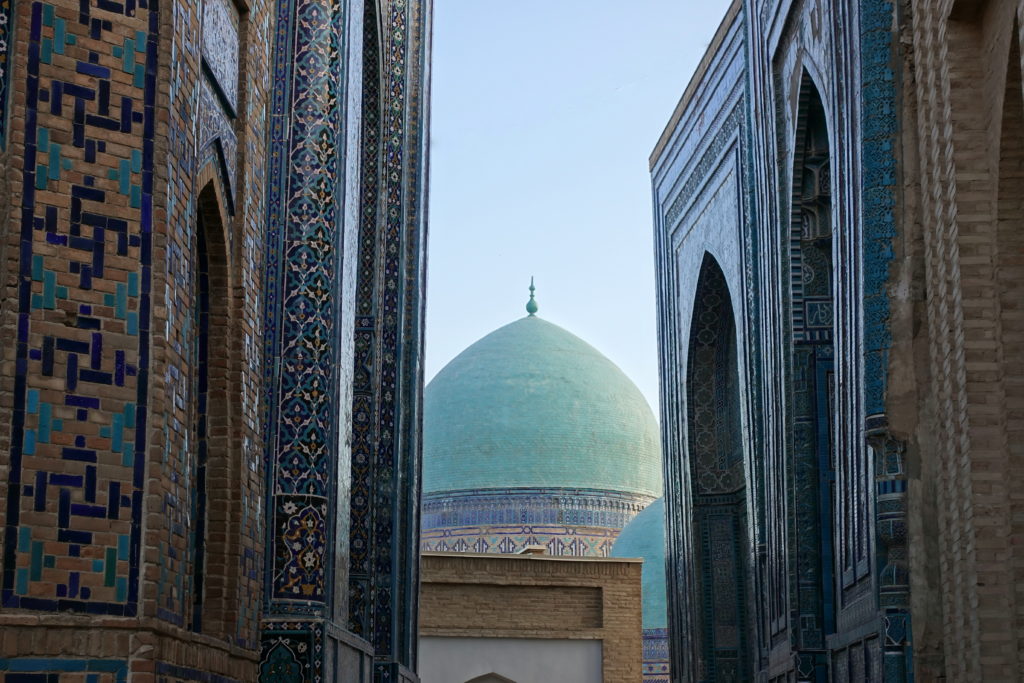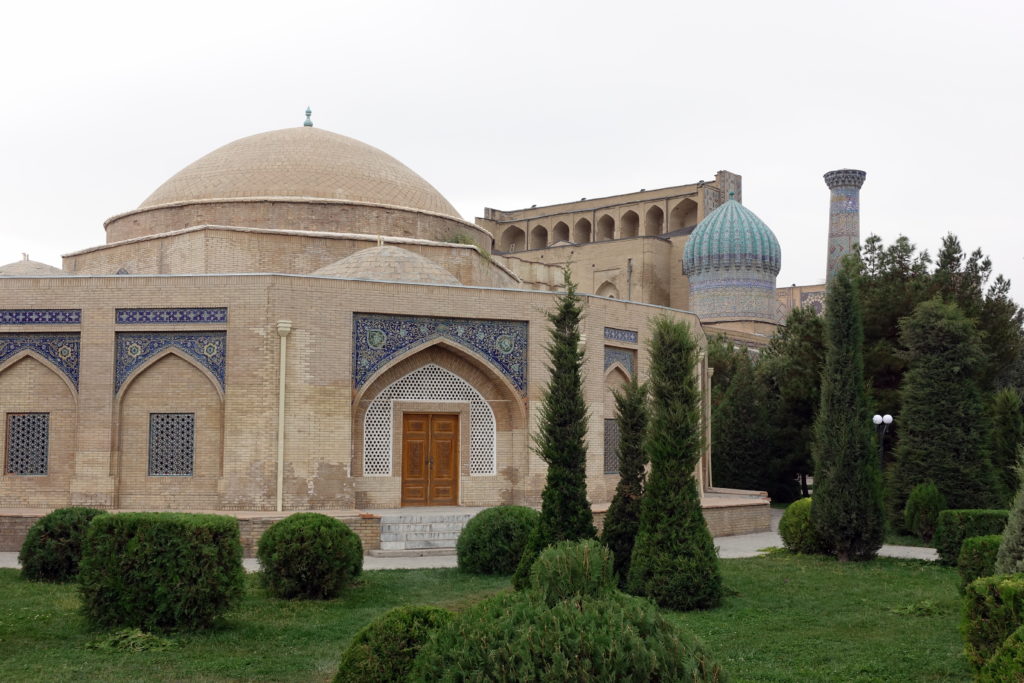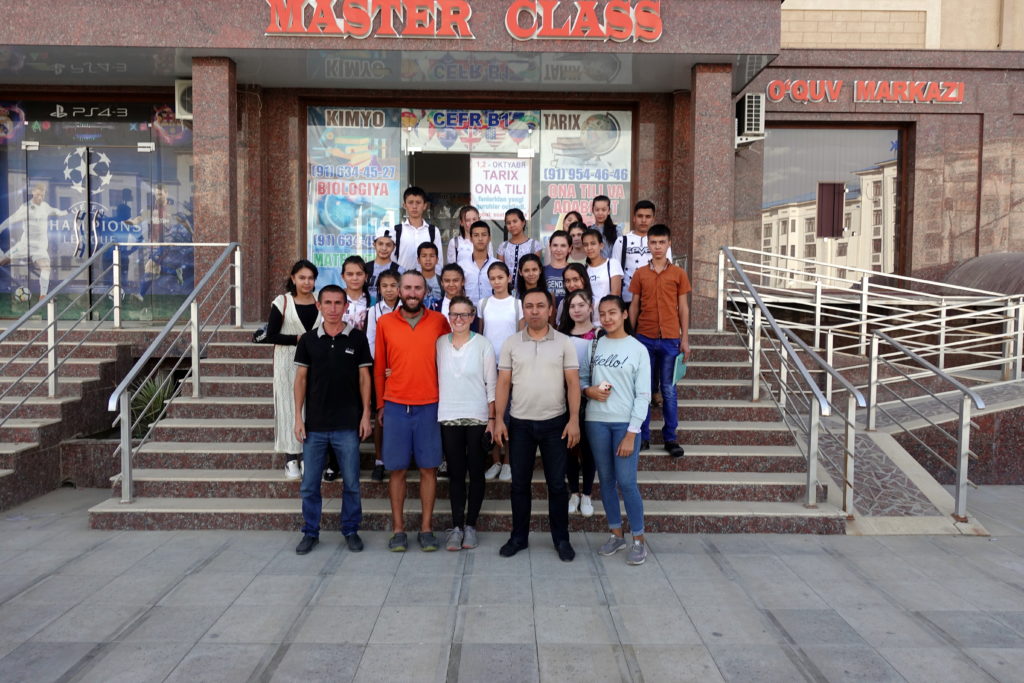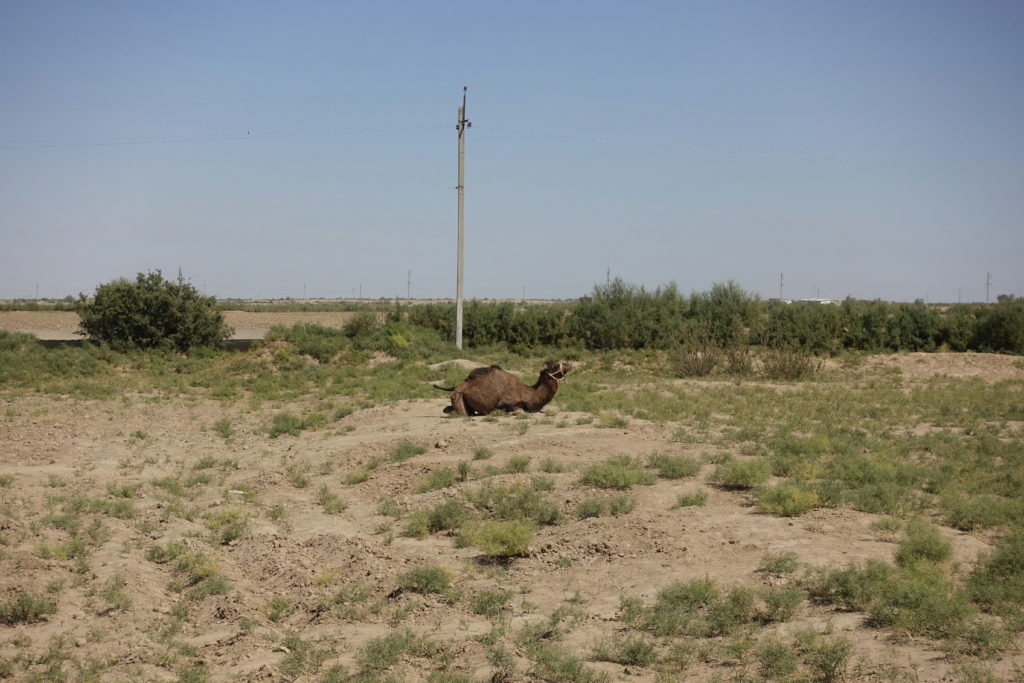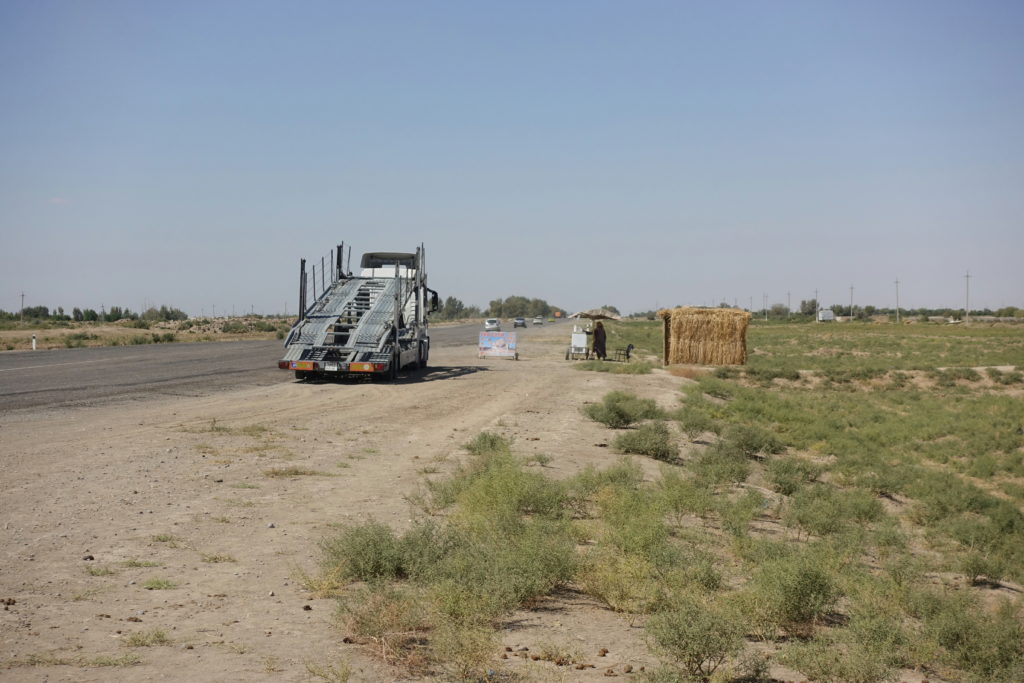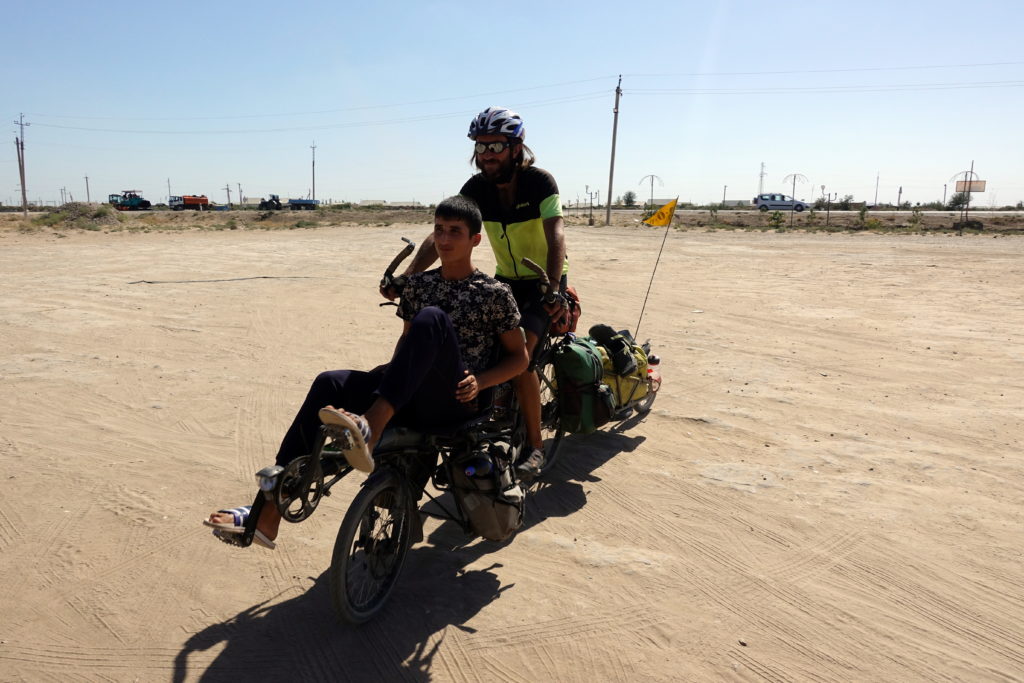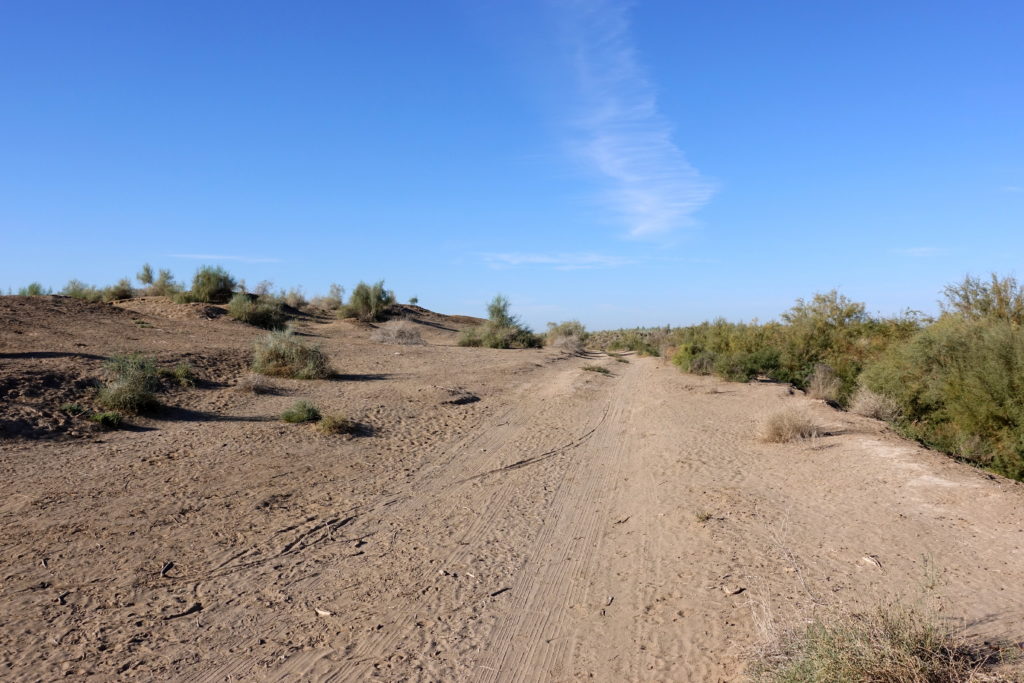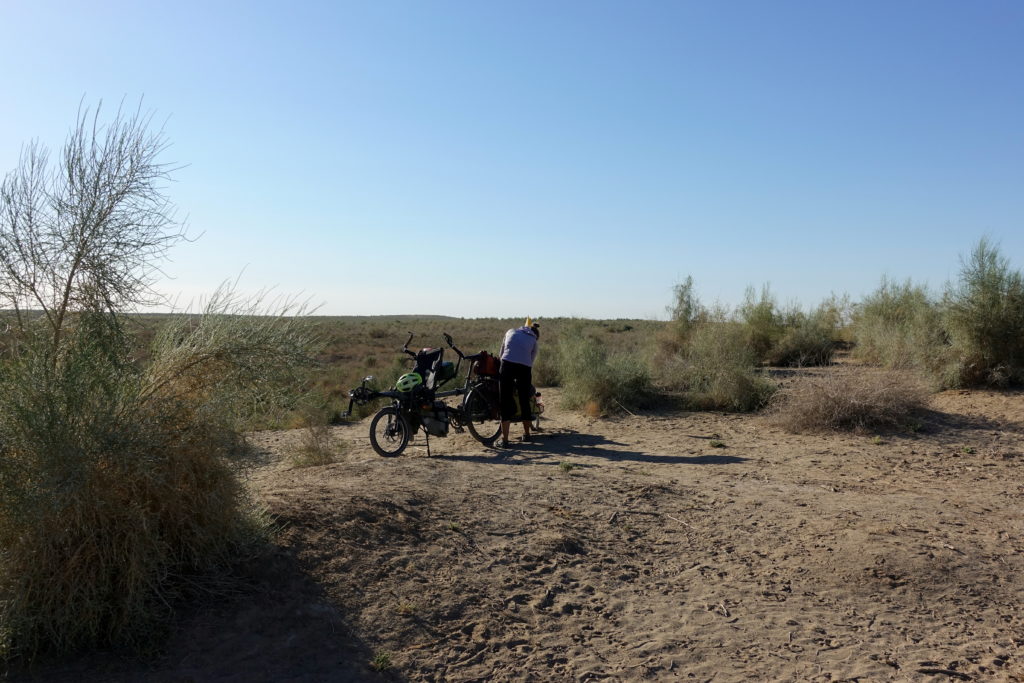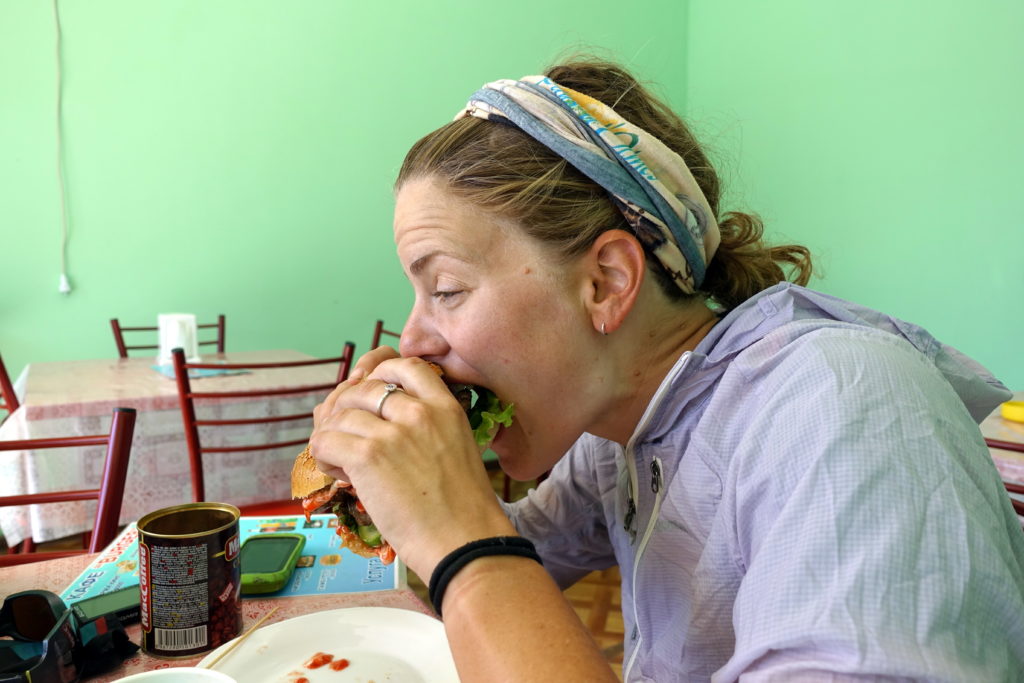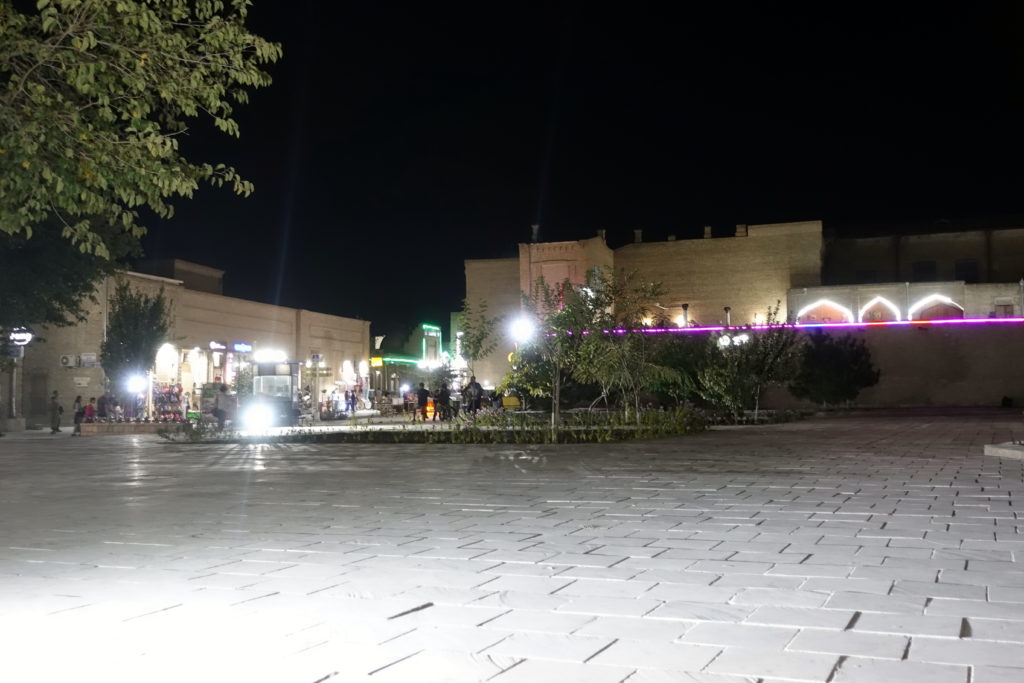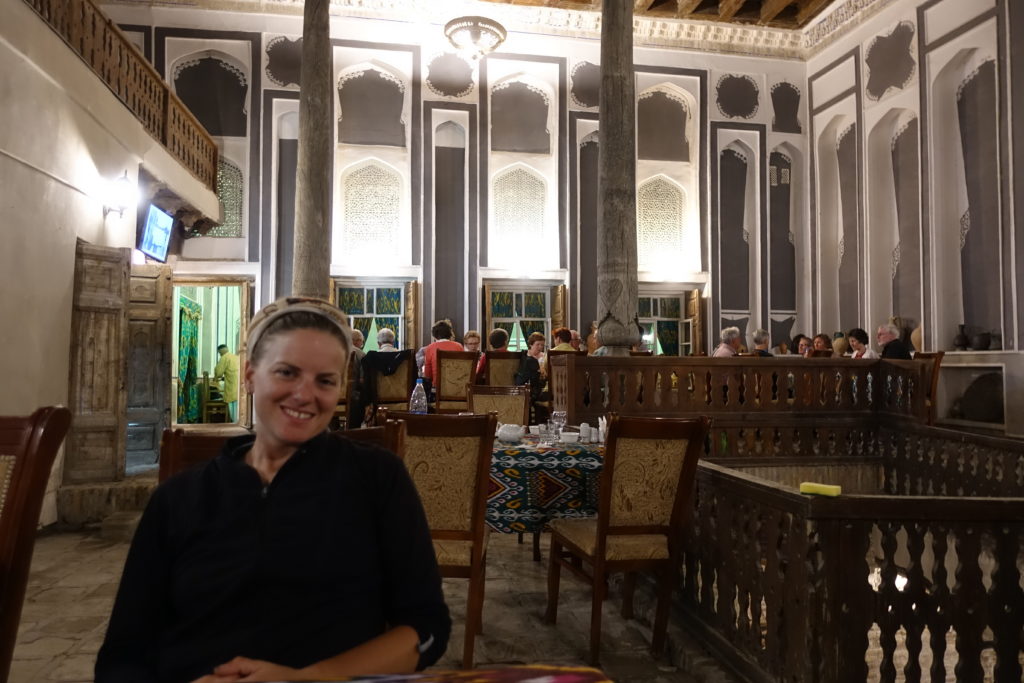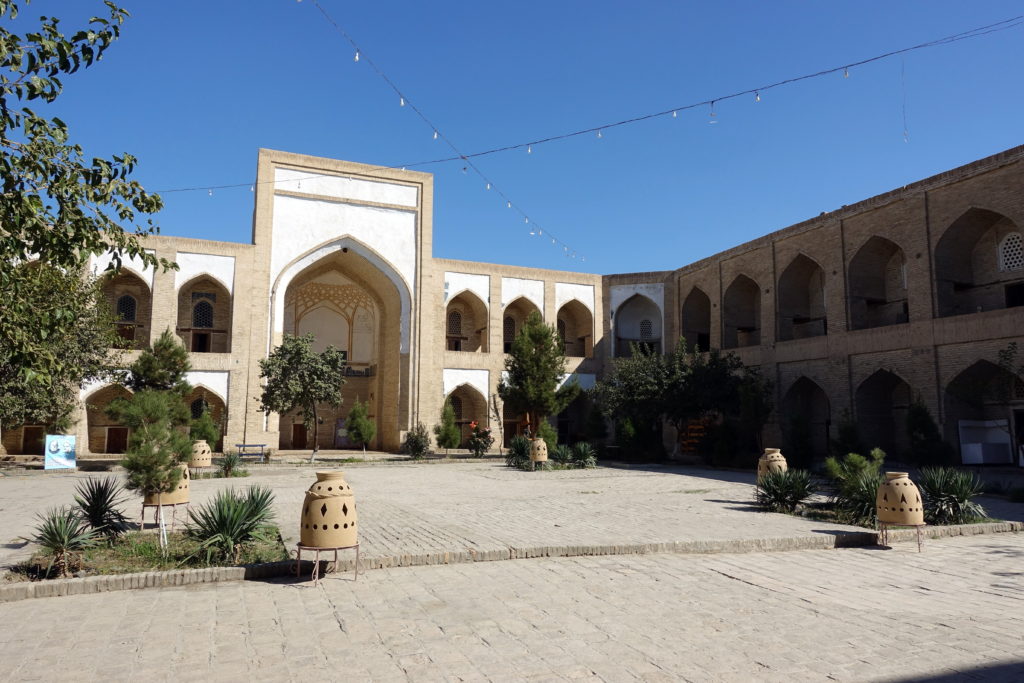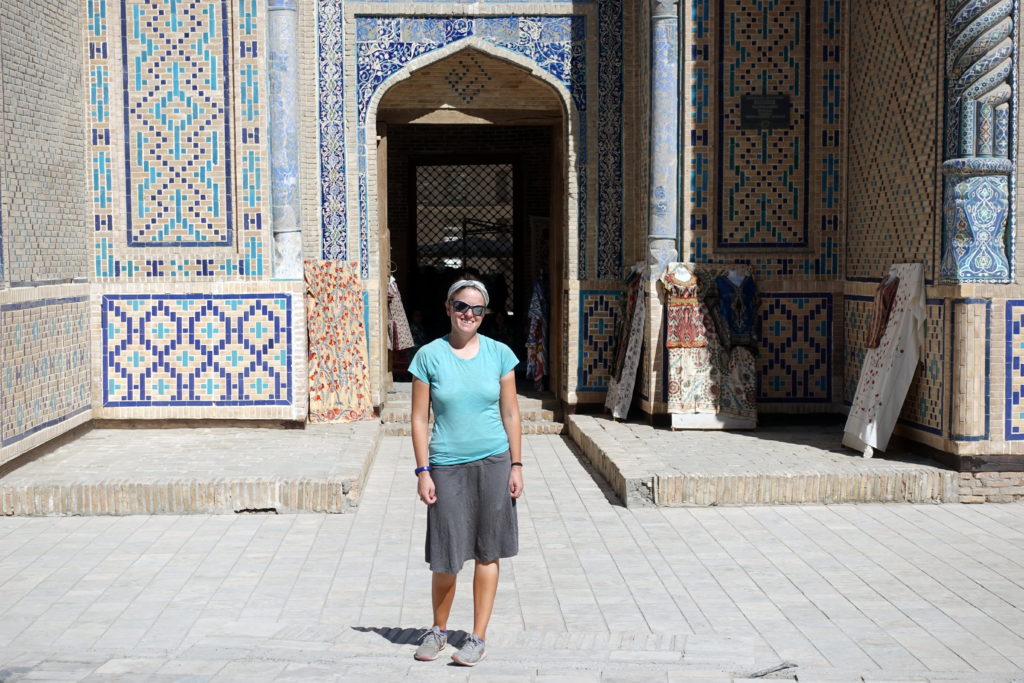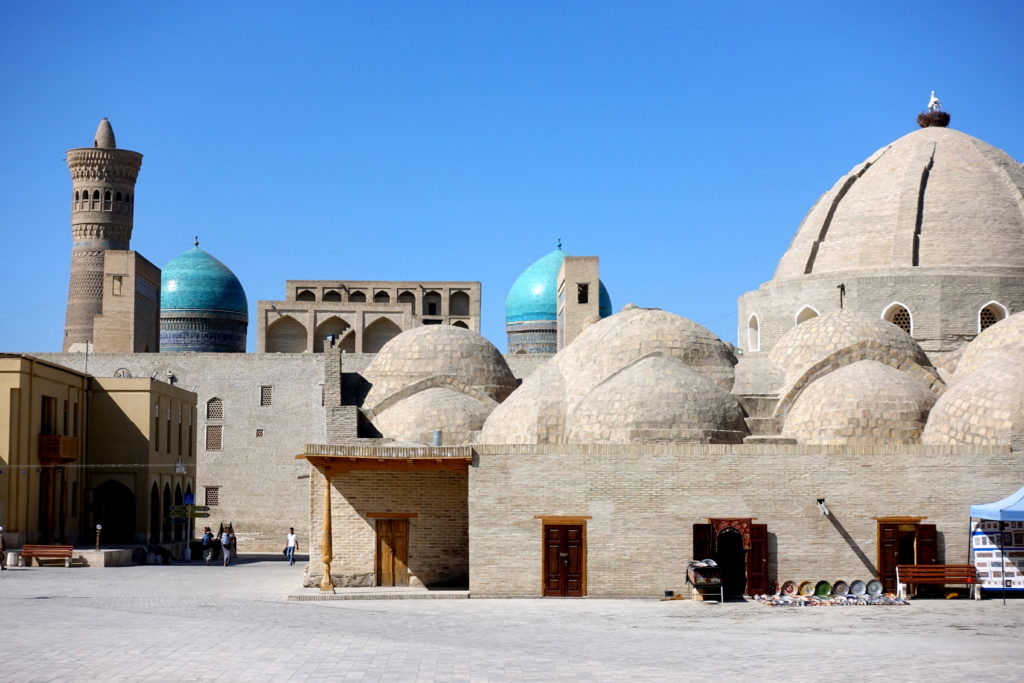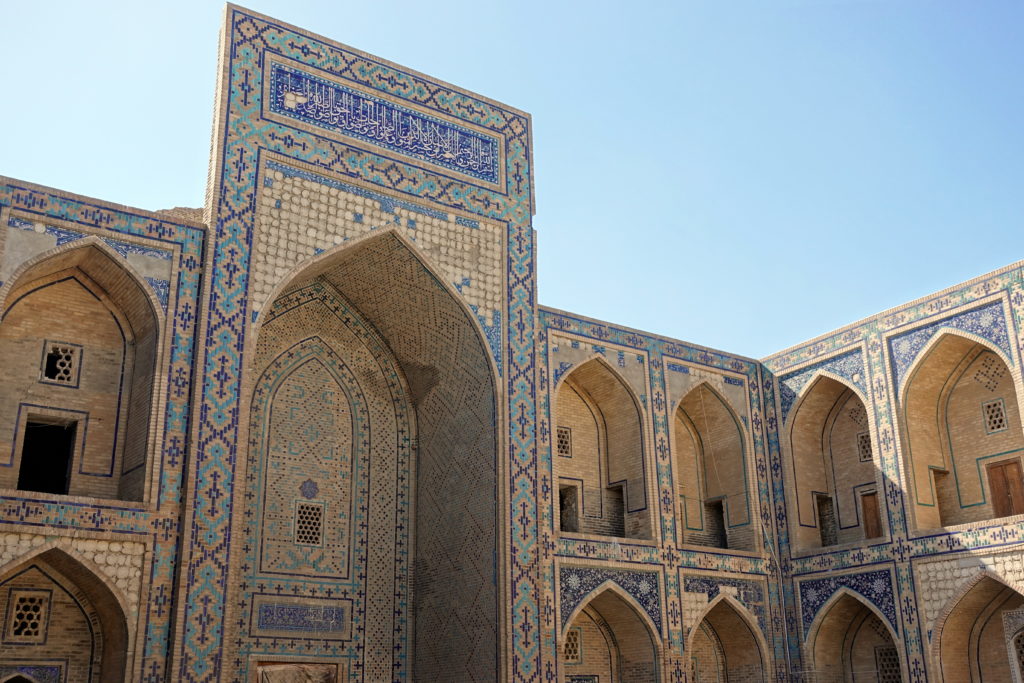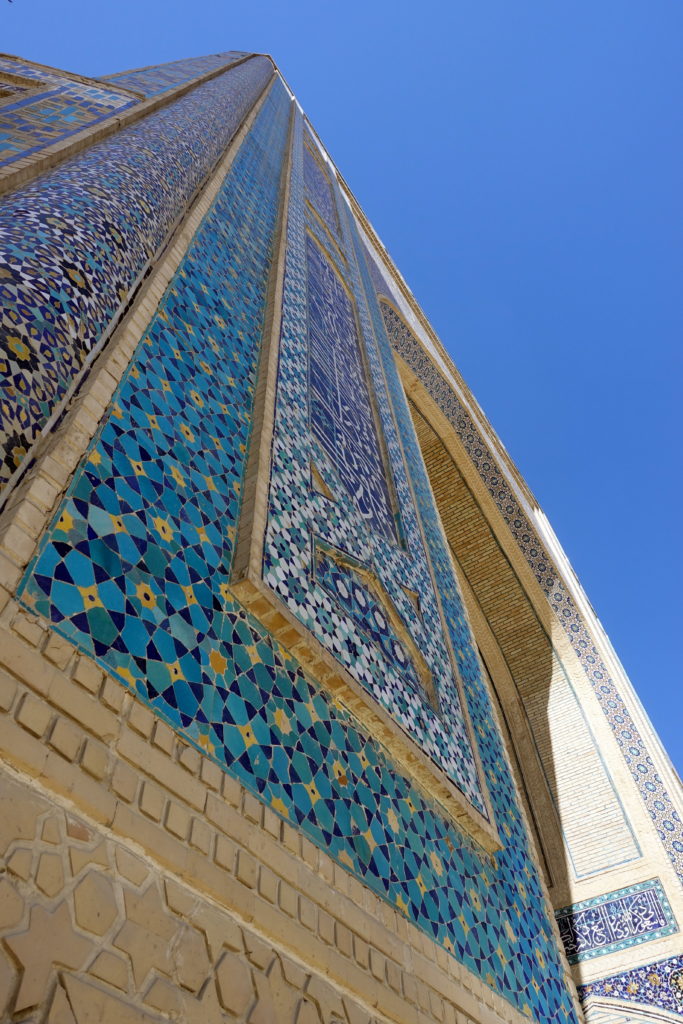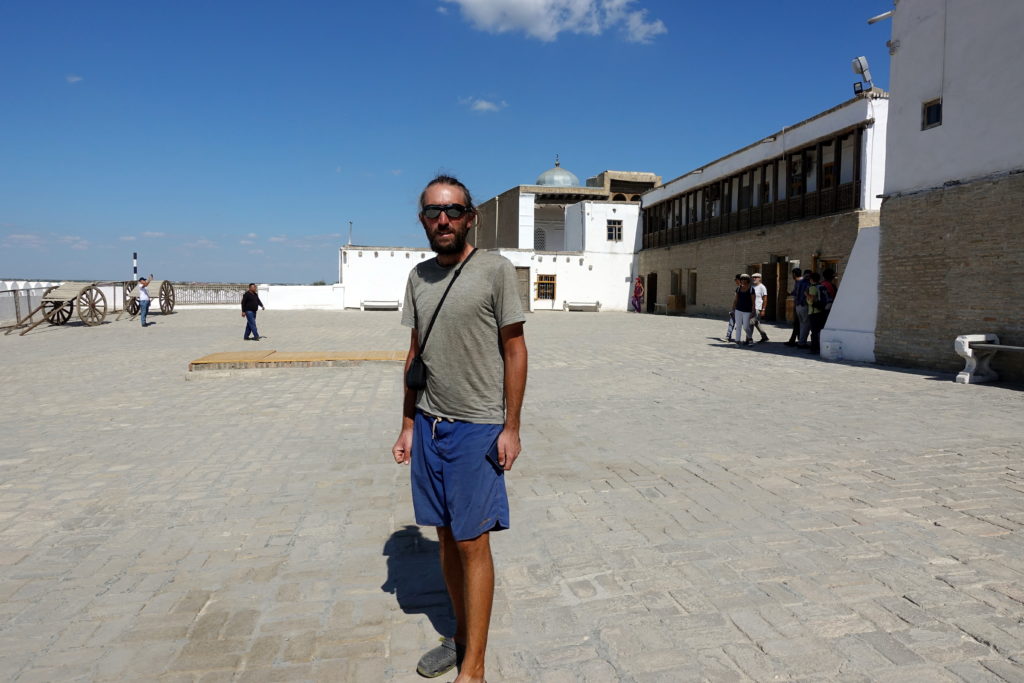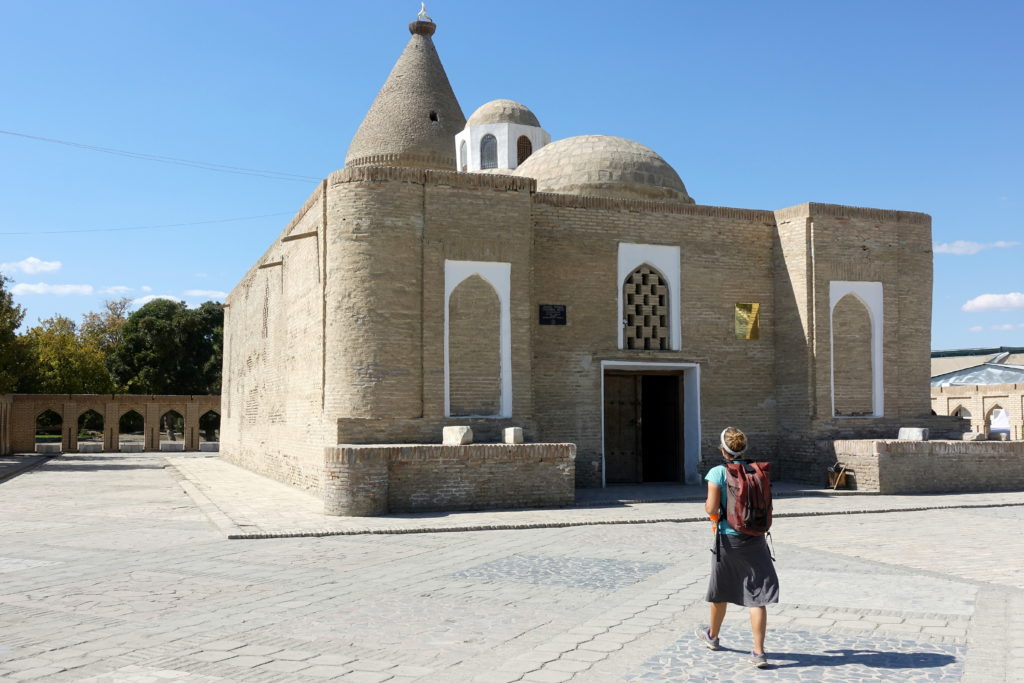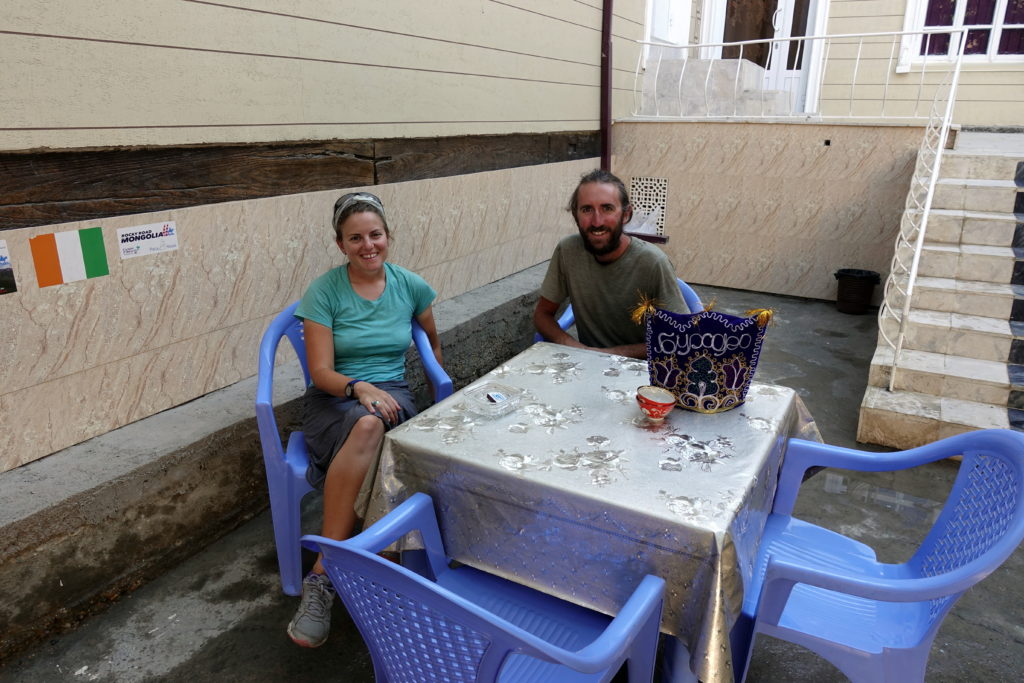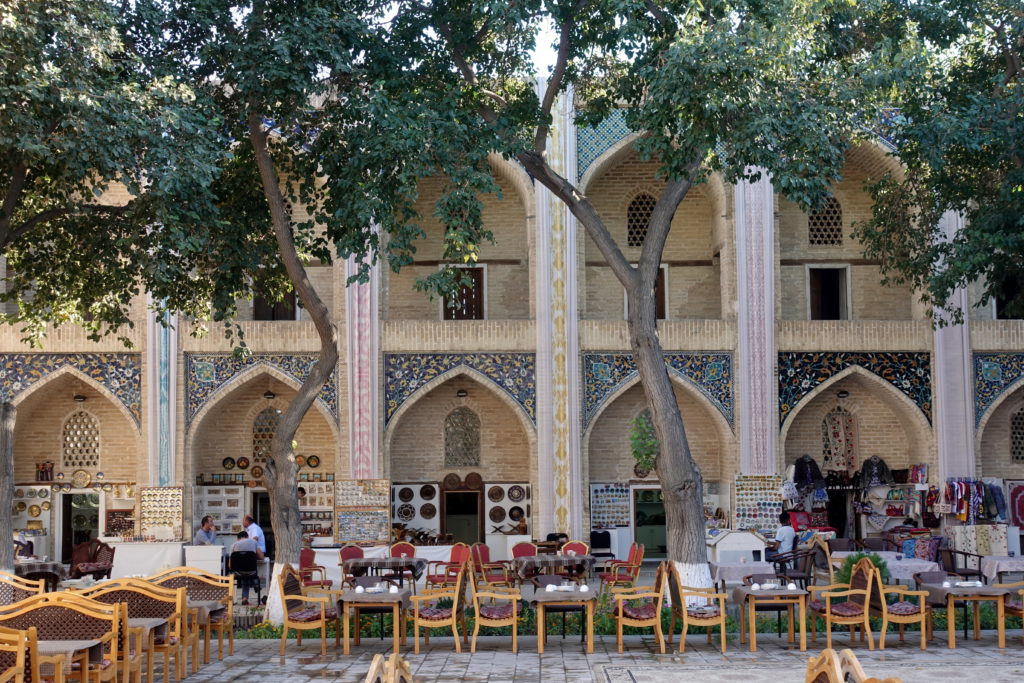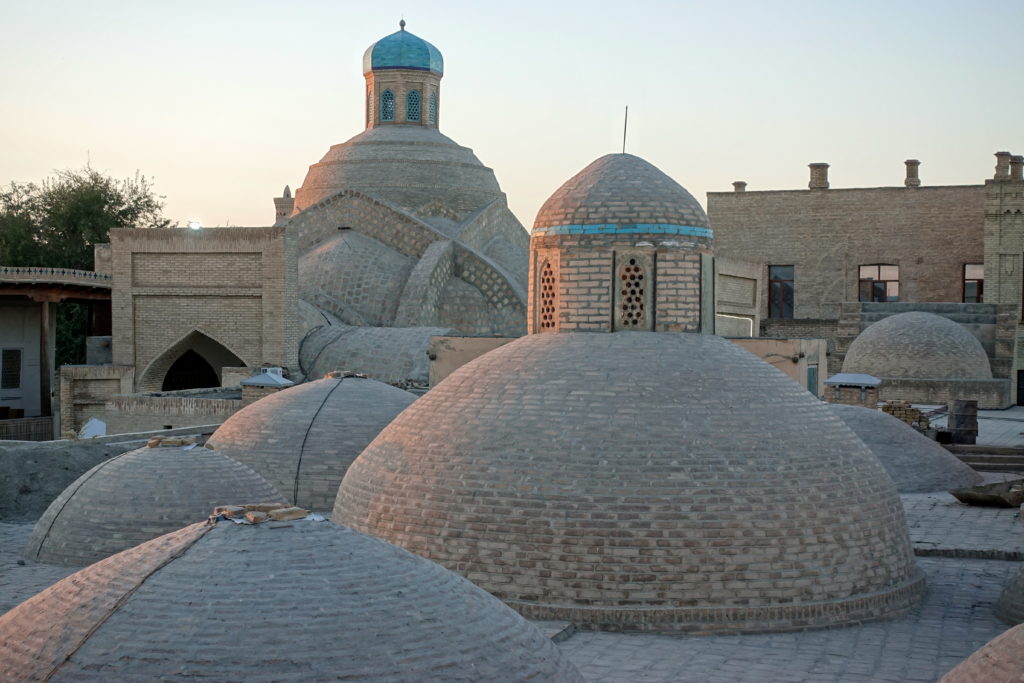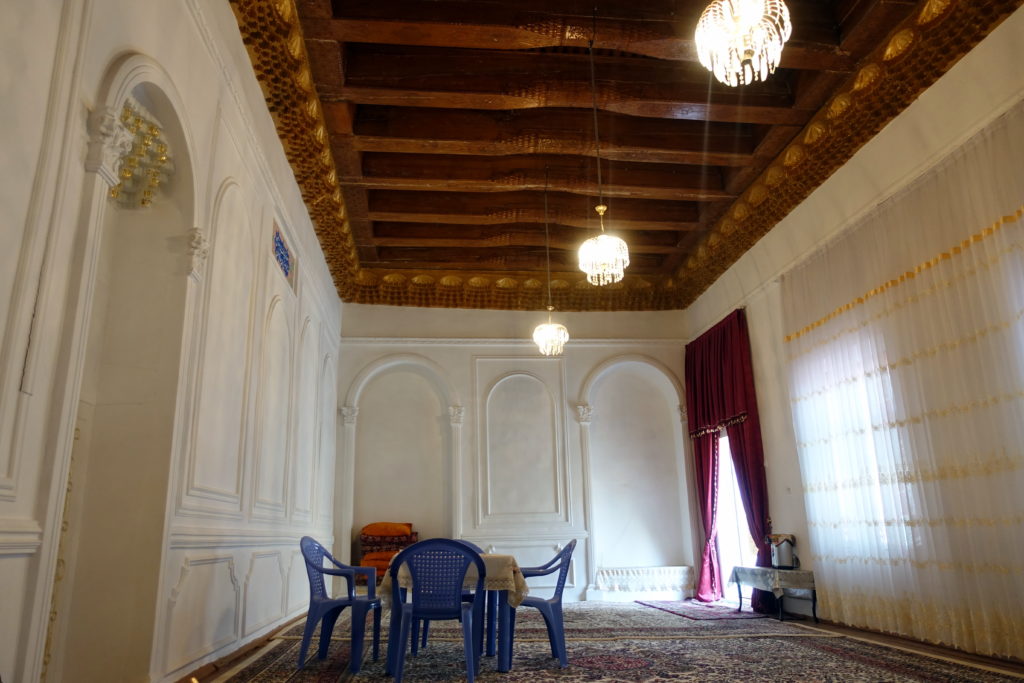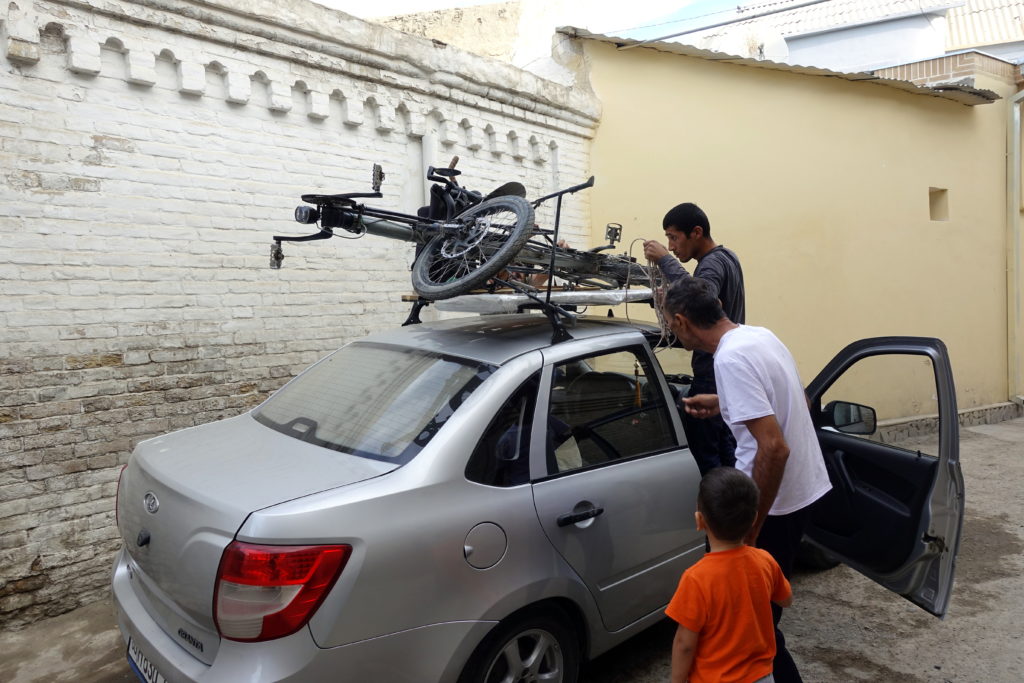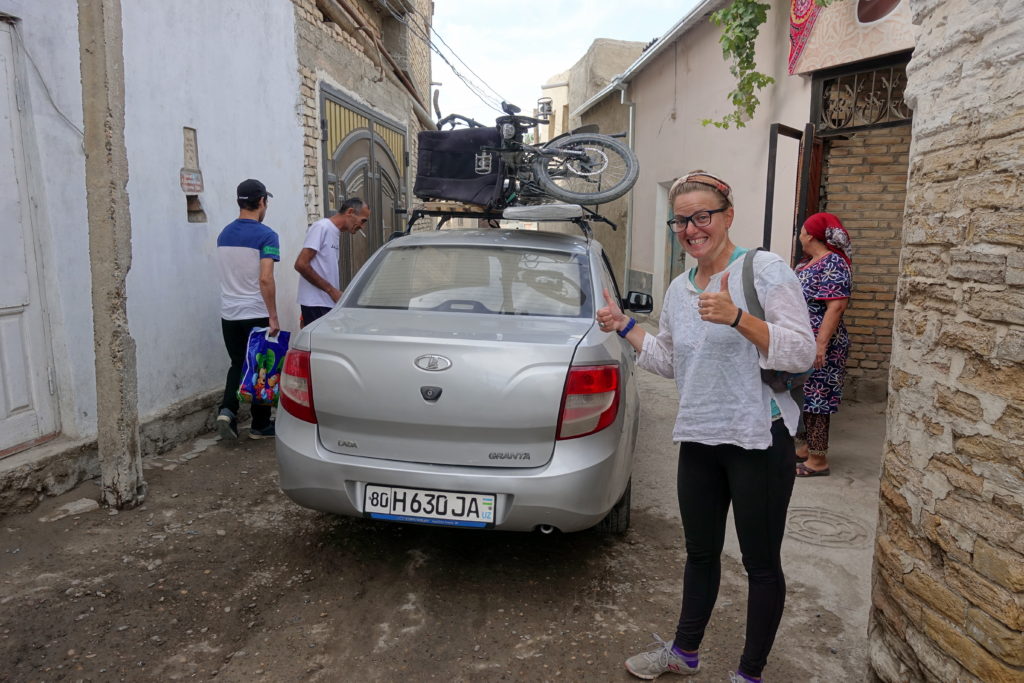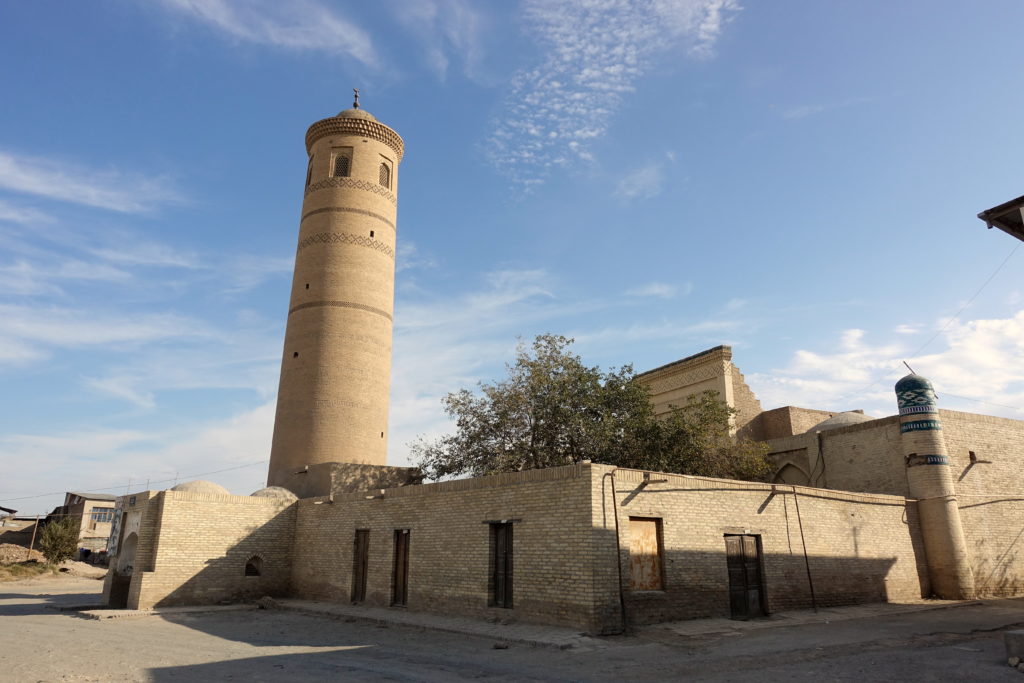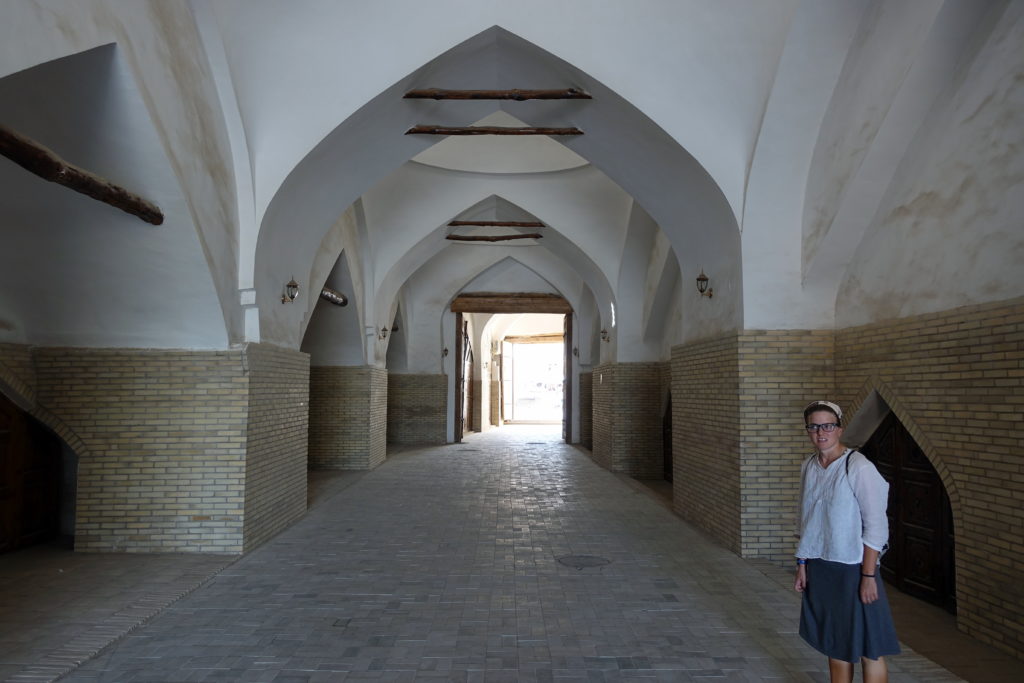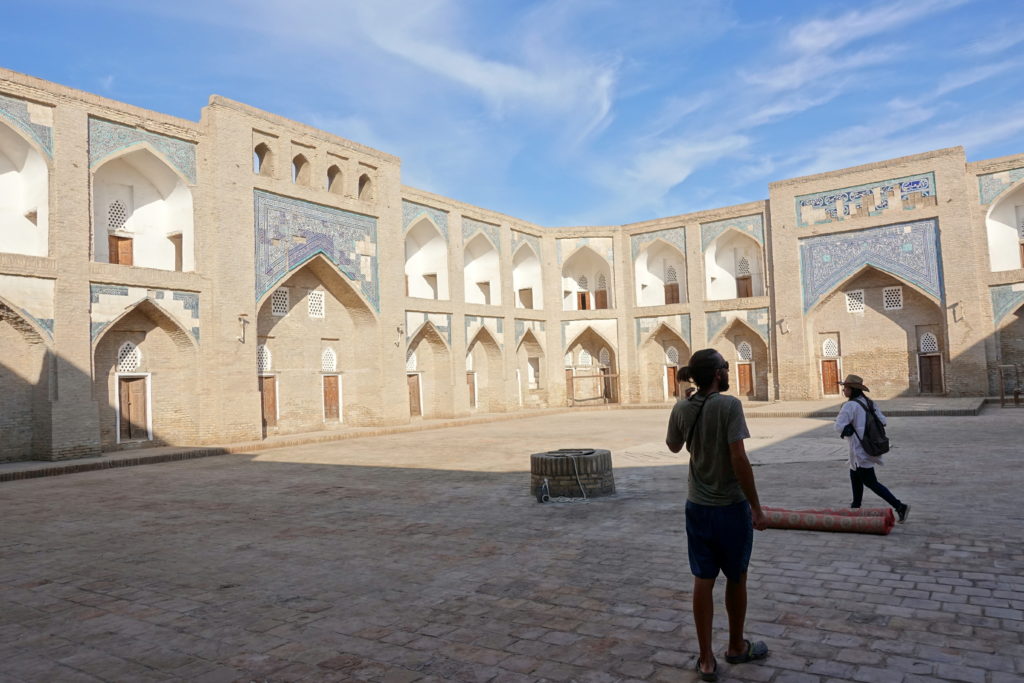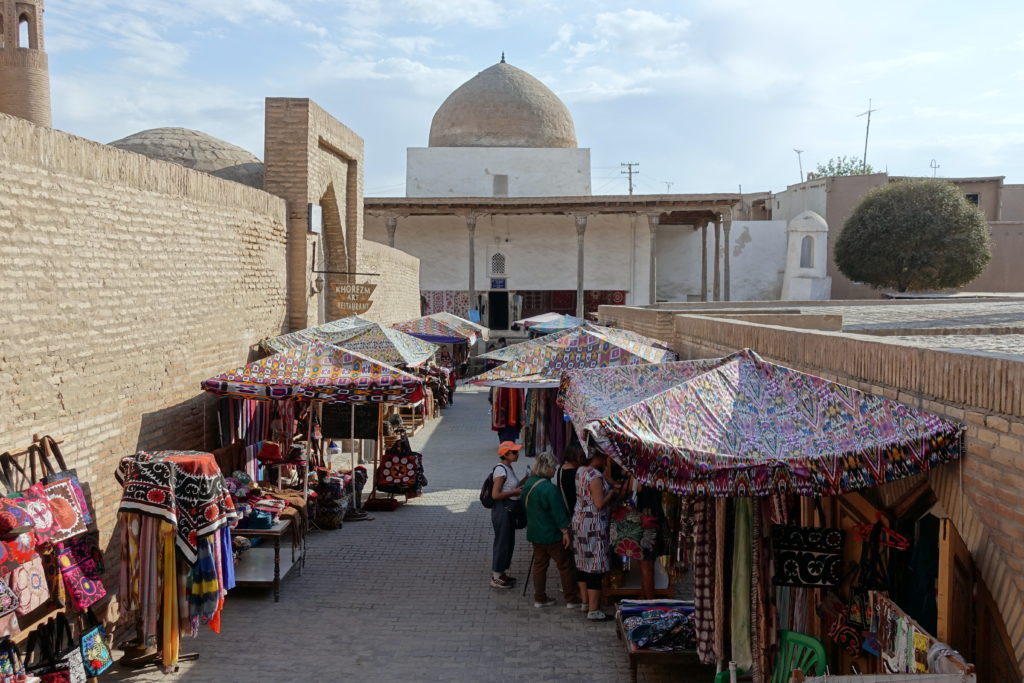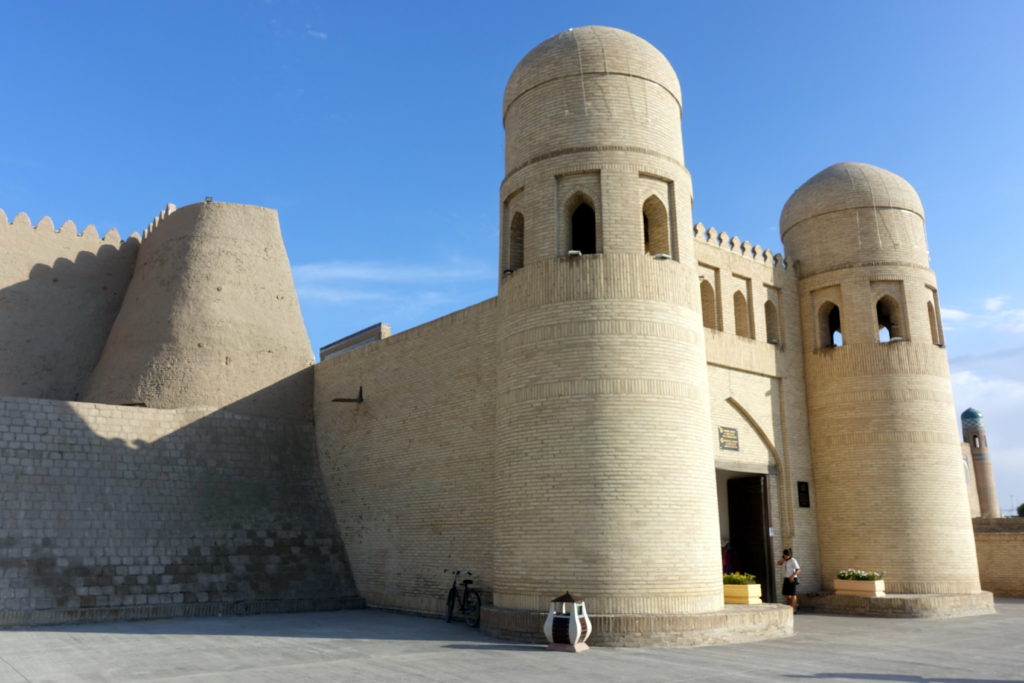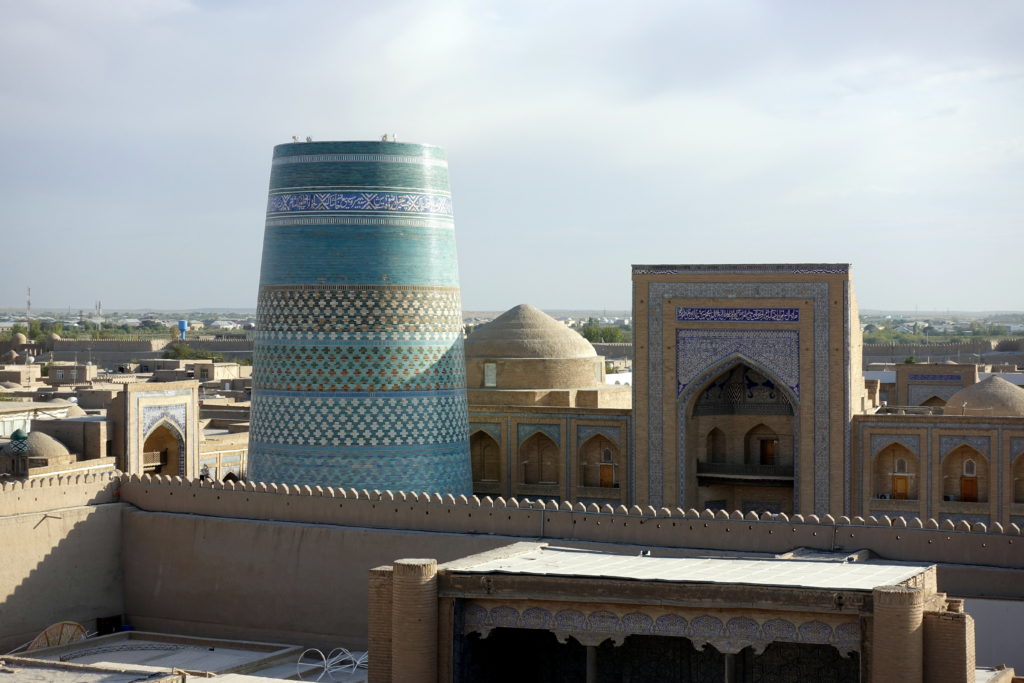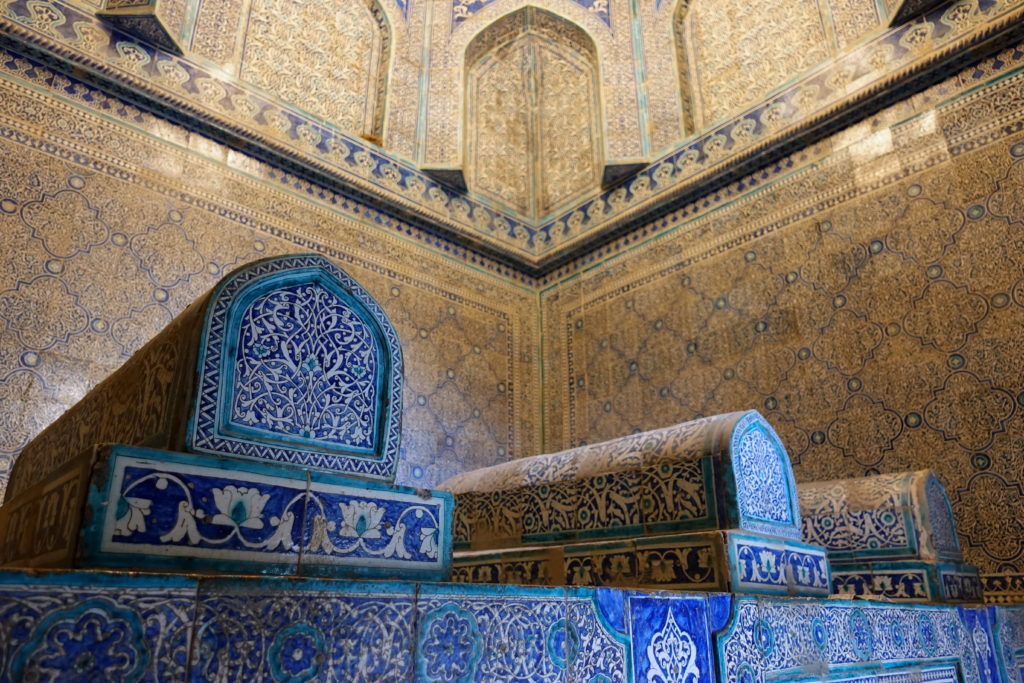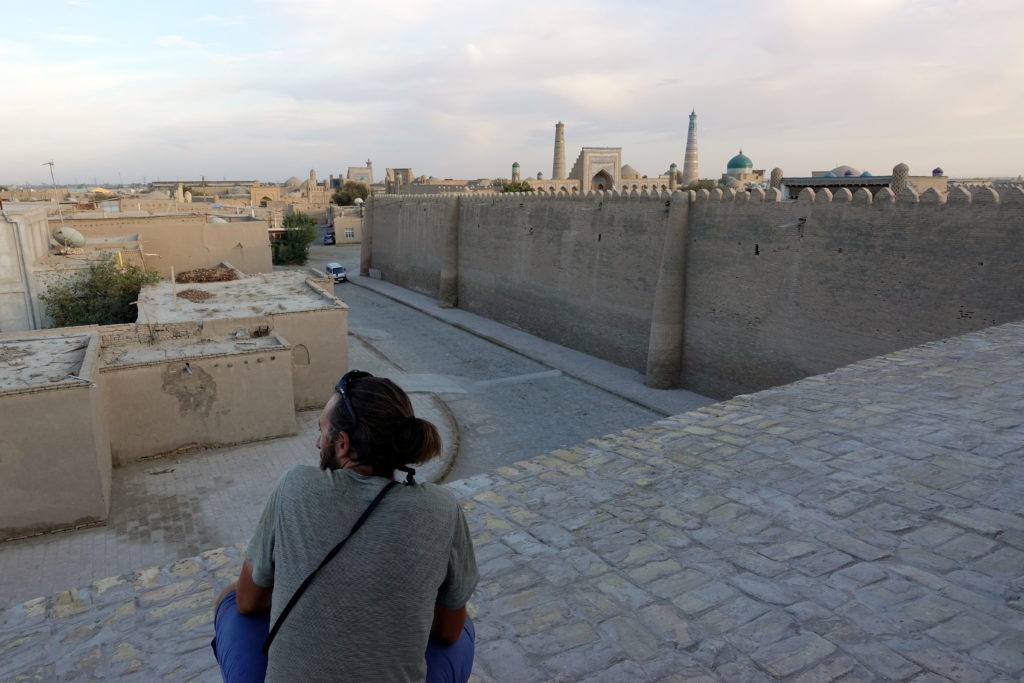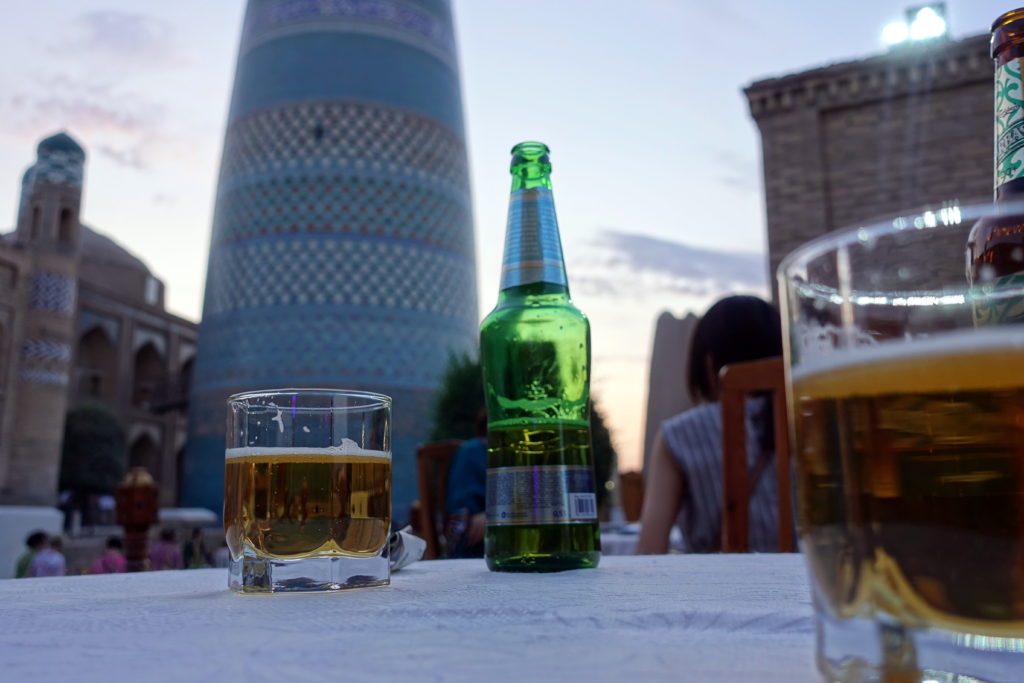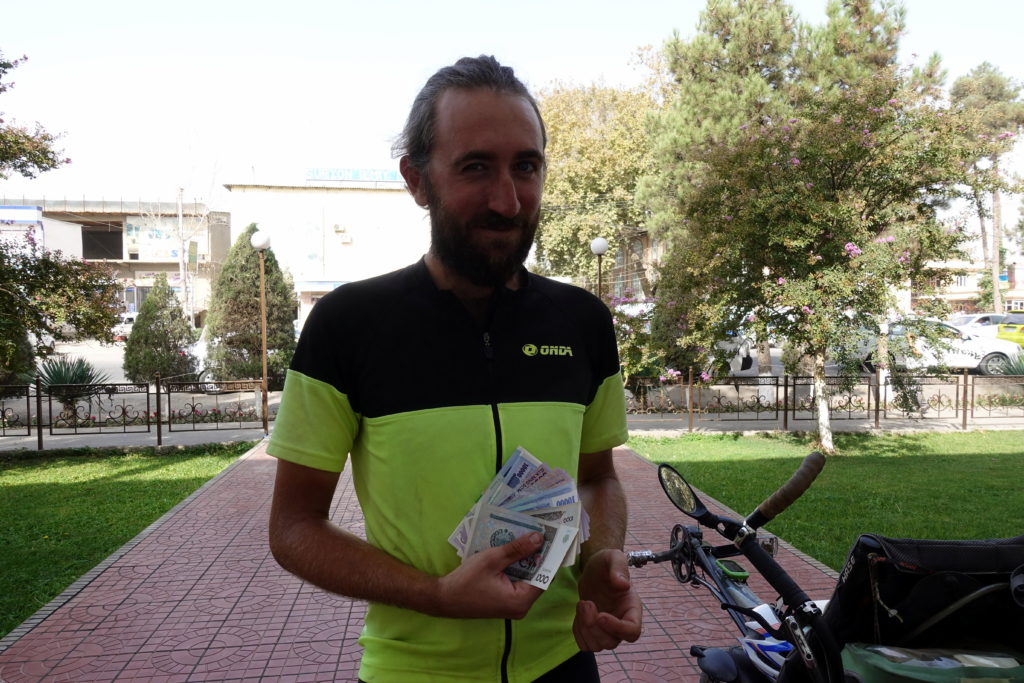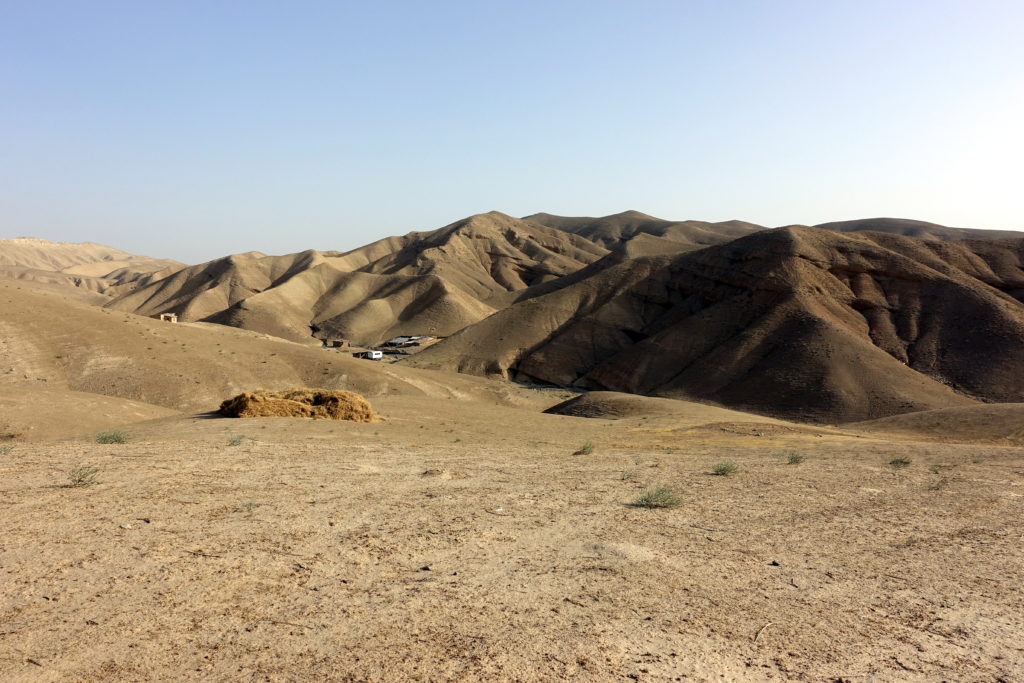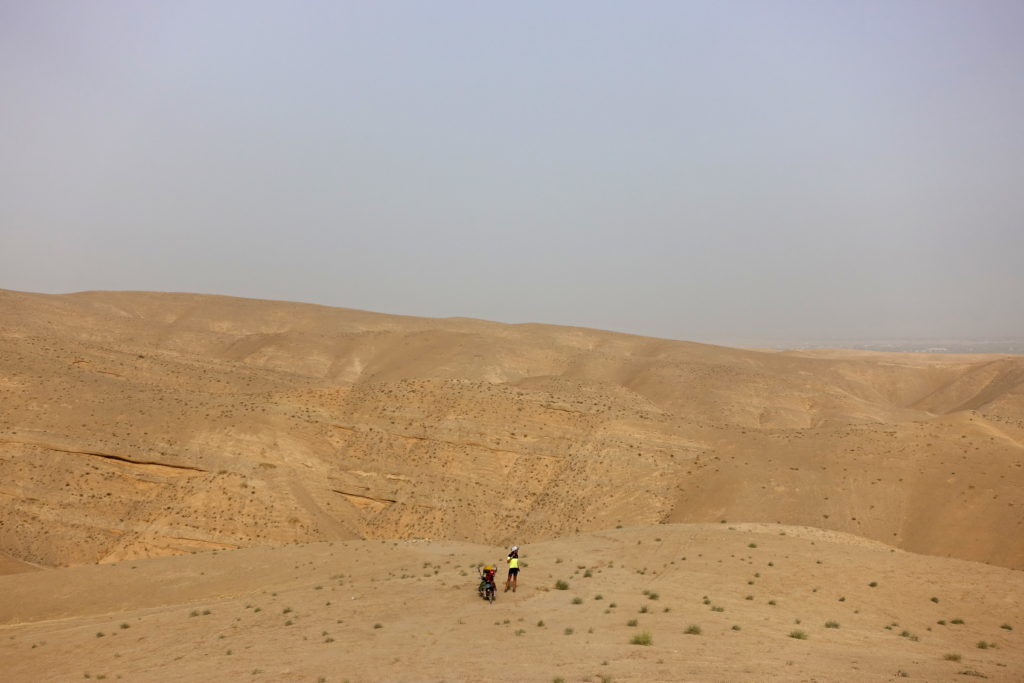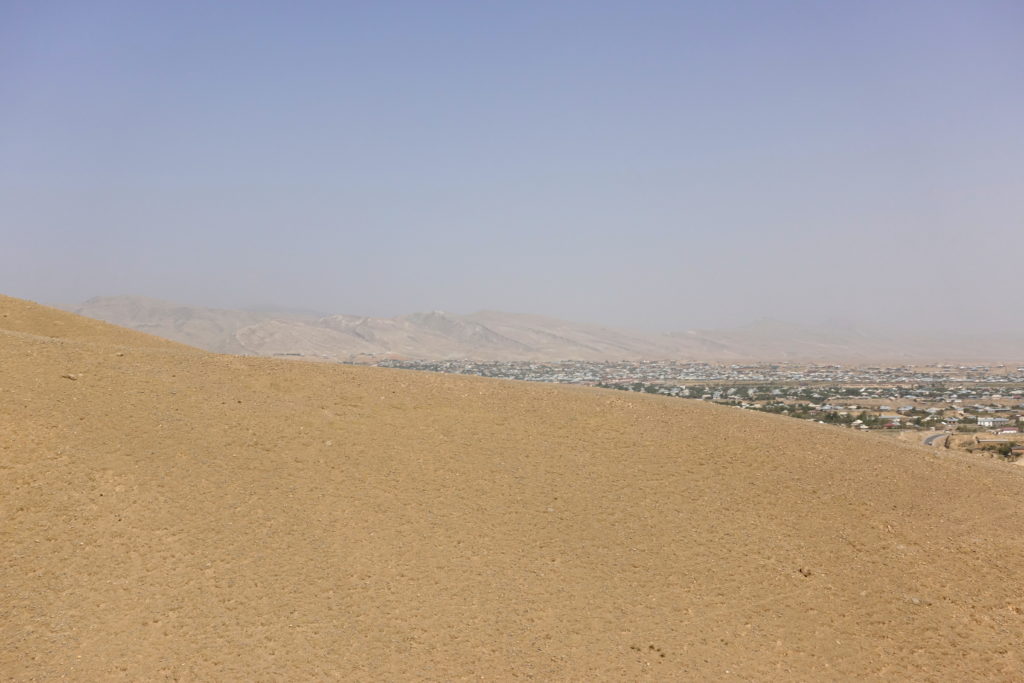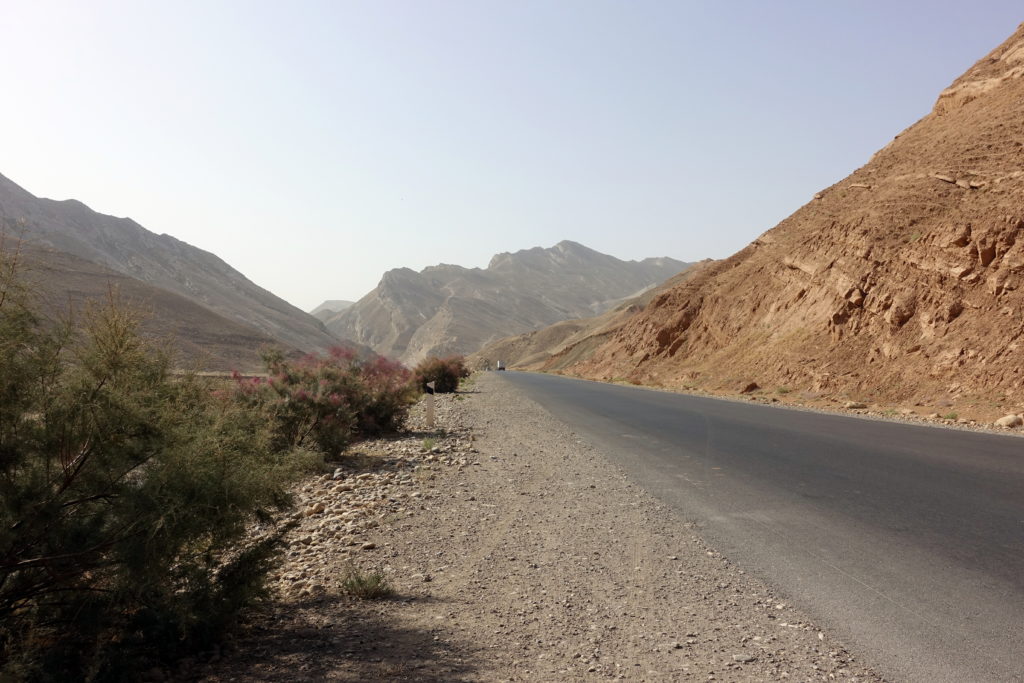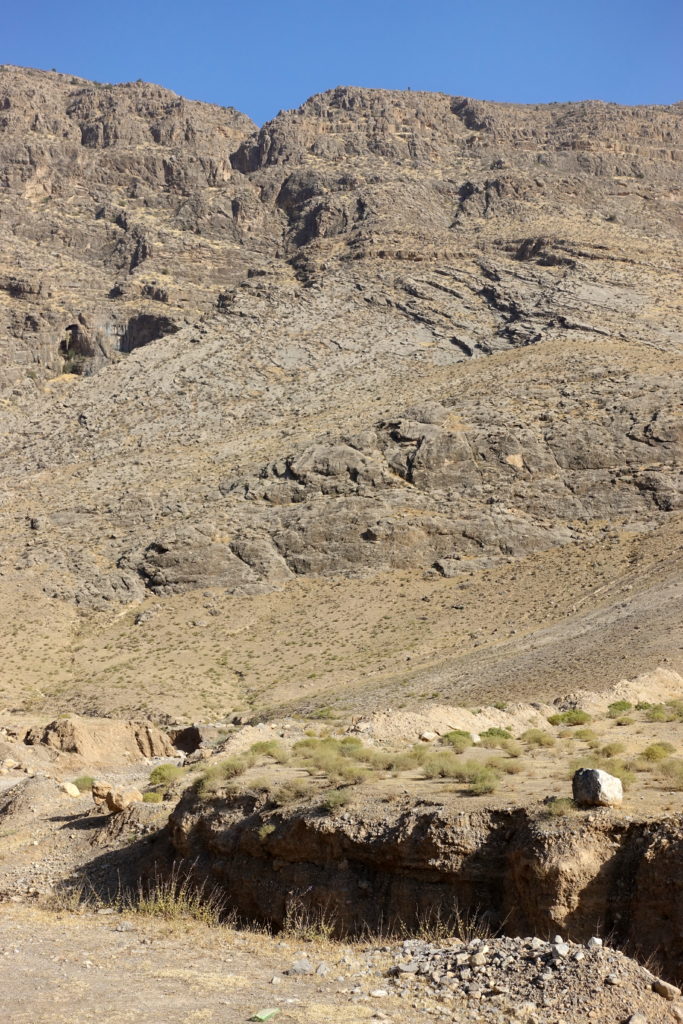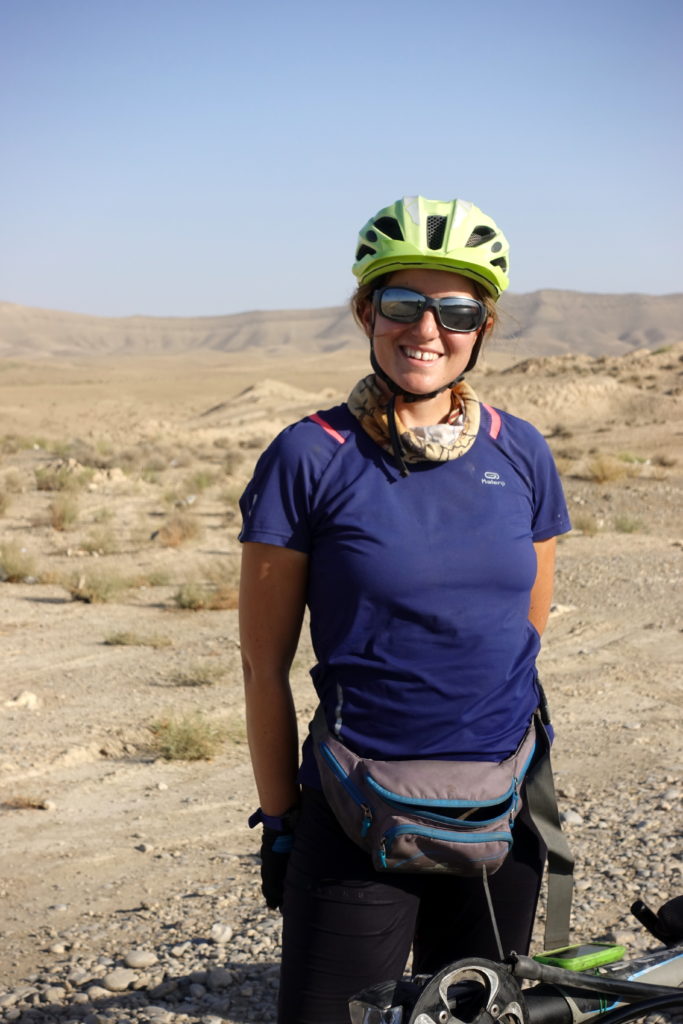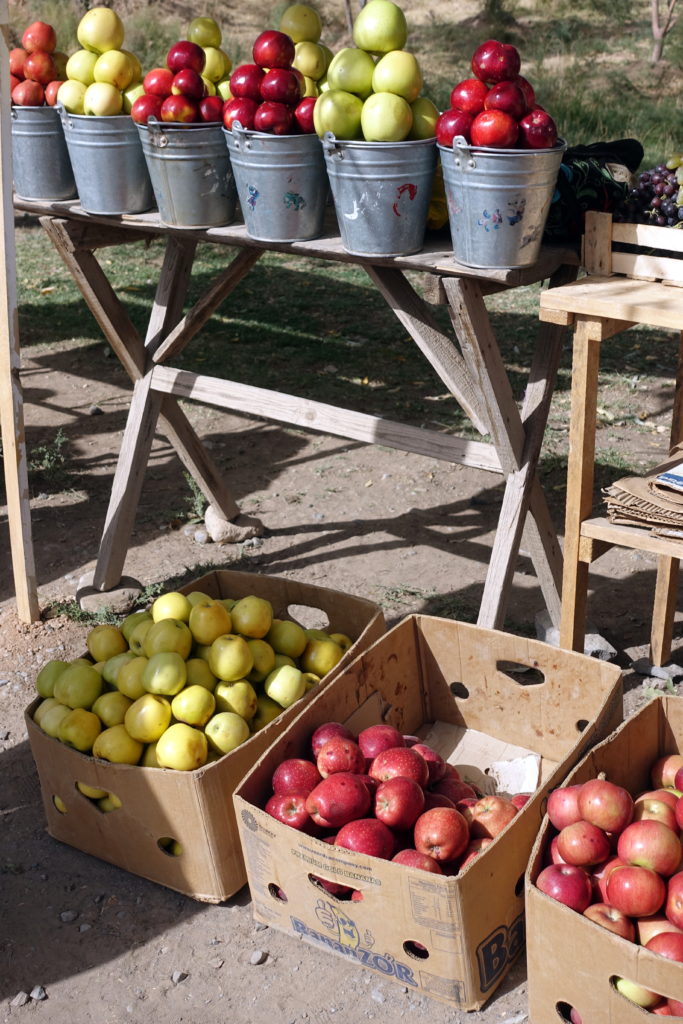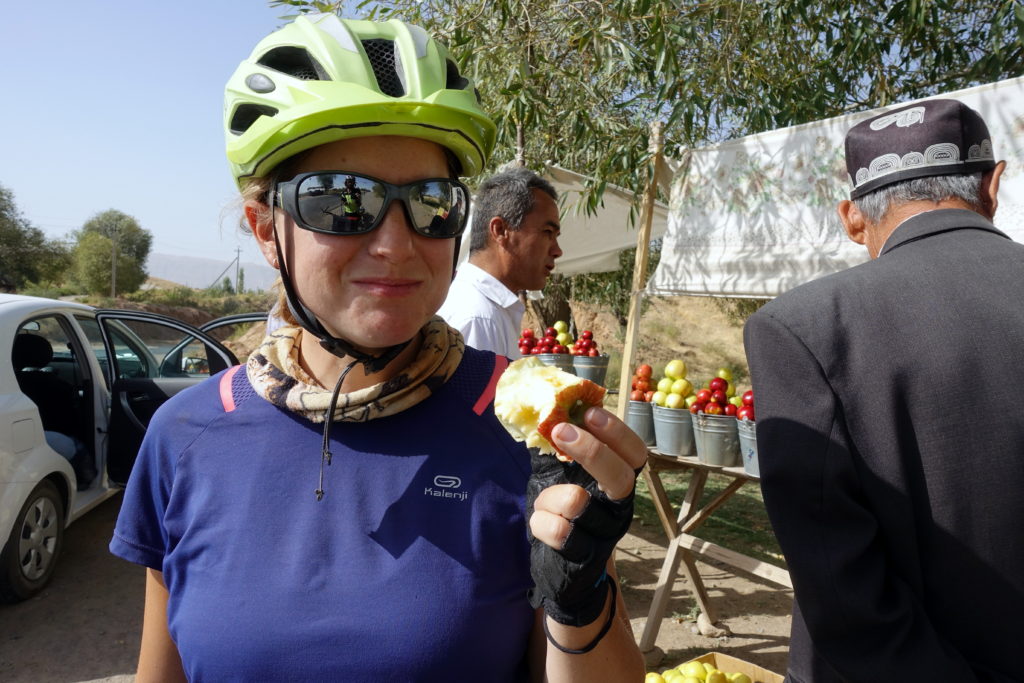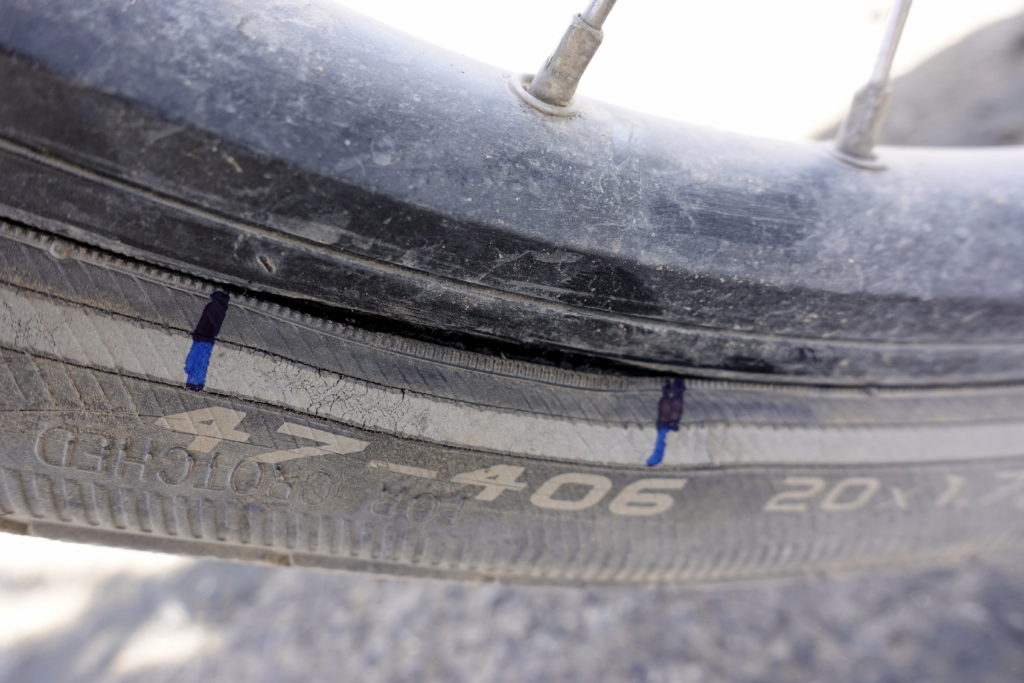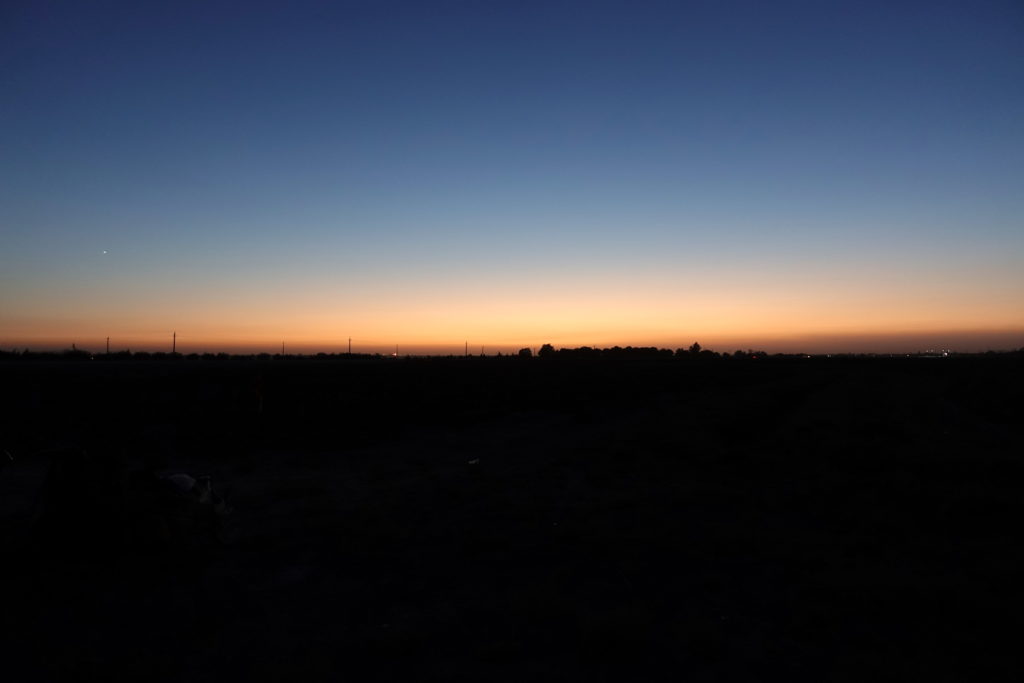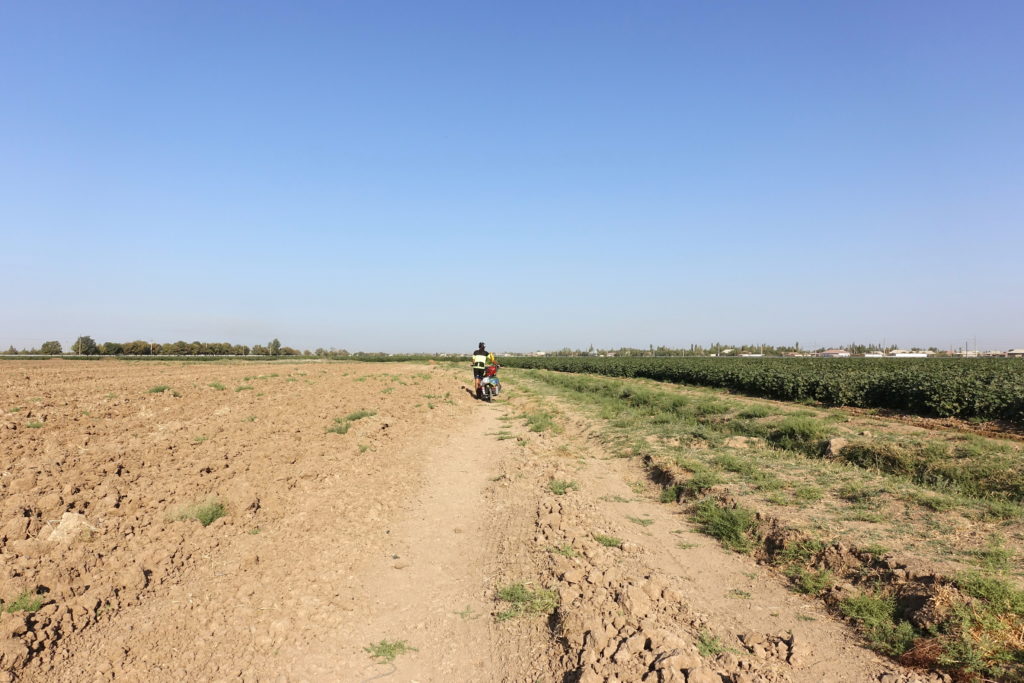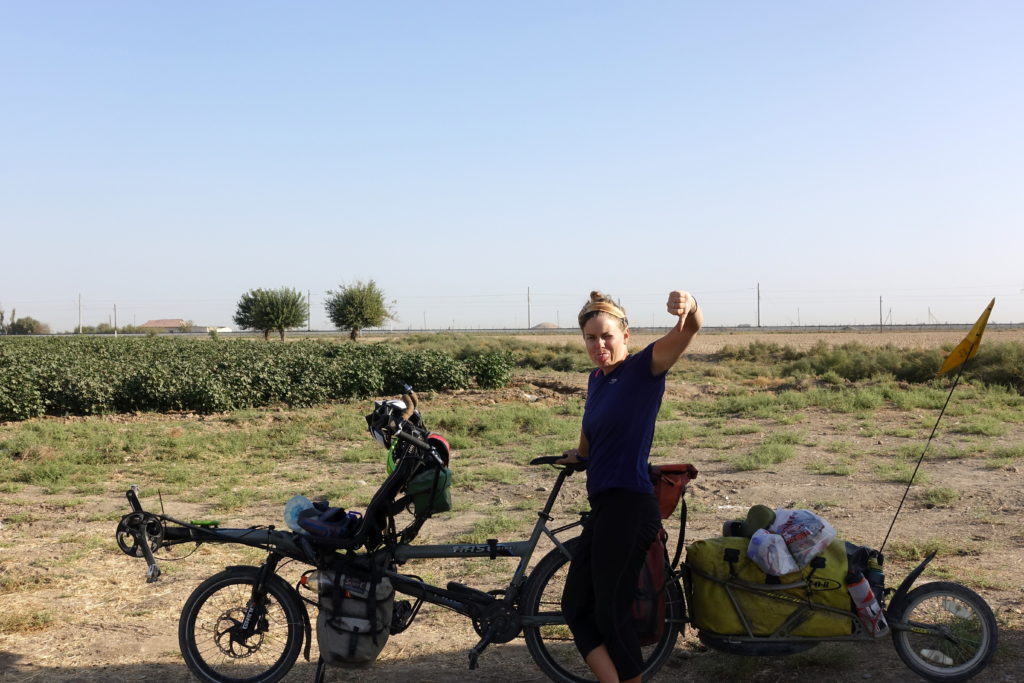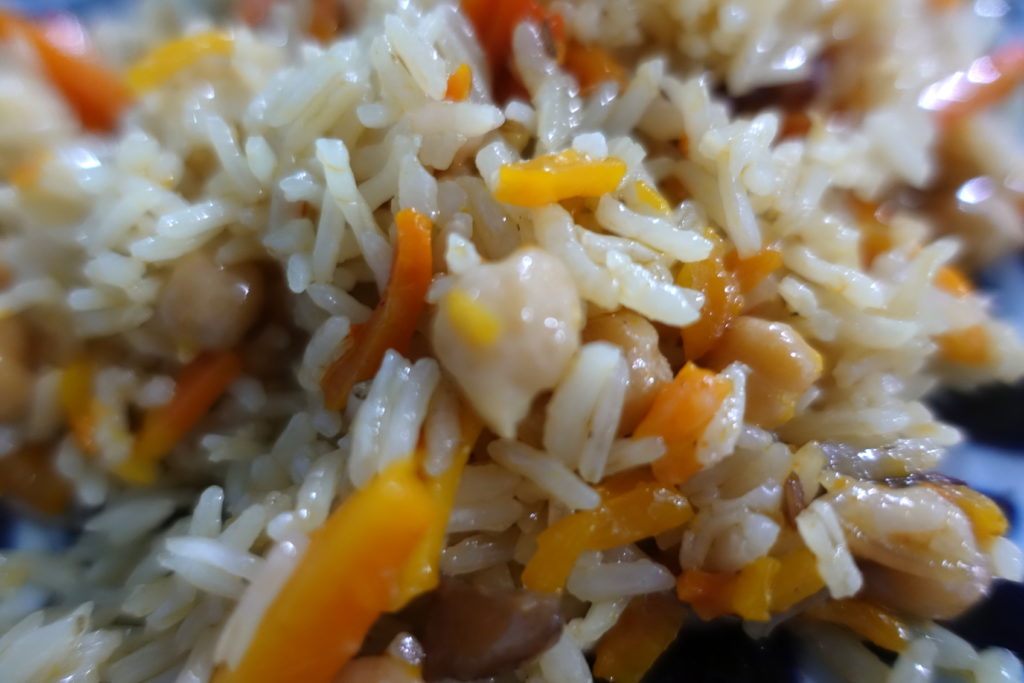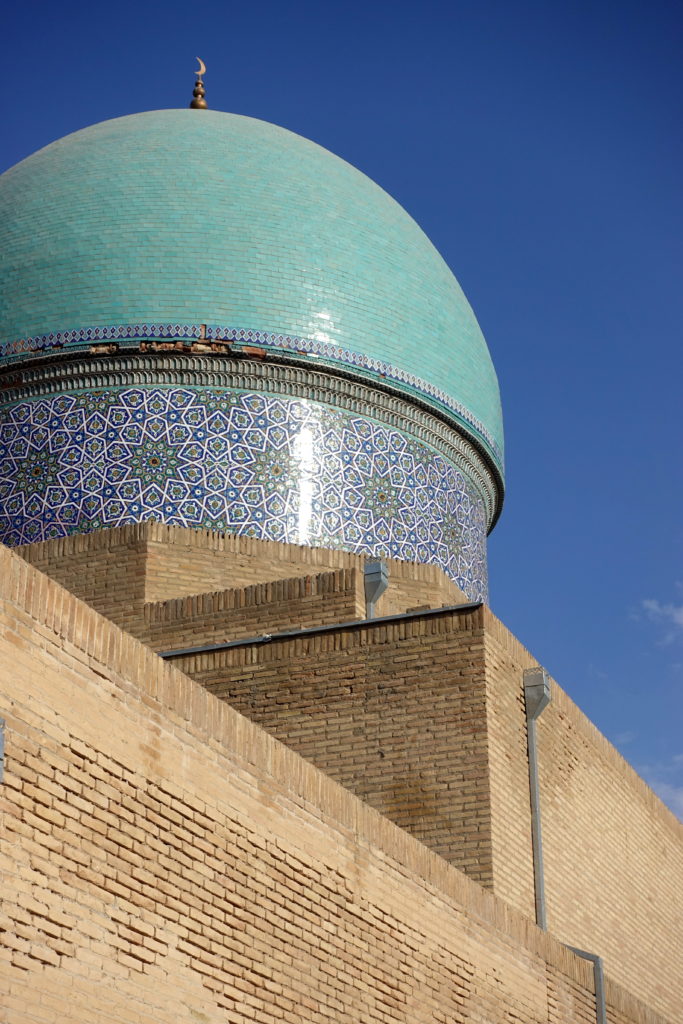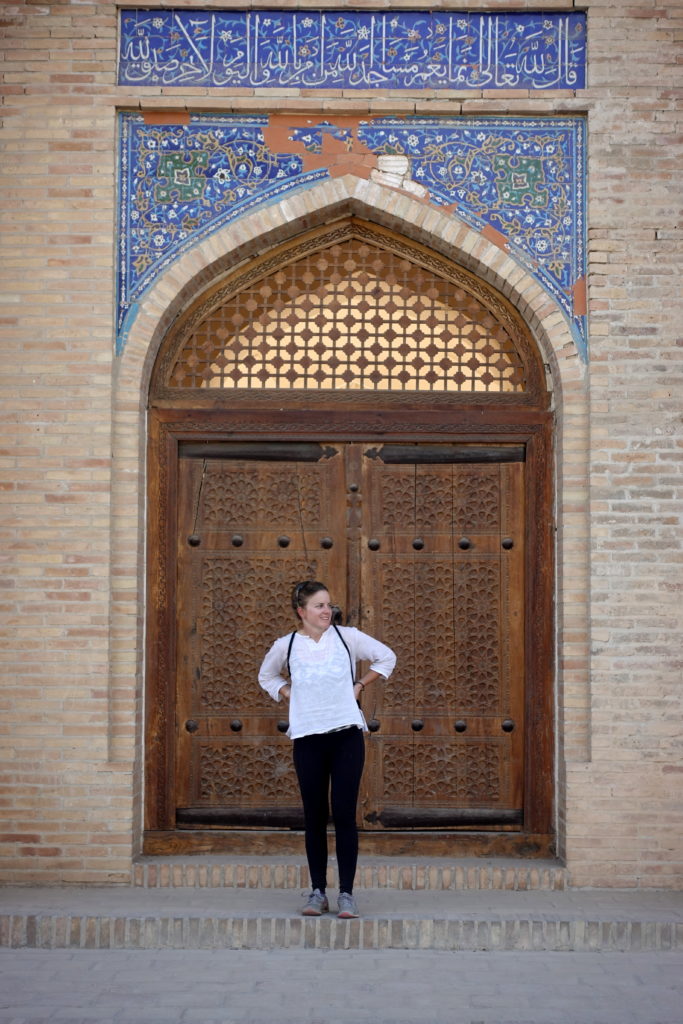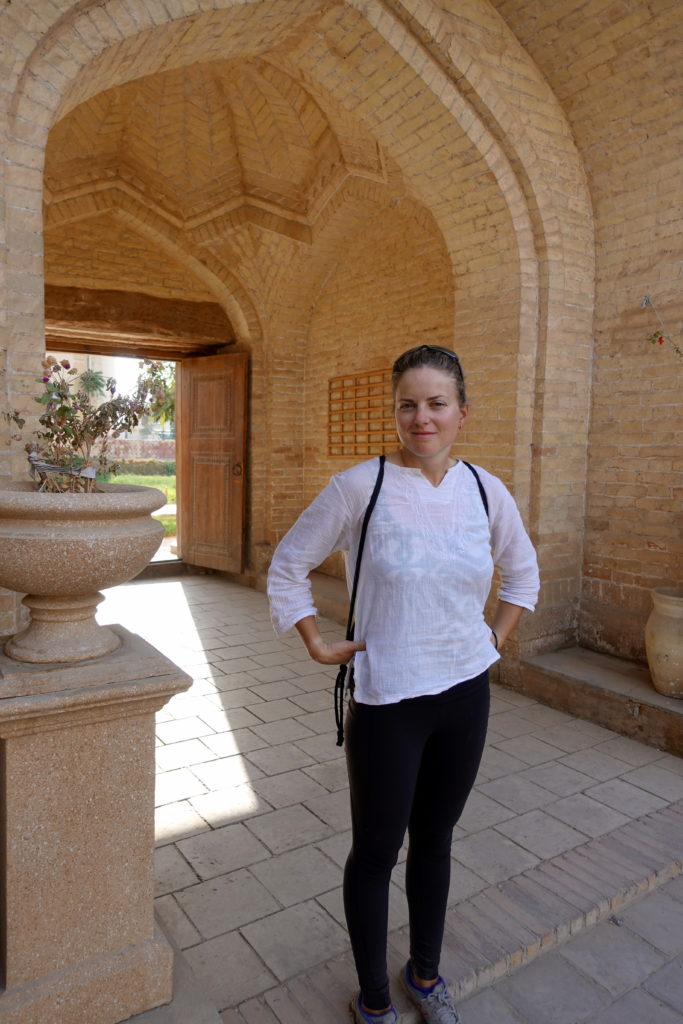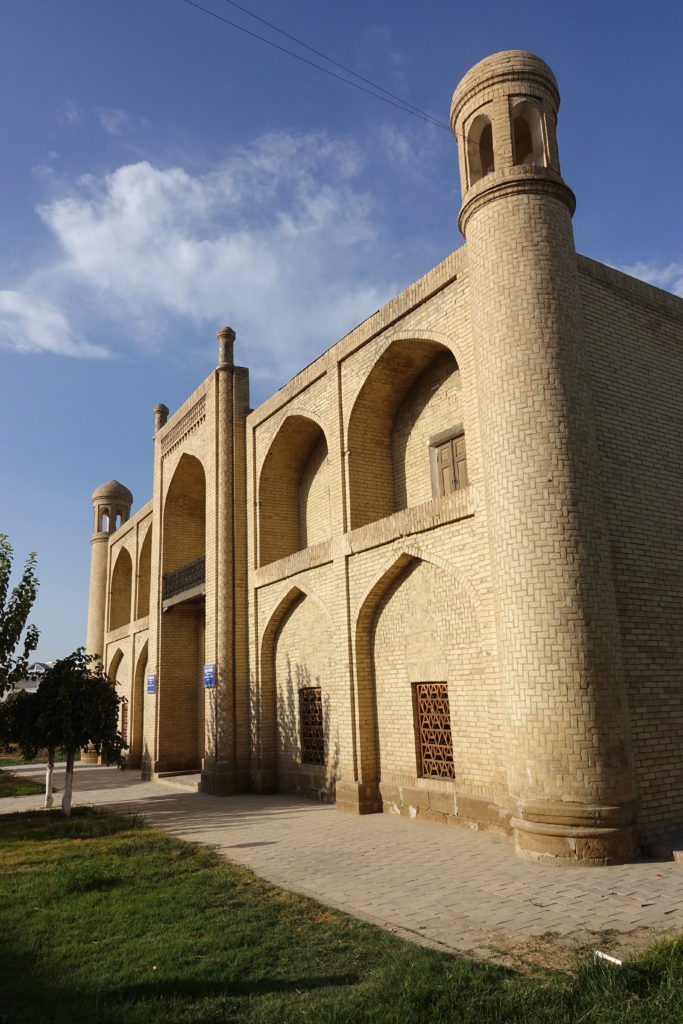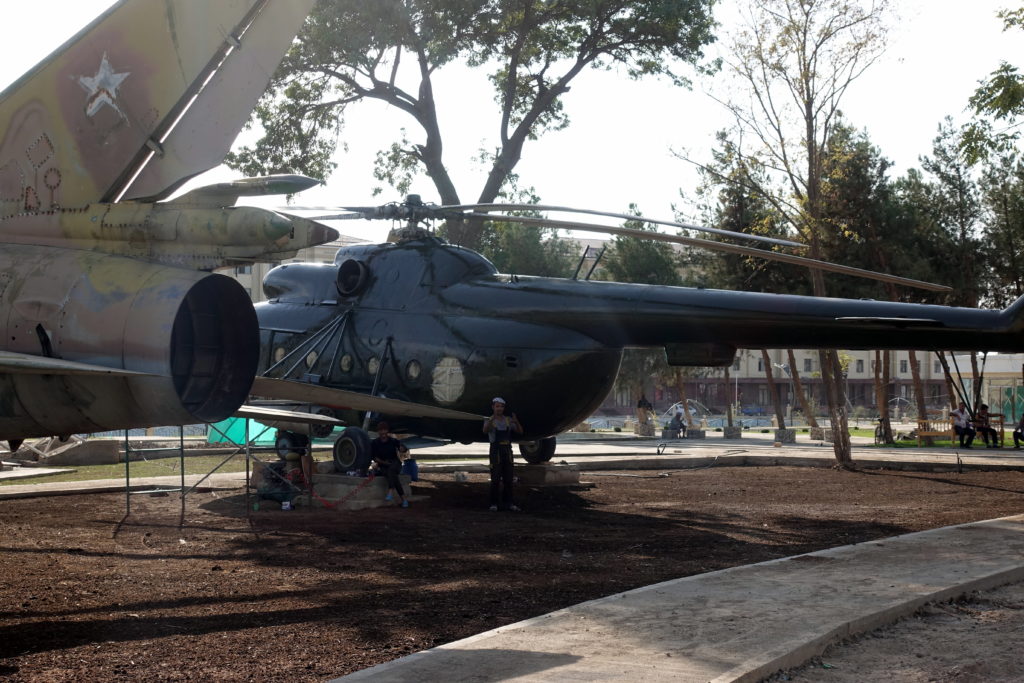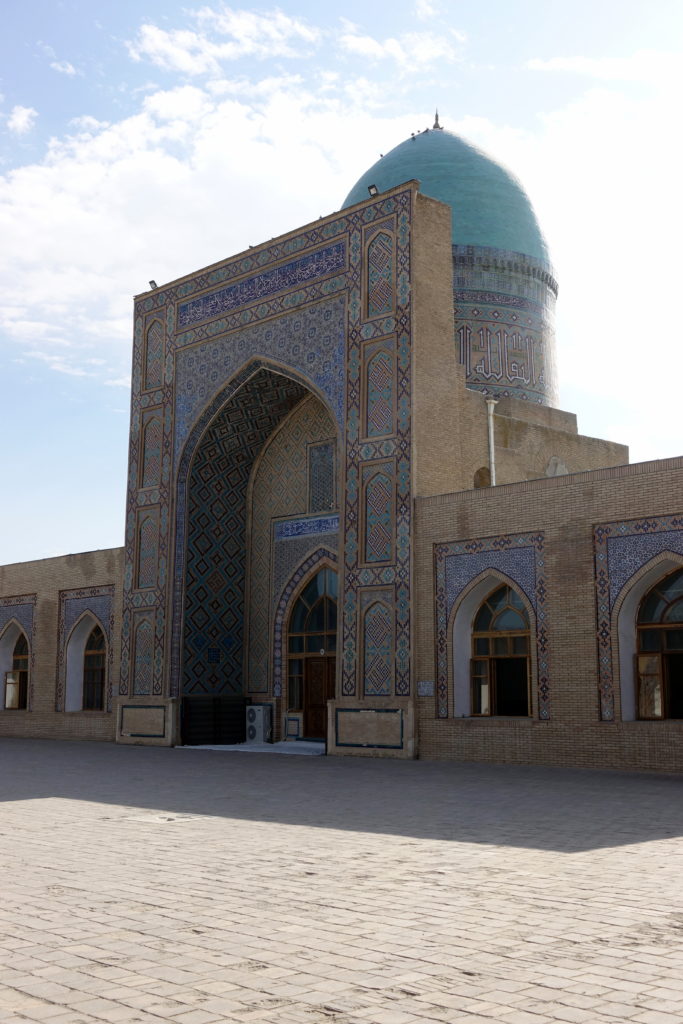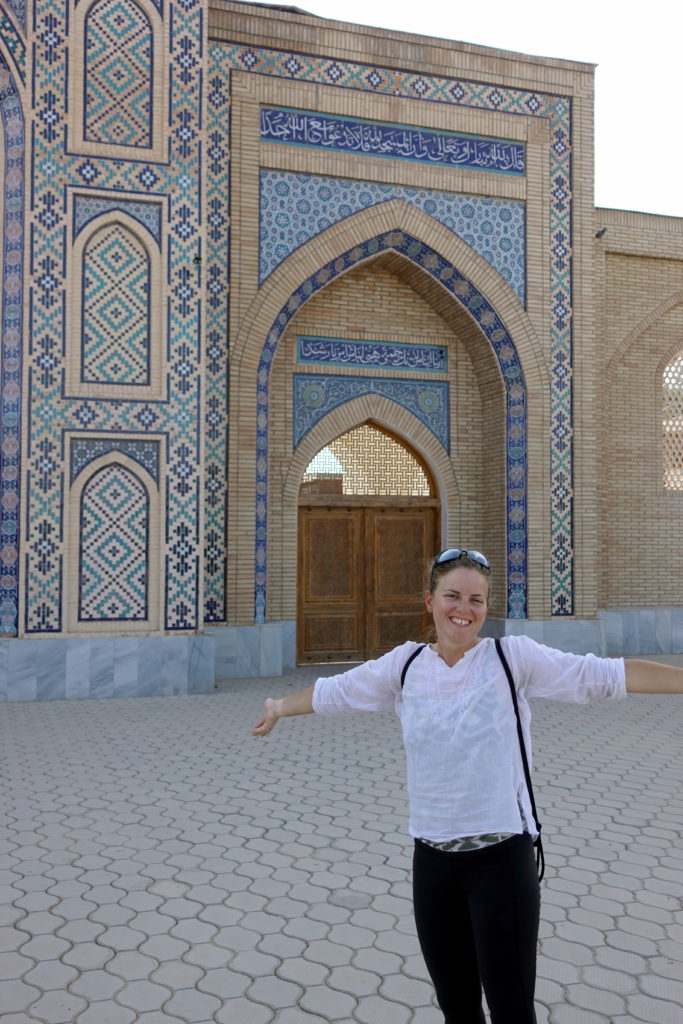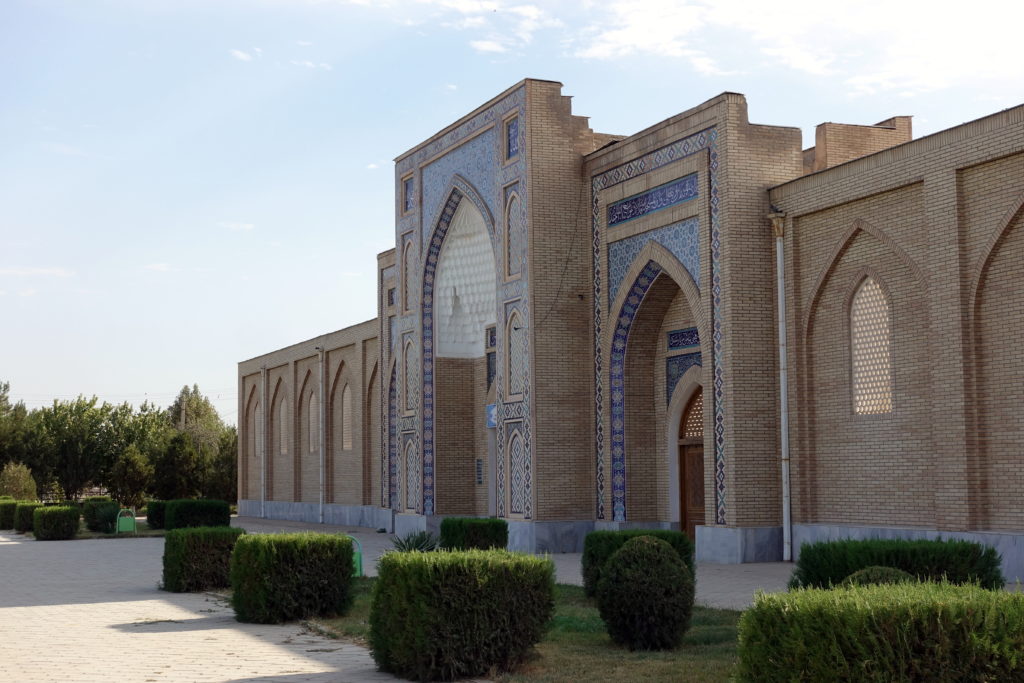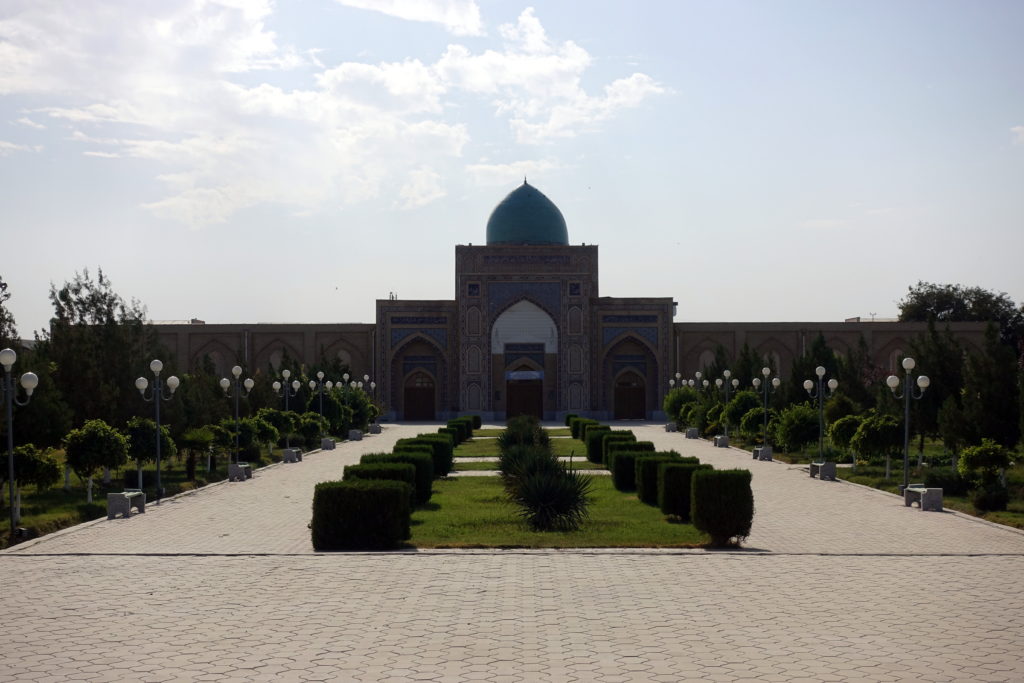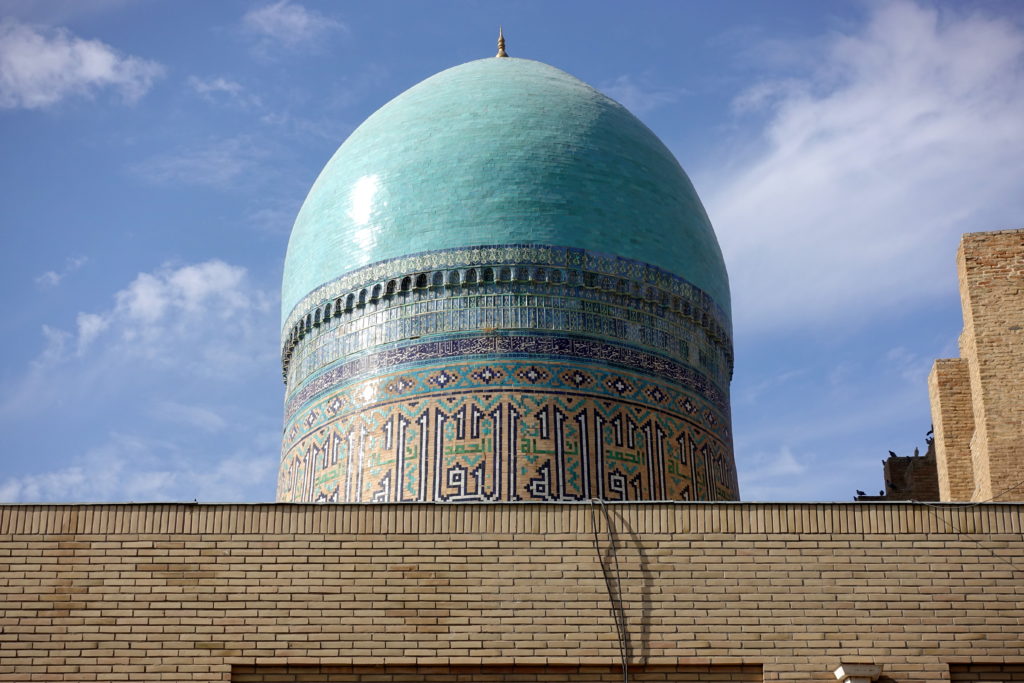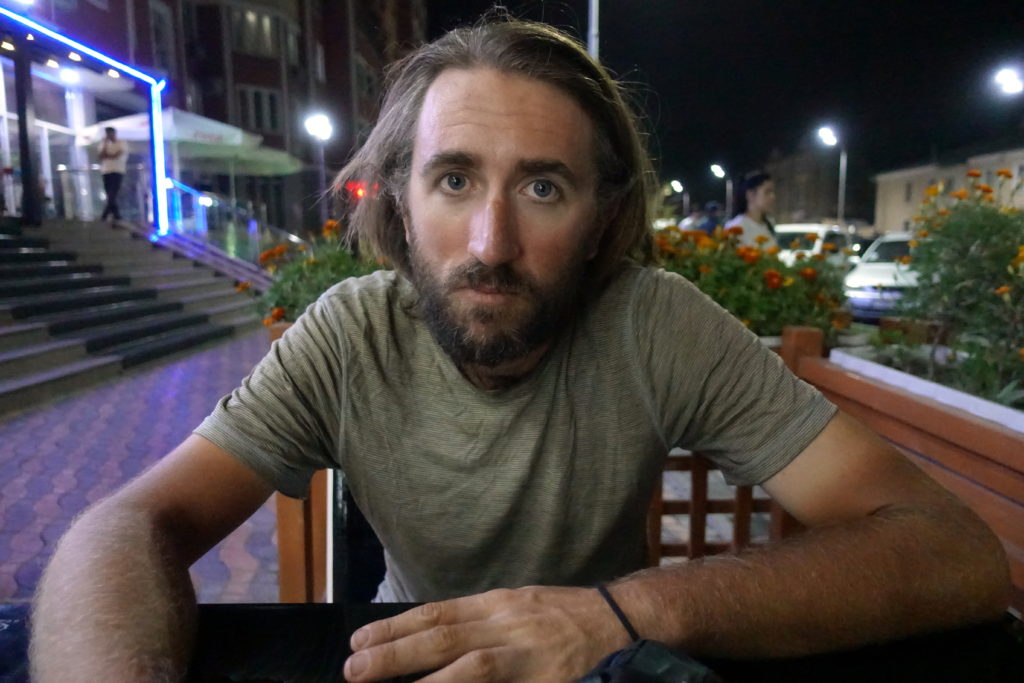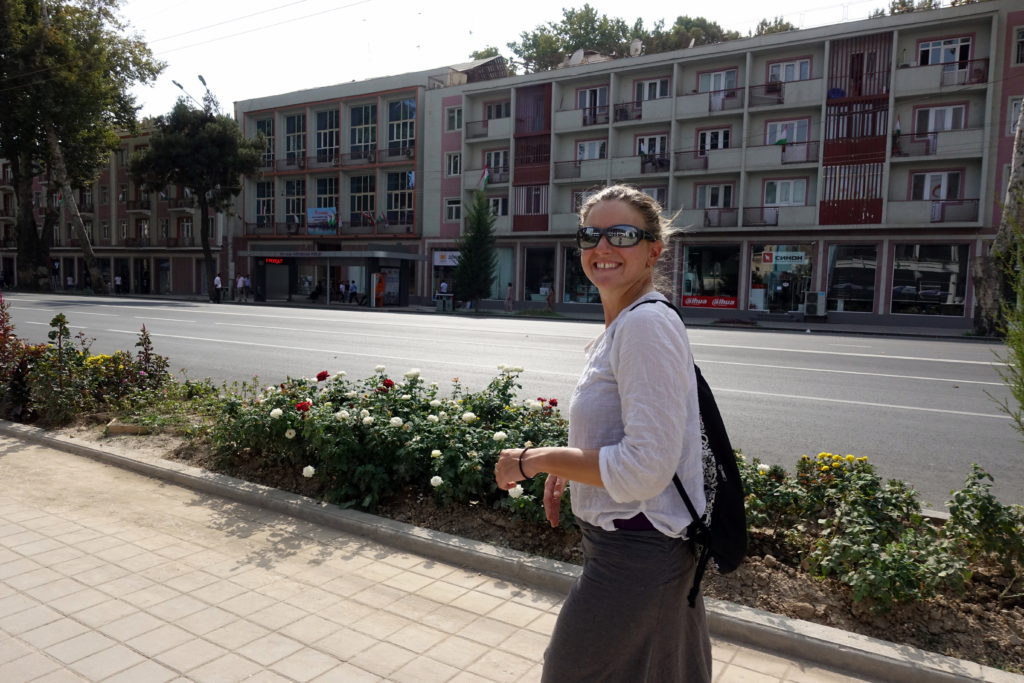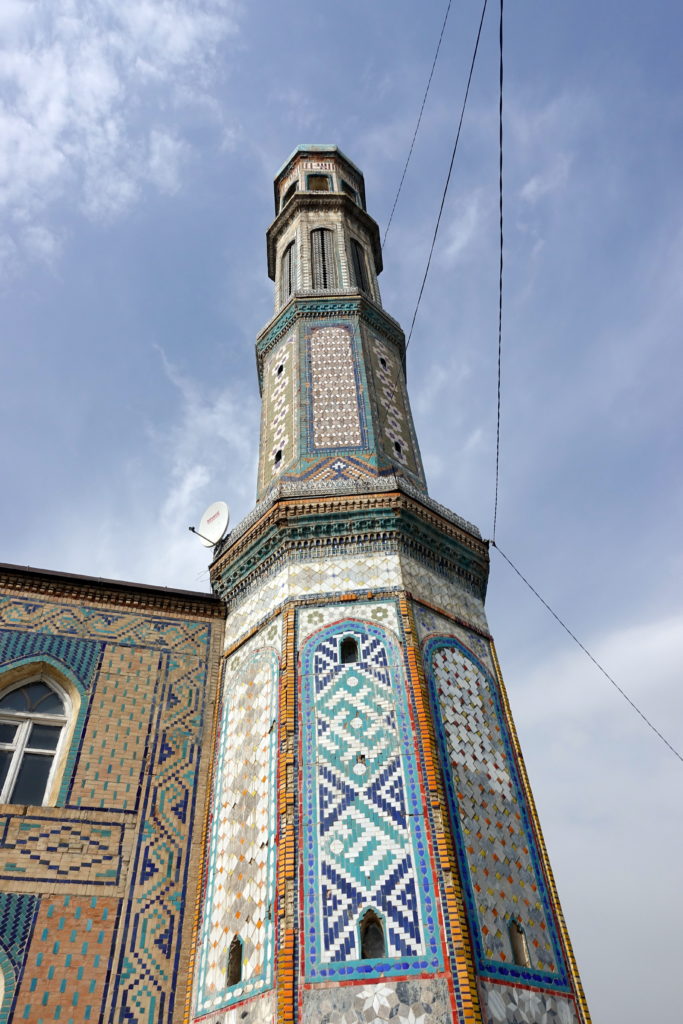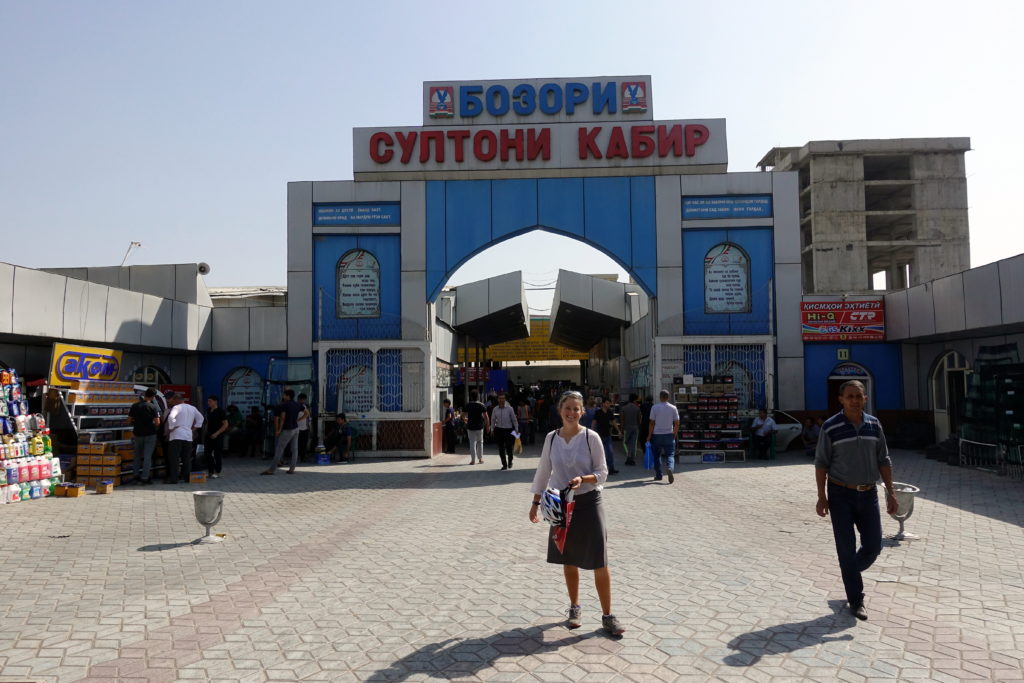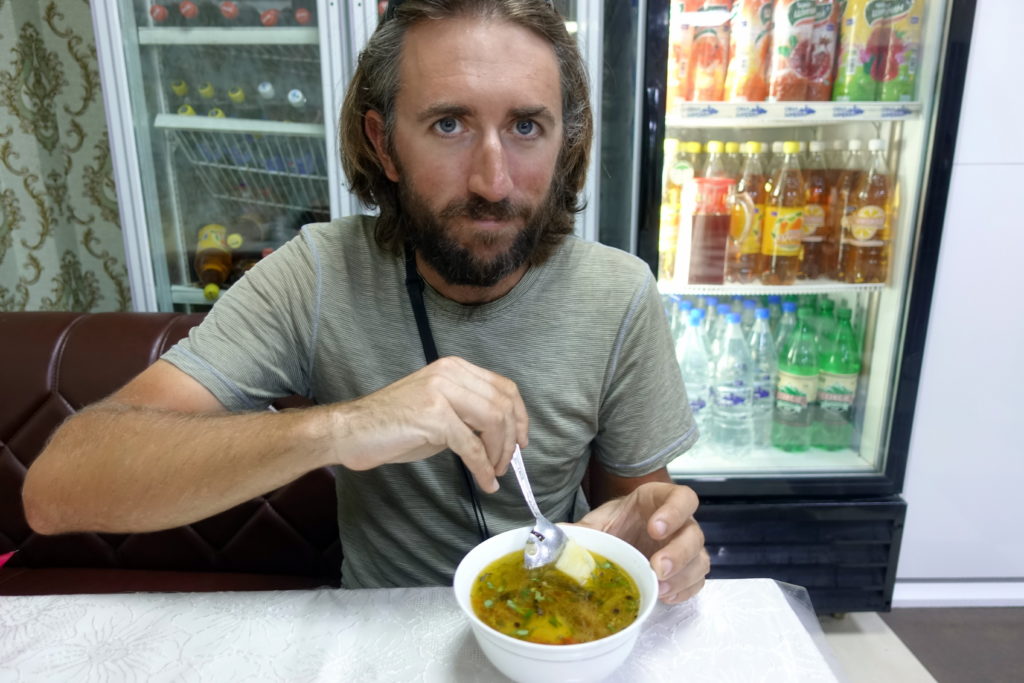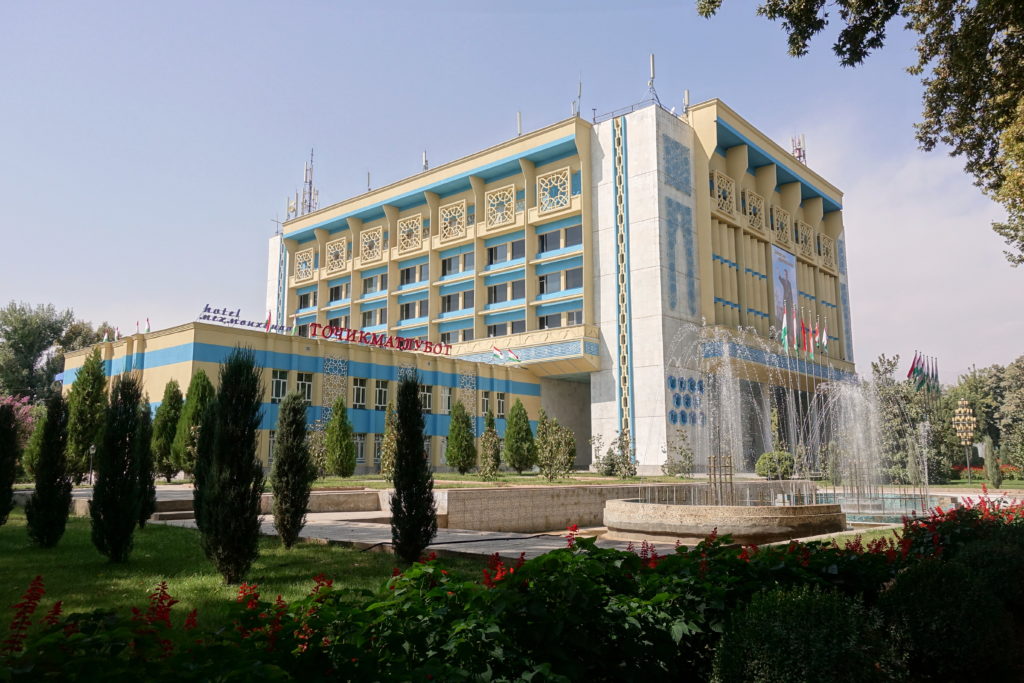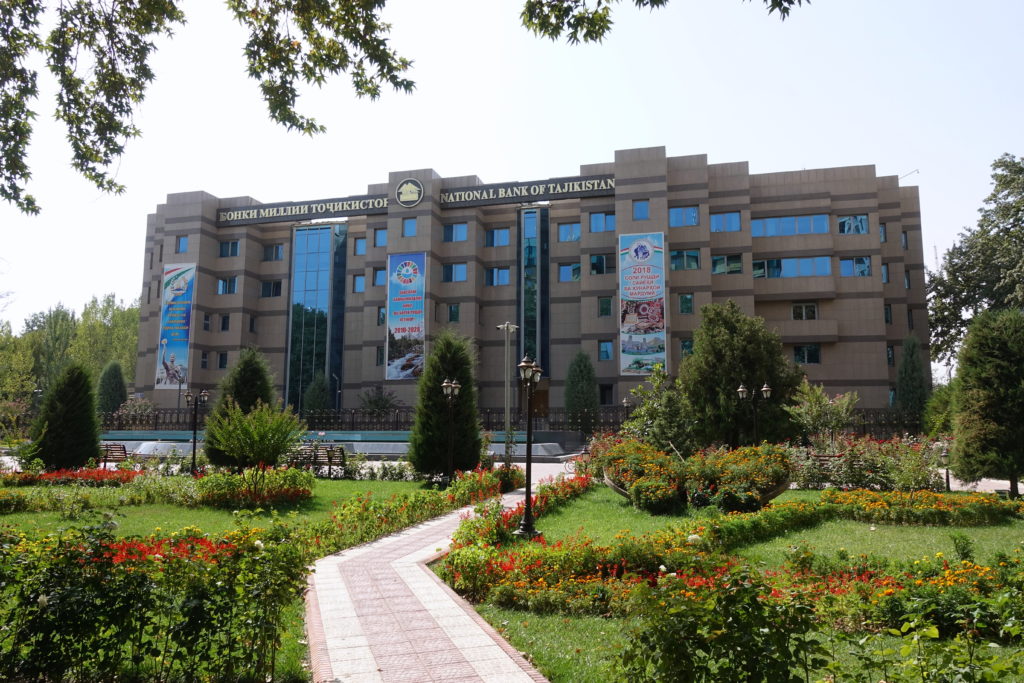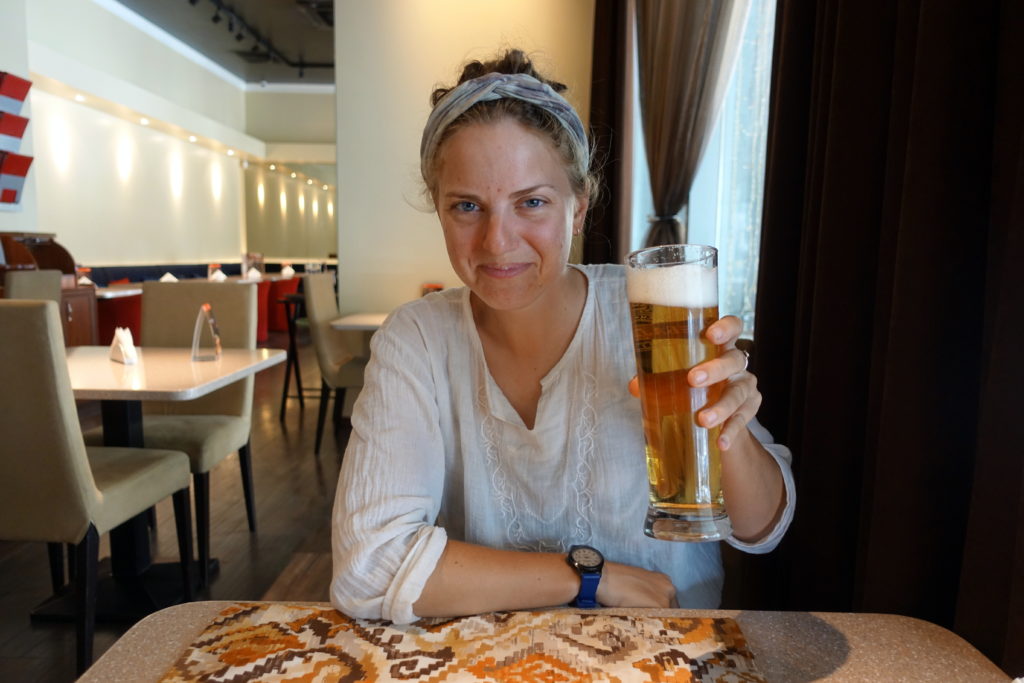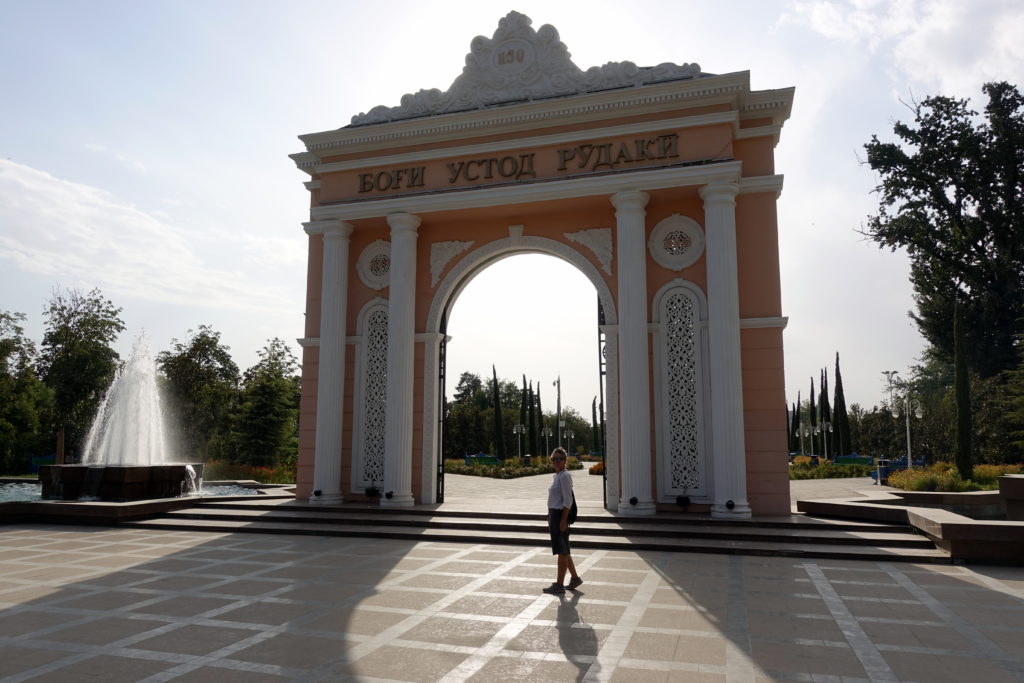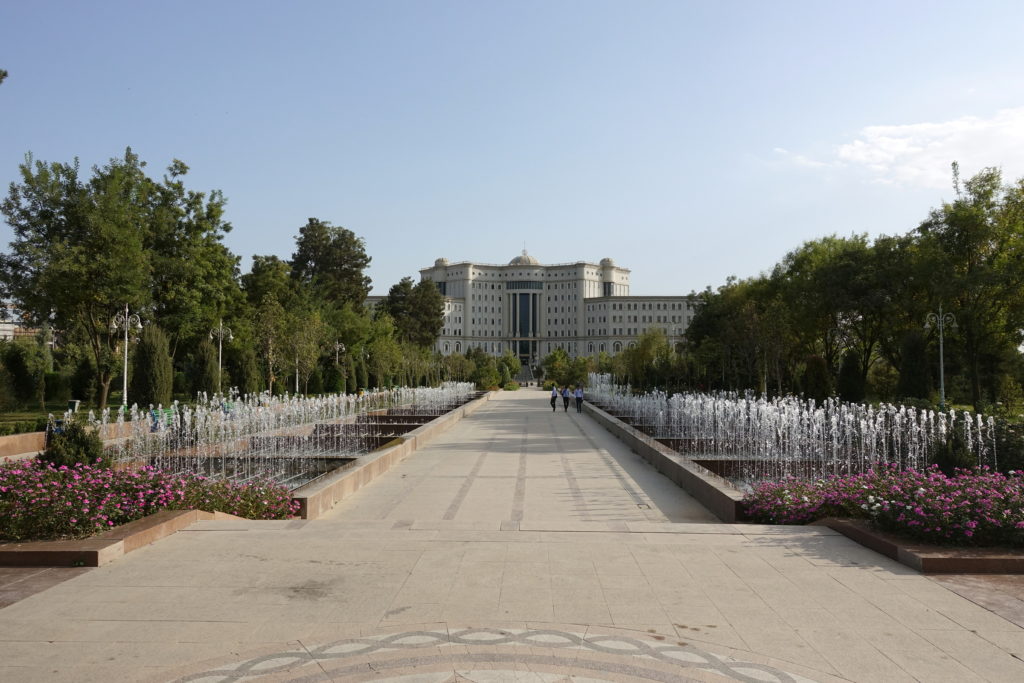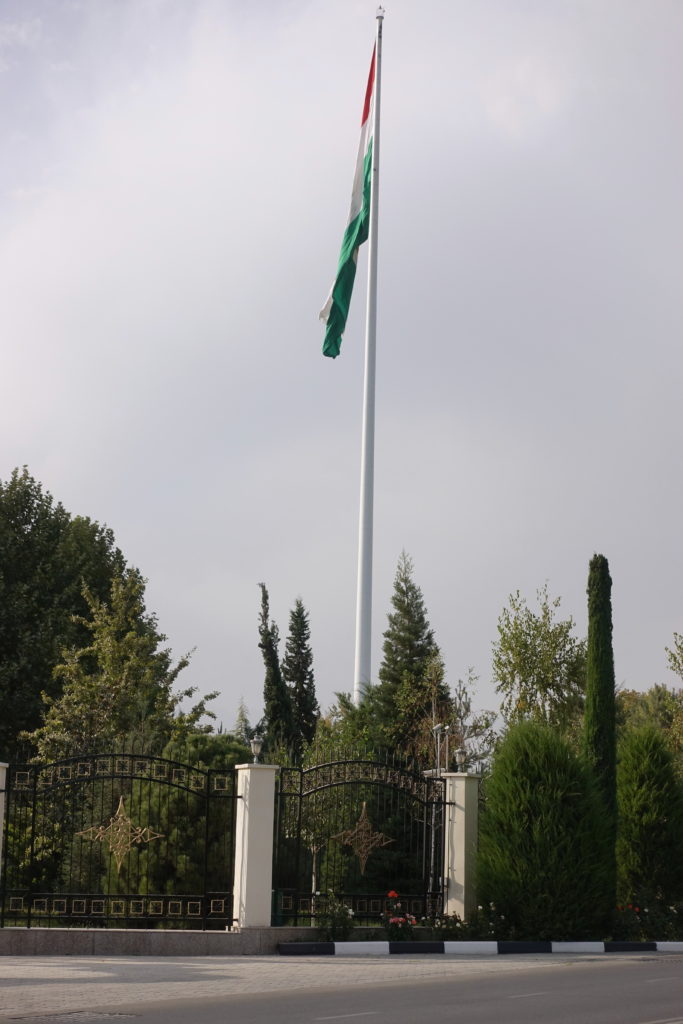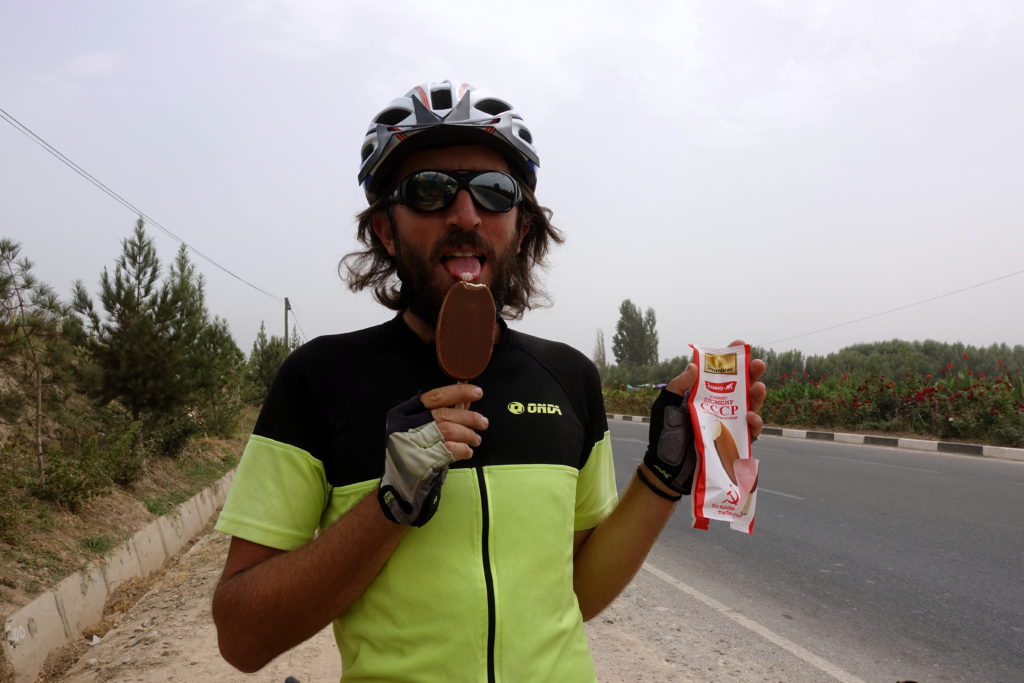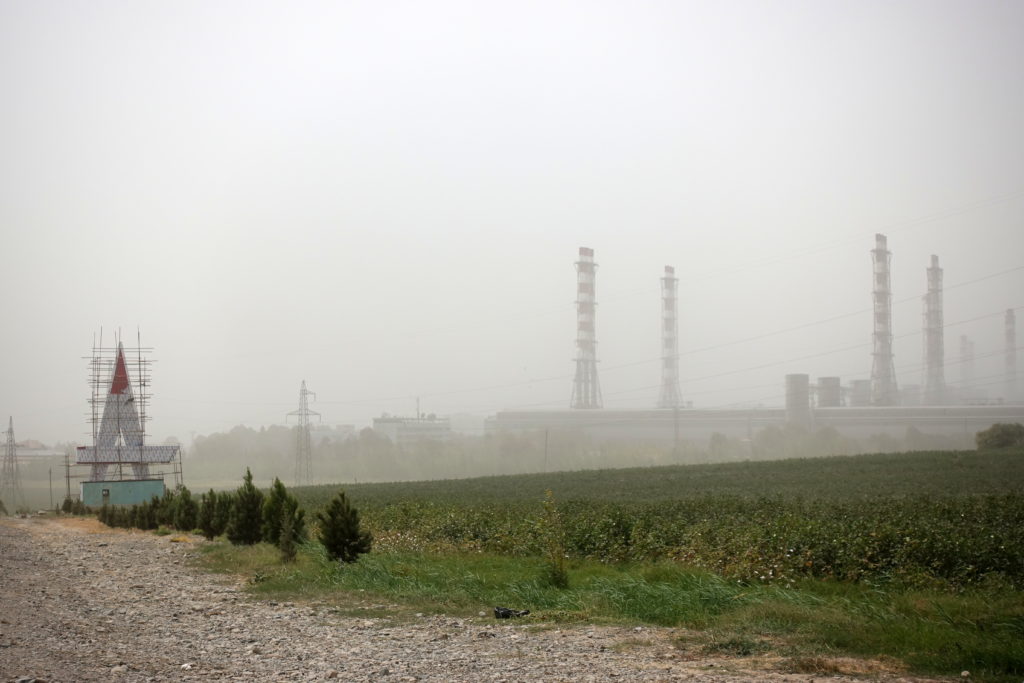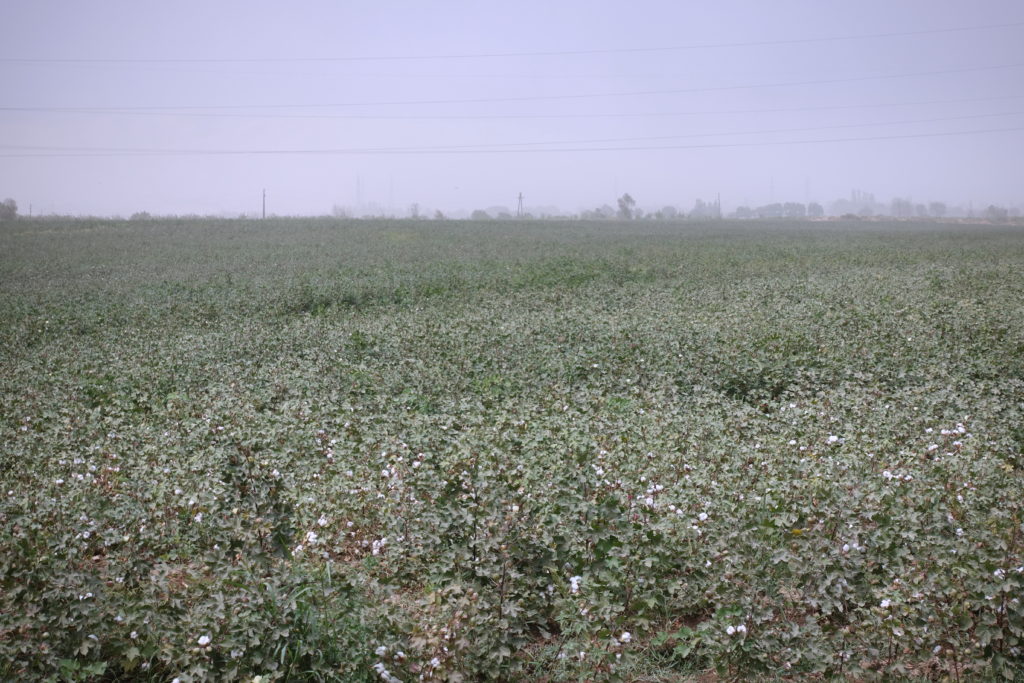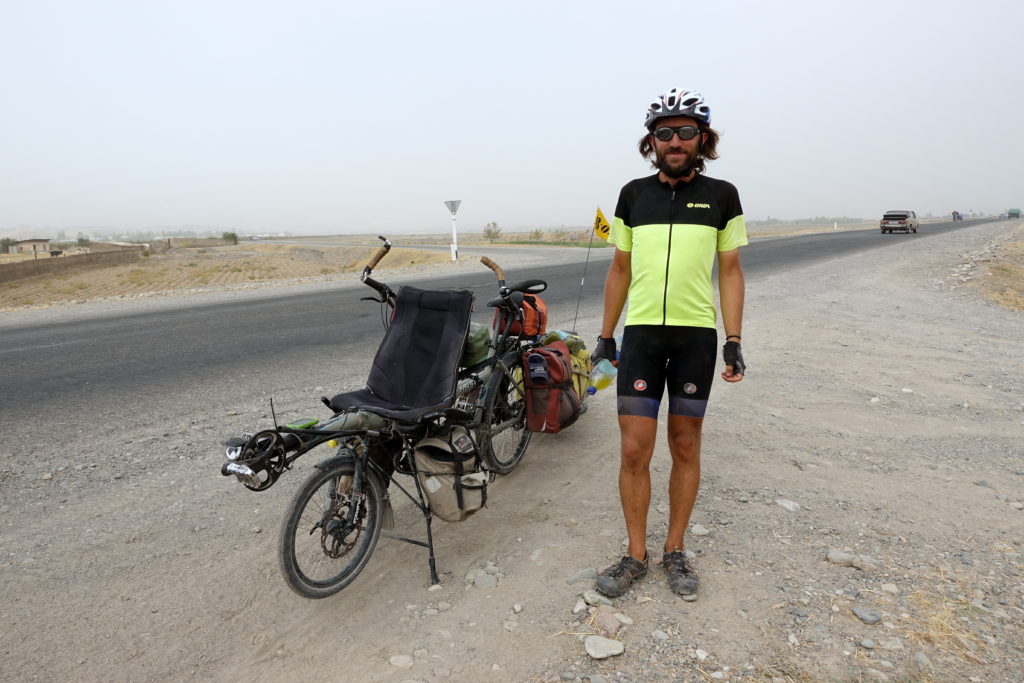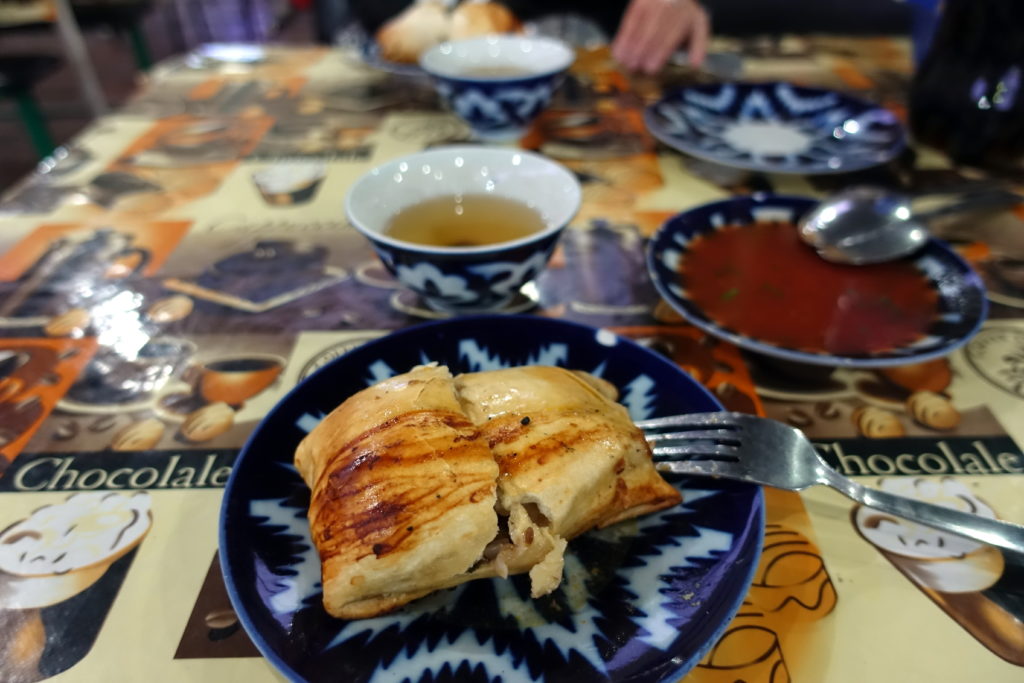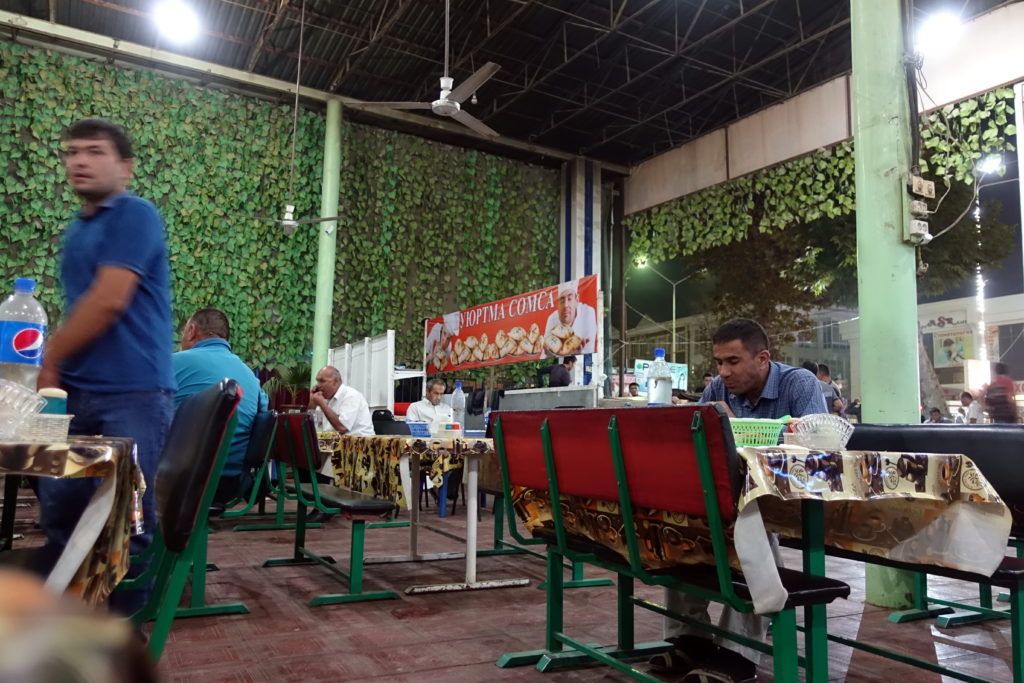We have crossed the border with Turkey a few days ago, are getting close to Greece and have thus left the multiple post-Soviet countries of Central-Asia and the Caucasus.
- First of all, read the posts from the last pasts months!
- Second, Central Asia is in Asia:
- China ∈ Asia
- Central Asia ∈ Asia
- ⊬ China = Central Asia
- Third, shame on you if you still do not know in which country Dushanbe, Bishkek or Tashkent are.
- Forth, even bigger shame if you cannot place Kazakhstan on a map (even worse if you have never heard of Baikonur and Gagarin!). (Cassie’s comment: can anyone tell that Cédric is a geography and history buff?)
But just in case you are still lost with all the ‘Stans and the tiny countries of the Caucasus, here is our short summary of the last three months:
- Kazakhstan: by far the richest country of Central Asia, mostly due to a sparse population and a lot of natural resources, which helped to transition more quickly to a market economy.
- We liked:
- endless desert land areas, the steppe landscapes.
- surprisingly rugged mountains on the northern side of the Tian-Shan range, with canyons, glaciers, etc.
- little importance of religion, Kazakhstan also felt like the most social-liberal country of Central-Asia, with more diversity and fewer gender inequalities.
- The only country where you are likely to find better quality products (food or outdoor equipment), even non-fake goods!
- Almaty is surprisingly clean, well-maintained and even has bike-lanes!
- Good roads (and good enough drivers – although Kazakhs become slightly arrogant as soon as they are on the other side of their border)!
- We disliked:
- Kazakhstan also felt like the country with the most nonchalant people. It felt like whenever you ask something you annoy people – not just a random question in the street, but we also got refused from empty restaurants just because they were not motivated to cook today (seriously!), hotel owners annoyed that they have to go up the stairs to show the bedroom (checking the room before paying is a wise idea in any of those countries…), people who just tell you that they don’t know anything (although when it’s about their job), etc.
- For whatever reason, you can find more food products in Kazakhstan, but Kazakhstan was also the country where we found the ‘most-expired’ products. Shops have cans having shelf-life of several years, but still expired by 5 years! 10-year-old sardines are seriously disgusting (not sure if these were better at the beginning though).
- Distances! The country has many interesting sights, but those are usually in very remote areas, and very difficult to reach. Going from Almaty to Aktau will take you three full days in a train, with very not much in-between. And even in the Mangistau region (Aktau), you will need hours of driving (days of cycling) to reach some interesting areas.
- We liked:
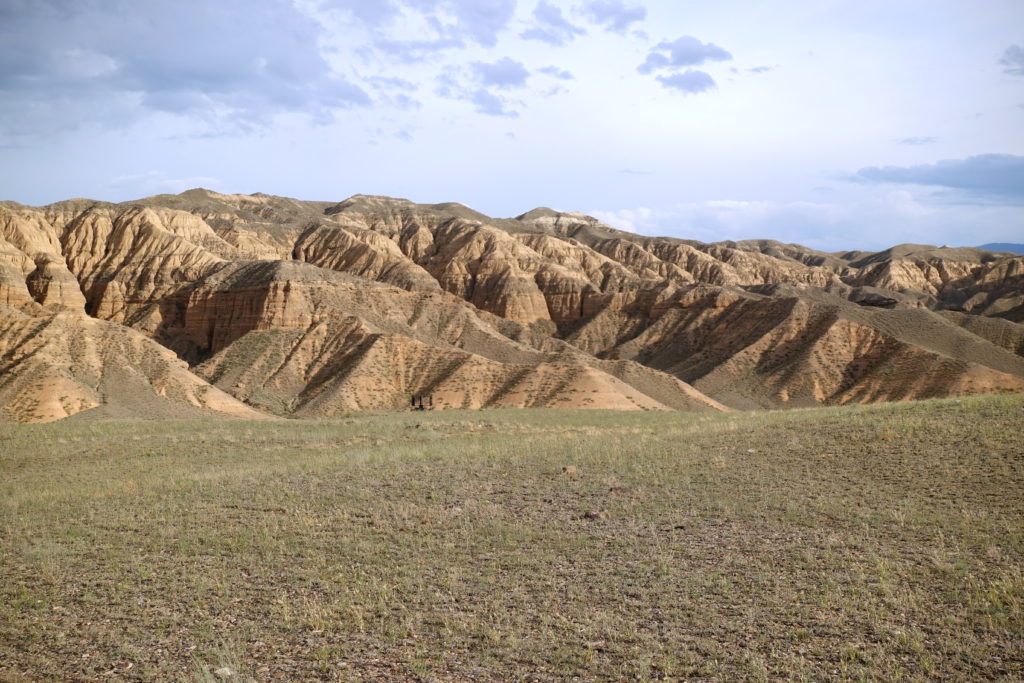
After a few days on the road in Kazakhstan, we were getting a taste of the stunning landscapes to come
- Kyrgyzstan: a poorer country, yet more traditional and very much a mountainous version of nomadic Mongolia.
- We liked:
- Gorgeous landscapes, with changing views from valley to valley, the greenest country of all, with high-altitude steppes and plenty of horses.
- The dream country for camping. Basically, any place in Kyrgyzstan is an awesome place to pitch your tent for the night. Locals do not mind, especially in the more mountainous regions, you have a tent, they have a bigger Yurt a few hundred meters away, everything is alright!
- Friendly folks in the mountainous regions, with a very relaxed atmosphere. Kids try to race you running next to the bike (even toddlers would kill many athletes at high altitude!) and adults wave at you without expecting you to give them money or buy a horse.
- Mobile internet is surprisingly good and cheap!
- Being able to go uphill faster than Kyrgyz Audi cars from the 80s. Audi is the cool car brand of the country, unfortunately a new Audi would cost a life-long wage, so they still spend a lot of money on rusty Audis, with still the driving style of a rally-championship. We got passed multiple times uphill by a roaring car, only to catch it up a few kilometers later with the driver randomly hitting the engine with a hammer.
- We disliked:
- The drivers! There is an obvious problem of alcoholism, with additionally some suicidal-driving behavior. Kyrgyzstan was the worst place to ride on roads, we always had to look at every single car coming from any direction – and get ready to pull-out the road at any time. They just don’t care! Luckily, we took some off-road tracks with very (very) little traffic.
- Tracks: because we did everything possible to avoid roads, and because there are really not that many roads, we ended up on the roughest tracks we have encountered this year. Kyrgyzstan was definitely the toughest country, both for the profile (continuously going up and down from 1000m to 3000m), and the road conditions (washboard, trenches on the road, rocks, etc.) – get ready to bike 7h for 40km and going uphill is not necessarily much slower than downhill.
- The Fergana valley, much more conservative, much more gender-divided, with men acting like young teenagers trying to show that they are stronger than you. Imagine a 12-year-old trying to look like a mobster, and you have about the idea of men in the Osh-Jalalabad region.
- We liked:
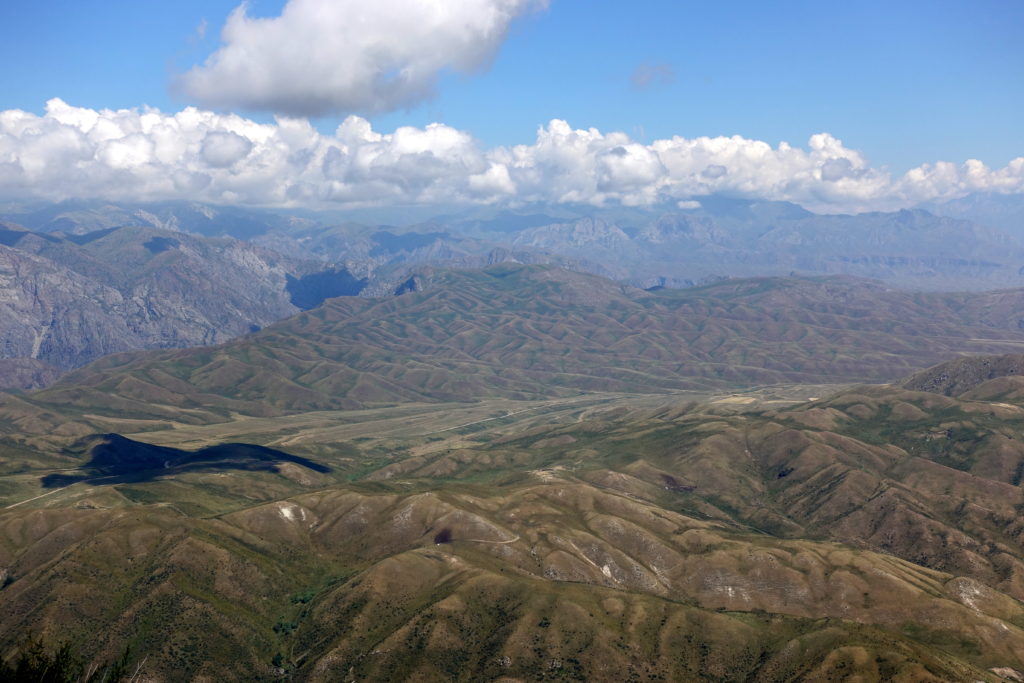
The Song Kul – Kazarman road: tough, but worth it for the views (the picture was not taken from a plane, but from the top of a mountain-pass)
- Tajikistan: the poorest of the Asian countries (except Yemen and Afghanistan, which are active war zones). The highest country on earth (average altitude), possibly one of the most remote and inaccessible regions on earth too. The feeling to be on a completely different universe.
- We liked:
- Cycling on another planet, over days we felt like doing some space travel between the Moon, Mars, Venus and other satellites of distant planets – lack of oxygen included.
- The road condition of the Pamir highway, although very rough, was easier than we had anticipated (also probably because after the tracks in the Kazarman and Song-Kul areas of Kyrgyzstan, everything seems easier).
- Incredible hospitality of locals in the Pamirs. People live in extreme poverty but are always happy to help, do not try to scam us, are very friendly, and amazingly many people speak English there. We really had the feeling in some villages to be with the toughest survivors, and the only way to survive is to help each other without condition or limit.
- Meeting a lot of other cyclists on the way, especially as we were cycling in the opposite direction as most of them (it is supposed to be easier to bike Dushanbe-Osh than the other way around).
- Dushanbe is a surprisingly enjoyable city. Not much to see, but it is a rare place to find good restaurants, it is relatively easy to get parts or gears, some parks and relatively clean.
- The Panj river valley is an indescribable feeling. You are cycling days looking at a medieval and almost mythical Afghan society. Afghanistan feels like being back in time several centuries ago, although it is interesting that even remote Afghanistan villages now have access to mobile internet. By the way, yes there has been an attack in southern Tajikistan – and apparently tourists have all left the area, which felt silly! Tajikistan is safe, and has now been downgraded by the western foreign ministries to the security level of western Europe…
- We disliked:
- Well, it’s hard to not get some type of sickness (mostly digestive) in Tajikistan! Electricity is far from reaching every village, running water is a luxury, and simply the remoteness does not help having a good food-hygiene. Most of the guesthouses are nevertheless clean and we did not get anything too serious. Plus, there is really no problem doing an emergency stop anywhere on the road when you only see 10 cars per day…
- Politics in the Dushanbe region is really “special”. There is clearly no democracy in Tajikistan, but our conversations – several people were trying to practice their English – were severely bridled. Dushanbe inhabitants are clearly privileged in the country, and they seem to all strongly and blindly support their president, including the fact that he should stay there forever, with his son taking-over later. Western countries, with elections every few years thus cannot be good… The area around Dushanbe felt like the most indoctrinated in Central Asia with an idealization of the leader everywhere. Discussions were surprisingly more difficult in the capital than in the rest of the country. The opinion of that leader is indeed very different in other parts (especially the Pamirs) of the country.
- Cycling several weeks around 4000m is physically hard. We both lost a lot of weight (it’s all gained back, don’t worry), you finish exhausted every single day, and after 1000km of continuous dirt roads (including Kyrgyzstan), we were just dreaming of asphalt.
- We liked:
- Uzbekistan: the most historical country, with old cities, many monuments and the core of the silk-road cities in Central Asia. Uzbeks thus consider themselves a little as being the only urban civilization (versus nomadic tribes) in the mountains or in Kazakhstan. Although very isolated (a double landlocked country, today far from any trade route, and yet with little interest to develop connections with neighboring countries) but nevertheless the most populated, Uzbeks consider unconsciously that all Central Asia shall be theirs.
- We liked:
- The road conditions are good! Especially after Tajikistan and Kyrgyzstan, we were glad to finally have continuous stretches of asphalt without too many potholes (small potholes are useful when cycling as they make car drivers a lot more cautious).
- The historic cities – basically Samarkand, Bukhara and Khiva – are impressive and remarkable, they are well maintained and are worth visiting.
- Some generous people, particularly after near the Tajik border until Qarshi (very few tourists) – we had everyday people offering us chocolate bars, ice-creams, and other treats!
- The new president seemed to shake things up in the country and finally try to solve the serious problems of the country (since 2016), this is particularly notable after the reign of the previous dictator Karimov (completely nuts): tourism develops, Uzbekistan opened its border more widely to its neighboring countries, they finally want to get rid of the cotton industry and the corruption linked to its system, possibly work on refilling the Aral Sea (that may take a few decades!), etc.
- We disliked:
- Some men are slightly creepy! Every single women tourist that we have met (not those in guided tours!) have encounters some type of weird moment – from men who want to kiss you, to some touching or grabbing, etc. There is some impunity against forced marriage (including children), and women are clearly a lower social class. It did not feel like something directly liked to religion (few Uzbeks are practicing, women do not wear veils or hide and are active in the society), but a deep cultural habit.
- Again, about men (who are the primary car drivers) … we got used to honking and so on, but some Uzbeks felt like being really pushing it. It is not just a short honk and waving, but a non-stop honking behind you, at your pace, until you acknowledge them. We are all day long on the road, and that would be fine in the Pamirs with 10 cars per day, but Uzbekistan has a larger population (with a lot of cars) so we got slightly tired of getting interested in every single driver. Even better, you get regularly stopped (the car passes you, puts the warning lights on and slows down until you stop) by group of guys who want to take a selfie with your own camera. It’s funny once, but we have a lot of pictures of Cedric (Cassie is happy to be ignored) with a group of locals on the side of the road… The real treat was having a driver slow down and take a video of us on their smartphone while still driving – funny at first, but we don’t condone distracted driving practices (and mostly stopped the bike when we saw what the driver was doing, so they would be forced to drive ahead).
- The desert landscape! The country west of Bukhara, and especially after Khiva, is desperately monotonous and boring. I really would not recommend anyone to cycle across that (we only met one person, a Swiss, who had done it, and he told us he became almost insane after the several weeks alone with the exact same sight).
- The Plov! I guess this can be about Central Asia in general, if you look up the region’s national dishes, but Uzbekistan is richer, and they have enough farmland to grow other things than cotton – and then possibly make some recipe variations! Seriously, why does everyone revere this dish? It feels that they only like that, only serve that, and make that and almost worship it. It is not intrinsically bad, but we just could not see it any longer. Cassie was also starting to loathe the mutton sitting on top of the dish.
- Uzbekistan is the country where we got the sickest (again, digestion issues). We however cannot explain it there by the lack of electricity and fridges.
- We liked:
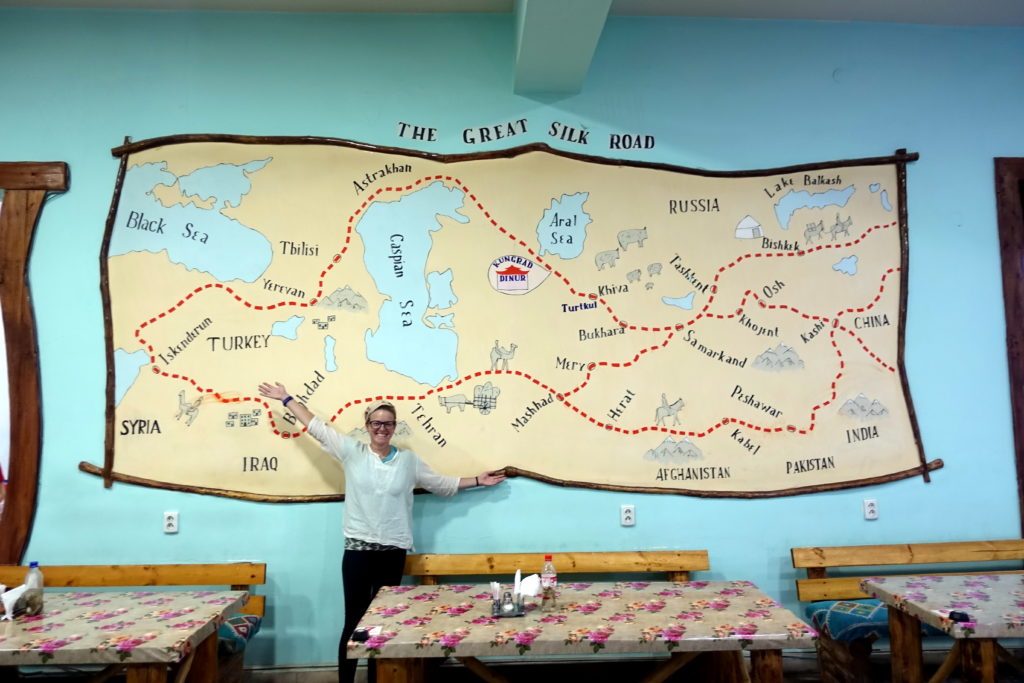
In case you are lost with Central Asia, here is a small summary of the silk-roads (the silk road concept is a little abusive and seemingly a romantic 19th century invention)
In Khiva, we simply asked the taxi driver from the stretch Bukhara-Khiva if he was interested to continue all the way to Aktau. We had also decided to get to Khiva as trains from there are more direct towards Kazakhstan than from Bukhara. As he was driving surprisingly safely (especially for an Uzbek), could speak a little English (useful when you are 10+ hours in a car) and was just behaving better than the previous drivers we had seen (from heavy smokers in the car to guys spitting chewing tobacco in the car, or drivers that look like they have various types of addictions…). He also kept on saying that he had driven 11 times from Bukhara to Moscow and back in the last few years, plus to Estonia, Sochi and a few other places (look at a map, these are huge distances for a taxi – almost 4000km one way!), so we just tried to motivate him to keep on going for a few more days! Because trains don’t run as frequently as in Europe, and are about as expensive as taxi and the Urgench-Khiva area not too exhilarating (that was so remote in the USSR that this place got chosen to be the soviet research and testing center of chemical weapons… you may have heard of the Novichok recently?)
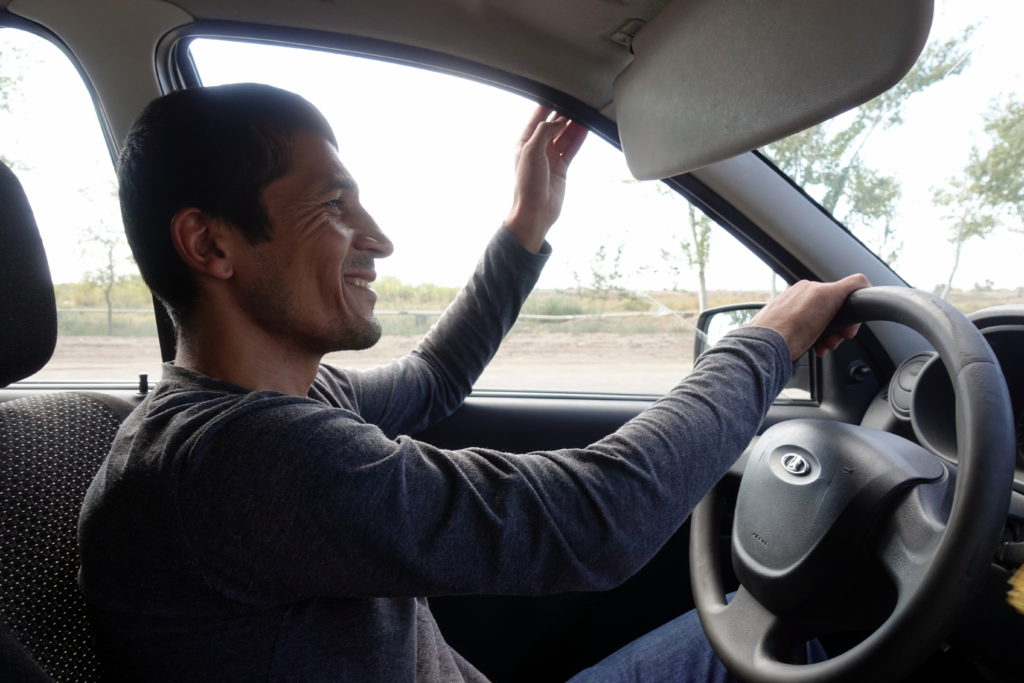
Driver #1! The safest and friendliest of the various ones in Uzbekistan, unfortunately his lada had done a bit too many trips across Asia…
He accepted to go up to the Kazakh border, but not further due to corrupt customs and a lot of fees involved to pass the border (it is always a lot easier by bicycle, and if they find a “problem” we have no problem camping between the borders until the “problem” is solved… I am expert at turning people nuts). This day, the 90s Eurodance music changed to Camel-riding music. We have no idea what the official denomination of this genre is, but just check a few videos – we figured that the music is perfect when you ride a camel across the desert  . By the way, this is not pejorative – we found the rhythm quite nice, although to be honest we often thought that the song would be about happily dancing in the desert, until we saw that the music-clip was actually more dramatic and had nothing to do with synth-rich journeys to faraway lands. The ride was seriously boring, a flat and never changing desert with nothing on the horizon but a gas station and restaurant every 50km. We really admire cyclists who bike that stretch, the ride is probably physically not too hard (at least with the shoulder season’s temperatures) but mentally extremely strenuous! Ah, and every now and then, between some camel-riding-music, comes the “What is love” song (you know, the one with Jim Carrey in SNL where he seems to have also trained his neck-movement on a camel – uh, now we understand why they play that song!).
. By the way, this is not pejorative – we found the rhythm quite nice, although to be honest we often thought that the song would be about happily dancing in the desert, until we saw that the music-clip was actually more dramatic and had nothing to do with synth-rich journeys to faraway lands. The ride was seriously boring, a flat and never changing desert with nothing on the horizon but a gas station and restaurant every 50km. We really admire cyclists who bike that stretch, the ride is probably physically not too hard (at least with the shoulder season’s temperatures) but mentally extremely strenuous! Ah, and every now and then, between some camel-riding-music, comes the “What is love” song (you know, the one with Jim Carrey in SNL where he seems to have also trained his neck-movement on a camel – uh, now we understand why they play that song!).
A few examples:
- That one, remember it has to be with at least 100dB in your loud speakers – note that we have no idea where they found trees for the clip in Uzbekistan!
- It’s probably hard to be more Uzbek than that one:
- or the more modern-Uzbek version
- Another one, we noticed that a lot of clips are about dying in a car accident – apparently an (unsurprising) usual fate in Central Asia. Also, there is a little bit of censorship in Uzbek music and music videos (something about preserving cultural identity), so women have to be perfect, men are the greatest, and policemen are the heroes of the country! The driving style is fairly accurate though.
- That one just to prove (again) that German rap music is compared to anything, really crap.
The only slightly memorable part of the landscape was the arrival on the shore of the Aral Sea near Kyrkkyz. The only problem is that the large Amu-Darya river (the Panj river from the Pamirs) is completely drained-out at this point, with only some remains of soviet cotton field delirium, and the Aral Sea simply does not exist anymore! The soils have become salty and have huge concentrations of agrochemicals on the surface making any sand-storm a serious chemical-hazard (also a good reason to not cycle across that desert). The sea is still present on our map, but the shore is now hundreds of kilometers away, some boats are abandoned there, and a few fishing villages have become ghost towns.
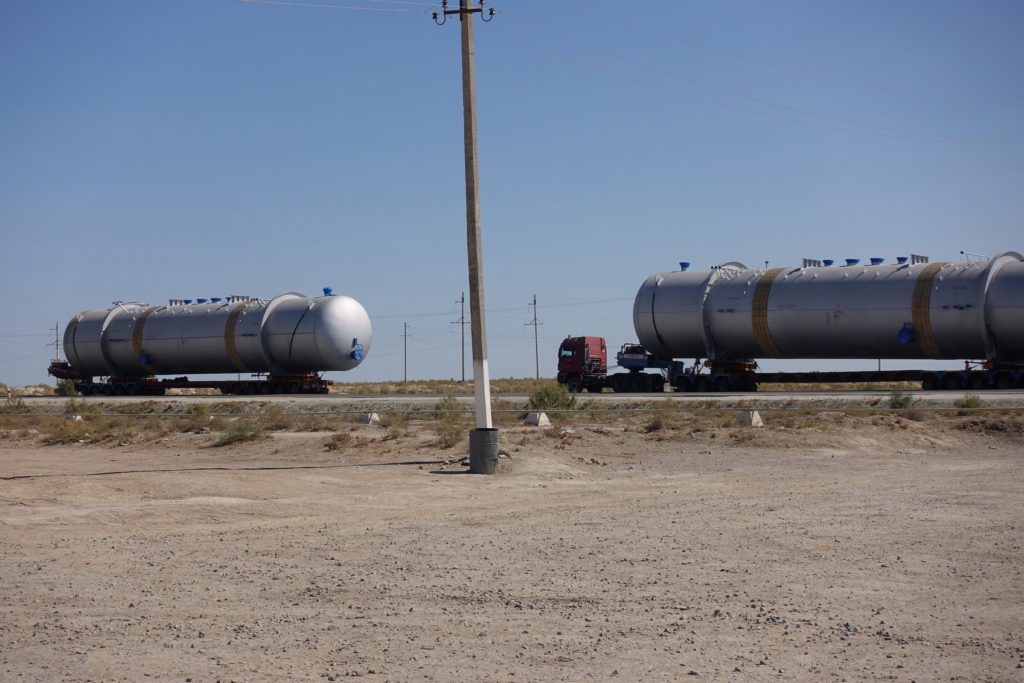
Uzbekistan is landlocked (even double-landlocked, a rare particularity shared only with Liechtenstein), so anything that comes in the country has to go through the road with incredible convoys (those trucks were coming from Estonia!)
Our driver had yet forgot something for the trip, that his car was running on methane – which is very common in Uzbekistan – on a car that also can use gasoline (Methane cars usually have two tanks). Methane being much cheaper than gasoline, he had apparently not tested using gasoline in a while… Problem, the gas stations in the desert only offer gasoline (although they also often don’t offer anything but a sign saying to try 50km further). So, after the switch to gasoline, our speed went from flying across the desert, to a more camel train pace (jerking forward, then stopping, then forward again). He started to panic that he would never make it back to Bukhara (now 1000km away) and stopped on the side of the road to transfer us to whoever would ride by next.
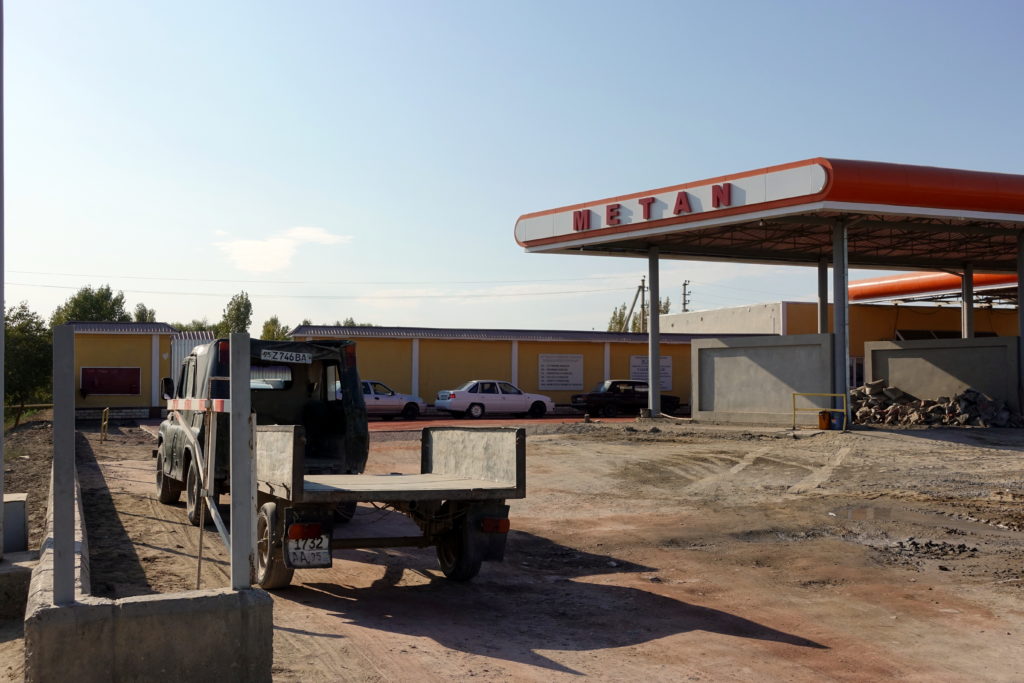
Sometimes there is Methane, sometimes you have to get to the next gas station, and sometimes your car has a problem in the desert when you realize that there’s no methane anymore!
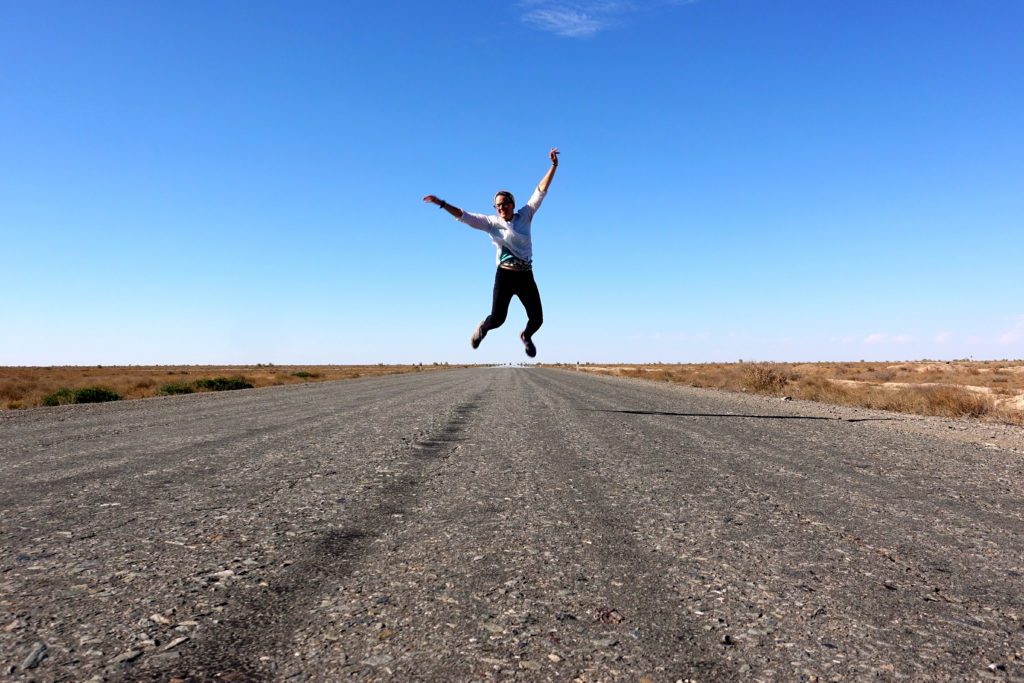
That highway is one of the two connecting Uzbekistan to Kazakhstan (and thus further to Russia and Europe) – well, there is not much traffic! Definitely no concept of “stockender Verkehr” for anyone listening to German radios.
We did not have to wait too long and moved the bike from an aging Lada to a brand-new Lada-Argus (also called Dacia Logan in Europe since Renault bought Lada), the new trendy car in these parts of Uzbekistan. The new car made the way to the border in a record-breaking time, with a much louder Camel-riding-music blasted in the stereo, and we wished a little for our previous, safer driver. We arrived at dusk at the border after 12h across the desert. The border was surprisingly swarming, although a little rough, with various traffic of people, merchandises, trucks, and whatever may be more interesting to get in one country than in the other one. Luckily, a nearby motel meant that we did not have to camp in the area.
We started in the morning with our bicycle for the few hundred meters going to Kazakhstan with a few wonderings. First, we were not sure about the hotel registration system of Uzbekistan – and because we had camped half of the time, we should have normally had to pay some extra taxes (although nobody really seems to know how that works in Uzbekistan, and everyone has a contradictory explanation about it). Second, the border is in the middle of nowhere, and the desert is just as boring on the other side of the border – so we would have to find again a way to reach Aktau (although no longer that far, cycling could now have been feasible in a week). Third, borders always make us a little nervous, especially with slightly rotten custom officers in Central Asia – Cassie is forbidden to talk to anyone as I am much better at schmoozing and becoming their “brat” (“bro”) for a couple of minutes. Cassie also really sucks at lying, so any question about things to (not!) declare come to me.
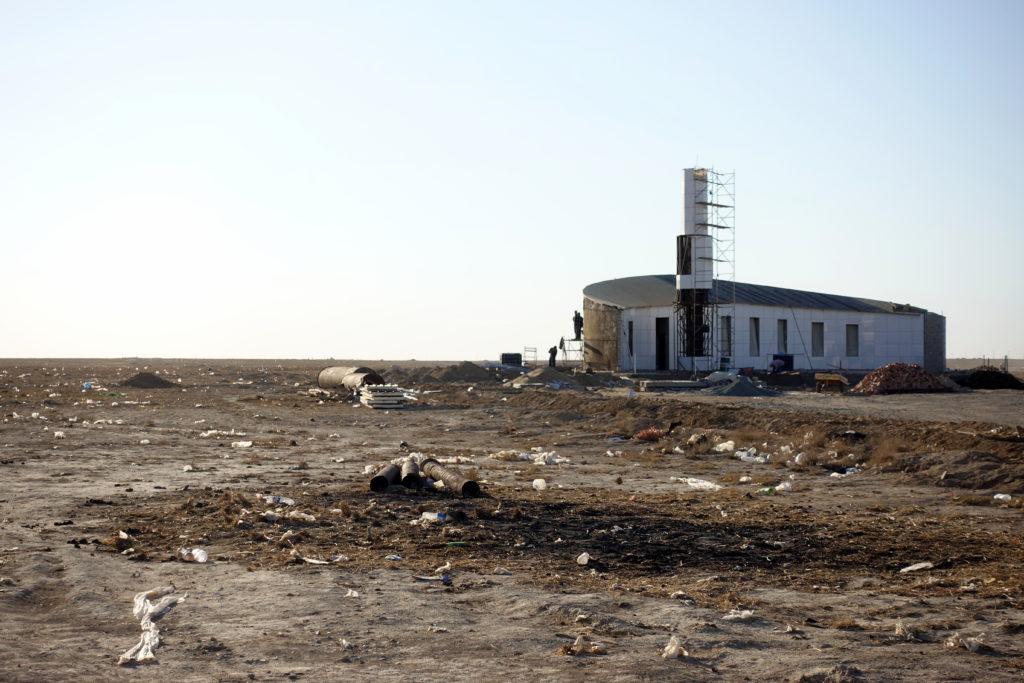
Yeah, we forgot to mention that taking care of the environment is not a top priority in Central Asia.
The queue of tens people behind the gates (actually. several long queues of tens of people each behind several gates) worried us as we again thought that it would take us the entire day to go a few hundred meters. We decided to just hop on the bicycle and take the lane for cars (again, official and unofficial fees for cars are high, so people rarely cross with a vehicle) and simply pass by the first waiting lines of pedestrians, sorry! At some point the technique could no longer work (especially as cars are almost dismantled and every corner checked), so we joined the pedestrians. Again, just like at the bank in Denau, it seems that being a Western tourist or a local VIP offers some advantages and the custom officer takes us with him ahead of everyone else, looking at us, while yelling “tourists, tourists”. We felt half-ashamed and half-relieved to go through the border so easily. While Cassie was showing the passports, I was chatting with the guards – ‘Uzbekistan very nice! Bayern Munich greatest soccer team.’ – resulting in basically no serious questions whatsoever, no question about the hotel registrations, and here we are, back in Kazakhstan!
The Kazakh side had a lot less fuss than the Uzbek side, but luckily several taxi drivers with relatively good-looking cars (the Dacia Logans / Lada Argus), so we tried to bargain prices to go directly to Aktau. Not much bargaining at the end as the taxis there seem to be all in yet another local taxi-mafia, apparently led by a Korean-Kazakh guy; there are surprisingly many Koreans in Kazakhstan, from yet another Stalin great idea to displace Koreans to the most remote corner of the USSR when they decided during WWII to attack the Japanese-colonized Manchuria and Korean Peninsula. Due to the following events in the USSR and the split of Korea, those Koreans remained in Kazakhstan.
We renamed our taxi-cartel baron Kim-Jong-Un (he seriously looked like his doppelganger, I swear that the North-Korean dictator has a back-up guy in Kazakhstan!) and basically gave us a price, arranged various drivers to move their cars and put our bags and bike on the car (I quadruple-checked the tightening of the tandem on the roof), gives orders and whereas we thought that some driver would apparently drive us, Kim-Jong-Un takes the wheel at the last moment and pumps-up the music. Kim-Jong-Un is not just the taxi-gang-supreme-leader but apparently, he is also a little psychedelic. That ride was thus with high-voltage, going at 140km/h between road, fine dust, sand and anything possible around a road, to sudden snack-stops, various random neighborhoods visits to his buddies in the villages on the way, some yelling in the phone to other taxi-drivers whenever the cell-phone network was available, etc. The other passenger in the car was apparently used to the circus, bought some strong beers, drank them straight, threw the garbage out of the window (the favorite garbage disposal technique in Central Asia) and passed out for the rest of the trip. We however tried to hold whatever we could in the car to remain seated with always some camel-riding-music at full level in the car.
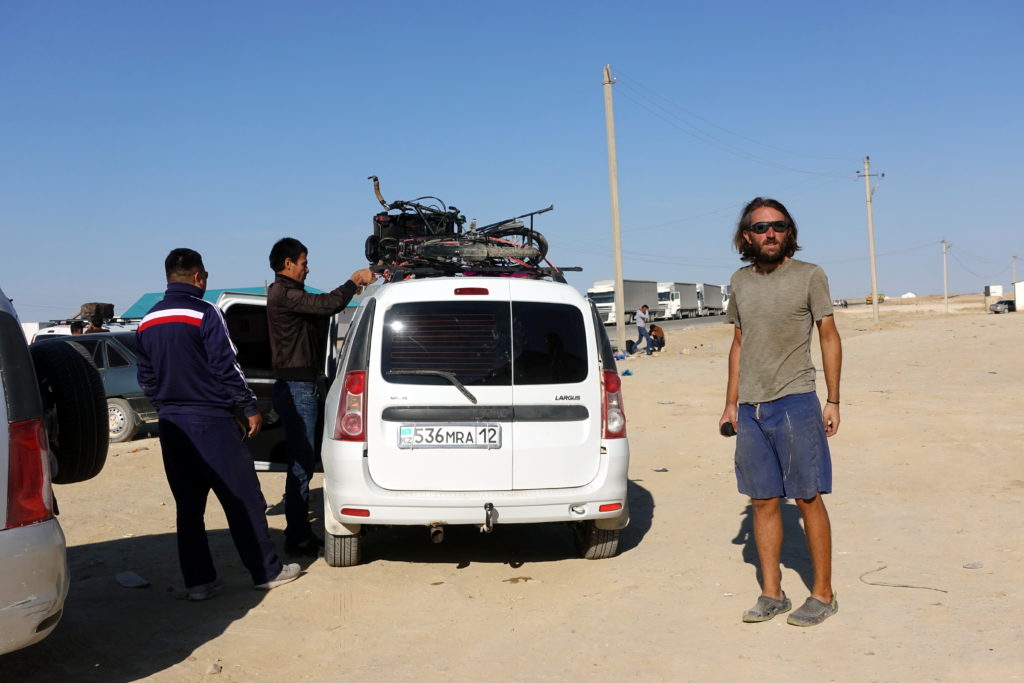
Kim Jong-Un, the guy we thought would be driving (getting orders from the supreme leader), and ‘the dude’ (minus robe and white Russian – note the cleanliness of the clothes after a few weeks in the desert)
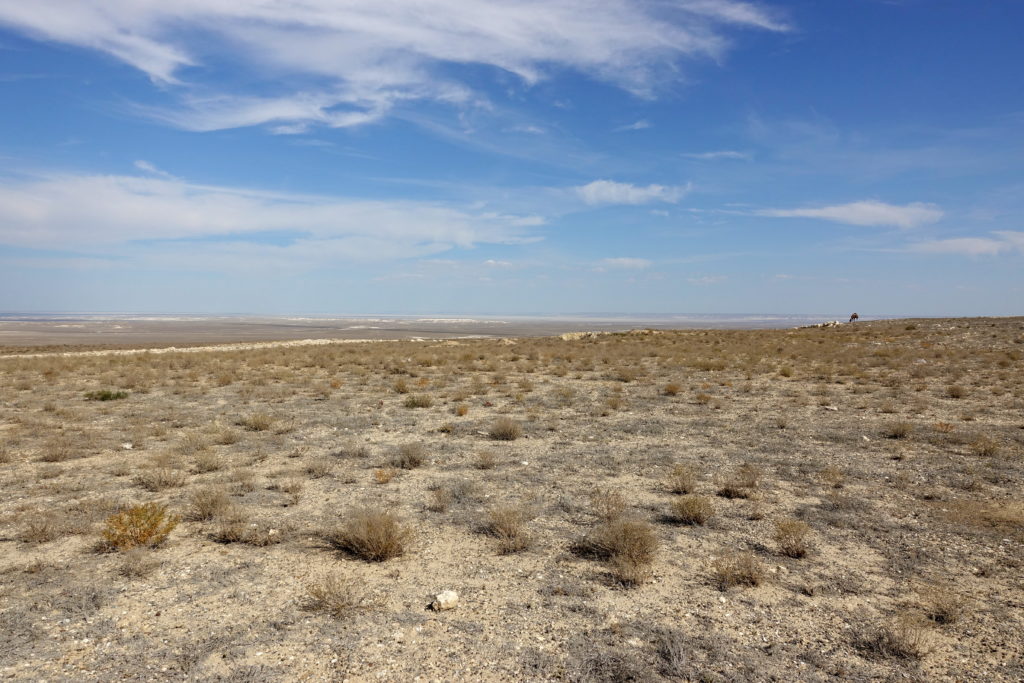
The desert of Mangistau (region of Aktau) gets actually more interesting with remote canyons and more varied landscapes.
Kim-Jong-Un decided to drop us off 20km before Aktau – absolutely not as arranged – but we were happy to leave the car and cycle an hour. Since Bukhara, we had just done 1700km of taxi in three days, and very important: we still had all our gears, and the bike wasn’t damaged (and the various cars had not crashed!).
Now that we were in Aktau, the long-awaited mission was to cross the Caspian Sea. This mission is actually a lot more difficult than simply taking a ferry across the Caspian. We had chosen that way to not have to take a flight (we are not against flying but the packing, airports, unpacking, getting in and out of airports, etc. is exasperating), and because the Iranian or Russian ways are a no-go for our passport combination (plus Russia would imply going through not so stable regions of either Chechnya, Ossetia or eastern Ukraine).
Being back in Kazakhstan meant first dealing with Kazakhs. Although we have had some great encounters, we felt that Kazakhstan was probably the country where people were the most Sovietized in a way that they act nonchalantly and simply do their business, and can be quite brusque. That means the first question you get from the hotel reception is for example “what do you want?” – well I didn’t come here to tell you about a Grimm-fairy-tale… You ask about any information, they don’t know, or they just tell you to go further, even for things that they obviously now (restaurants, ATM, etc.) – Aktau is not that big.
So, first things first, we check at the ferry company to see if they know where and when their ships are supposed to come (and possibly getting tickets) – we got told that one ferry leaves in 10h, the next one in three days. That completely contradicts the information we had from their own website, and also from satellite tracking data of the ships (the best source of information about ferry on the Caspian BTW!), but we get a bit of panic as we did not have the Azerbaijan Visas yet, we had to go grocery shopping and most importantly, we found out that ships no longer leave from Aktau but from a brand-new terminal 95km south near the small village of Kuryk, basically on the Caspian coast, but in the most remote location possible (which is already a big challenge given the remoteness of Aktau!). I start to freak-out and am ready to cycle the 95km in the evening (it’s flat so if we push that should be feasible in 4/5h and we can sleep on the ferry later…). Cassie is more reasonable and prefers to opt for the next ferry, so we head to a hotel nearby and after applying for our Azeri Visas, we go out to try to get both cash and a restaurant. With the information we got from the hotel reception, we got cash 2km away (we realized the next day that there was an ATM in a building across the street and had dinner in a Japanese restaurant – the only place interested to have guests that do not speak Russian.
In the next morning, quick check at the ferry satellite tracking – it appeared that the boats were stuck in some bay near Turkmenistan or in the harbor of Baku and Alat, so the information given the previous day was definitely wrong.
We piled up a large amount of food in a supermarket, to last at least three full days in the Kuryk terminal (if we had to wait that long), plus plenty of snacks for the length of the boat ride. Kazakhstan being way richer than the other Central Asian countries – pretty much only thanks to oil – they have a much larger variety of food in the supermarkets, yet usually still having an expiration date a few years ago (it’s always great to find sardines that have probably been fished a decade ago…), so we go a little crazy with goodies (me mostly, as evidenced by my purchase of a giant can of pineapple and coco-puffs).
We biked the 95km easily with a strong tailwind most of the way, which is also good because wind means that the ferries cannot cross the Caspian Sea. The USSR has had the great idea to use ships (some ancient German cruise ships, probably used in the Baltic during the 70s) on the Caspian that were not designed for the weather conditions of that sea. One ferry sank a decade ago due to rough sea conditions, so they know take extra care of the other sister-ship, i.e. whenever there is wind they stop!
Arriving in the ferry terminal was surprisingly as the terminal seemed huge with railways, large roads and parking lots, completely new buildings, hotel, docks for 5 ships, etc. and the plans to expand the place even further. Only problem, the whole place was completely empty except two other cyclists, their (well-behaved) dog and a lonely guard. The two cyclists had already been waiting for 24h due to exotic information, so we were about to join in the waiting. In Kuryk, you have to remain extra relaxed, because it is not just that there are no information, there is also nobody that could possibly provide any information – so you wait in an empty building with a guard who is just here to strictly tell you to not cross a line on the floor of the building (seriously). The evening goes on, we cook noodles in the terminal, we sleep on the floor of the terminal, we walk around the terminal, we just cannot get into the terminal because that means we would have to cross the line. Only event of the day, some Georgian truck drivers slam the door of the terminal in the middle of the night, are clearly drunk, aggressive, yell at everything and everyone and want to get someone for the tickets (we thought) – we had heard and had been warned about Georgians, slightly rough, now we had them live… and not a good sign for that country a few days later (if we cross the Caspian at some point). Because there is nobody, they obviously cannot get tickets so go back to their trucks (and brandy).
Second day, still nothing going on, except two Germans driving back from Pakistan in a van join us in the waiting terminal. Late at night, an Australian who apparently had a different source of information arrives on a road bike, completely exhausted after a 300km (!) bike ride across the Aktau region and pretty much collapsed of tiredness.
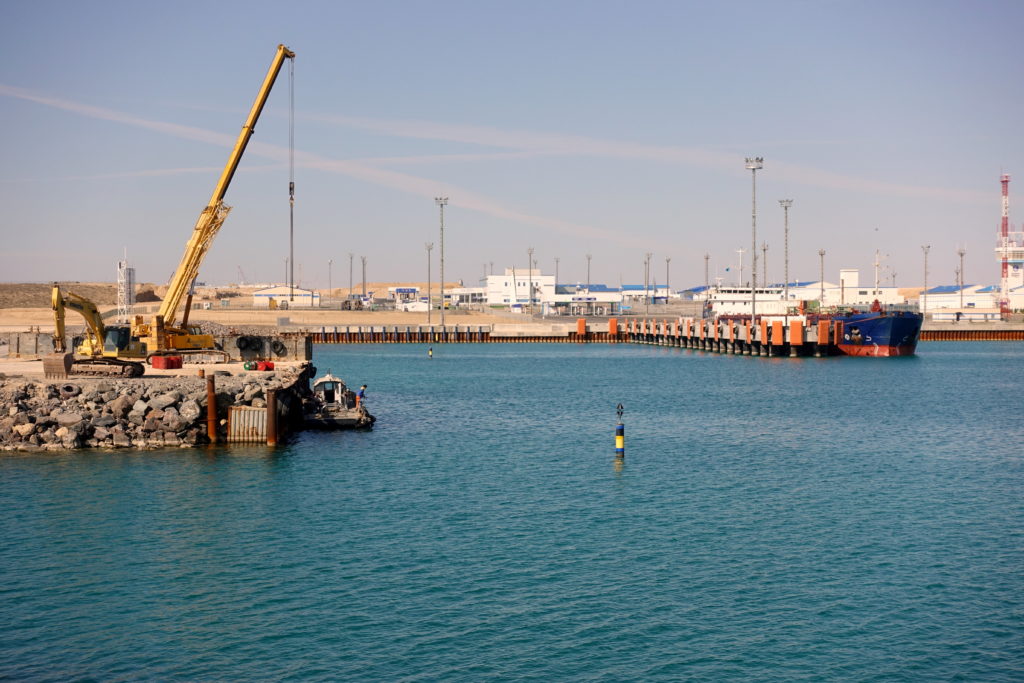
The terminal has so much traffic – possibly maximum a boat per day – that it really needs to be expanded.
1am, the guard wakes up everyone in the terminal to tell us that the boat leaves in 2h so we have to pack – that seems insane given that the satellite tracker still gives a location hundreds of kilometers away.
2am, four guys arrive in the middle of the night to open the ticket counter and all ferry passengers have to buy a ticket – they behave like the local ferry-mafia, they get our cash after weird exchange rate calculations: officially we have to pay in Kazakh-Tenge, but today they prefer dollars so calculate the exchange rate Tenge-Dollar and then the rate Dollar-Tenge, so our ticket just got 5$ more expensive – we have nothing to say about that.
3am the ticket counter closes (and won’t open again). If you had missed your only chance to be in the terminal between 2am and 3am, you apparently cannot get in the boat (still not here btw).
After yet another check of the boat location, we decide that the information is bullshit and we may just go back to sleep (although the ticket sellers told us that we’d board in two hours). At 8am, there is still nothing going on, no boat on the horizon. 10am, the guard rushes-in and we must cross the line of the building IMMEDIATELY! We pack quickly and can finally see the other side of the building, were it happens that there is another fancier terminal behind with tens of ticket counters (and tens of employees obviously never doing anything because the tickets are sold an hour per week during the night), a restaurant (that probably works 10min per week because nobody is allowed to cross the line the rest of the time), and the urgency of getting into the boat becomes a lot less urgent. At this point, Cassie is lost in udder confusion because the second terminal was much nicer and appropriate for a 48h wait – but that’s how it works in Kuryk. The boat finally arrives though, and we board at 1pm, the inside of the ferry is about as chaotic as the terminal, you get to enjoy meeting more angry-drunk truck drivers from Georgia, and your decades-old cabin. Once into the boat, we have at least some hopes that the ferry will leave someday, and it does after more hours of waiting in the port. We had waited only 2 full days, thanks to a storm that had delayed the boat that was supposed to leave 4 days before. This isn’t so bad given some horror stories of people who had waited over a week there, but the Kazakh/Azeri organization and behavior is just hopeless (this ferry route has been running for decades, and no one seems to know who/what/where/when/why about the ferry). Again, they are lucky to have some oil to pay for some fancy constructions and people working to just wait and do nothing.
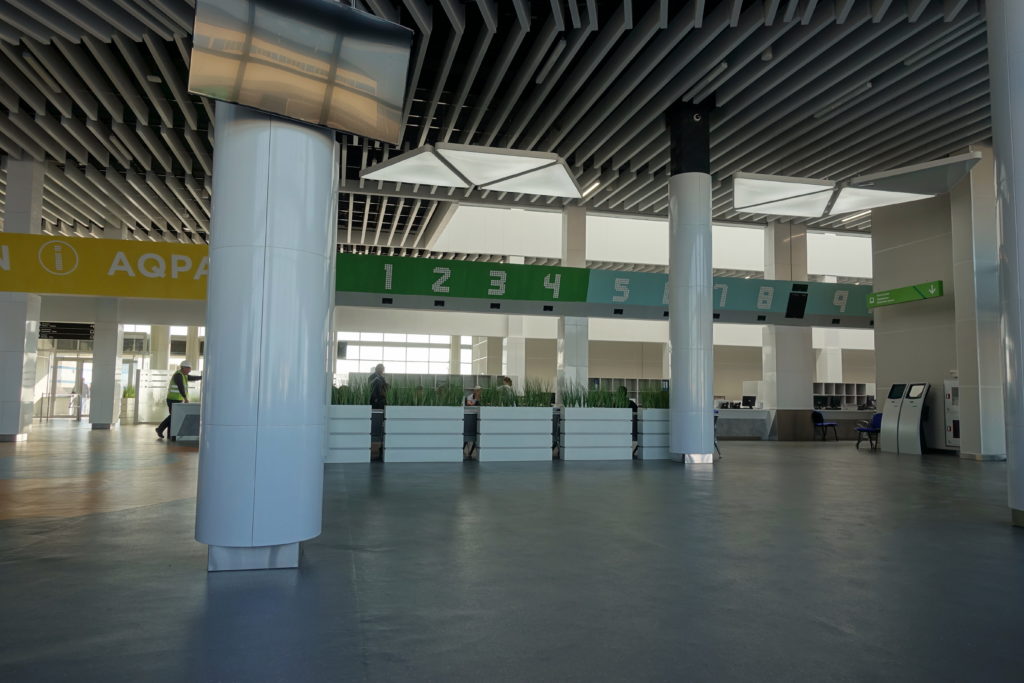
This is the second, larger terminal that we weren’t allowed in until shortly before boarding. Ticket counters 1 to 9 (it goes up to 40). Unfortunately for the employees here, tickets got already sold the night before by some other people between 2am and 3am. It seems like they yet again won’t have to do anything this week!
The ride across the Caspian is quite pleasant and smooth, with regular meals provided (well, the same meal – chicken and noodles – provided every few hours), we thus sleep, snack and relax. We wake up the next morning seeing the Azerbaijan shore (more the oil derricks and platforms all over the sea and the coast), so we have hopes to actually land soon after. Bad news, the boat simply stops in the sea ten kilometers away from the port, and more waiting, more waiting until the early afternoon when we finally get into the port. The Azerbaijan terminal seems about as unorganized and useless as the Kazakh one. Large, new, shiny, also 70km south of Baku in the middle of nowhere, and again completely empty. The 20 passengers can disembark after some more waiting in the terminal, and now comes the customs. You would imagine that ten custom officers would deal with 20 passengers once a week fairly quickly, but we get our visa stamp after over two hours of – well, we have no idea whatsoever. But with our passport stamped, we can finally get out without much problems (here also, the Azeri customs are also known for their own interpretation of laws, and Azerbaijan not being the greatest democtature, they have some weird restrictions).
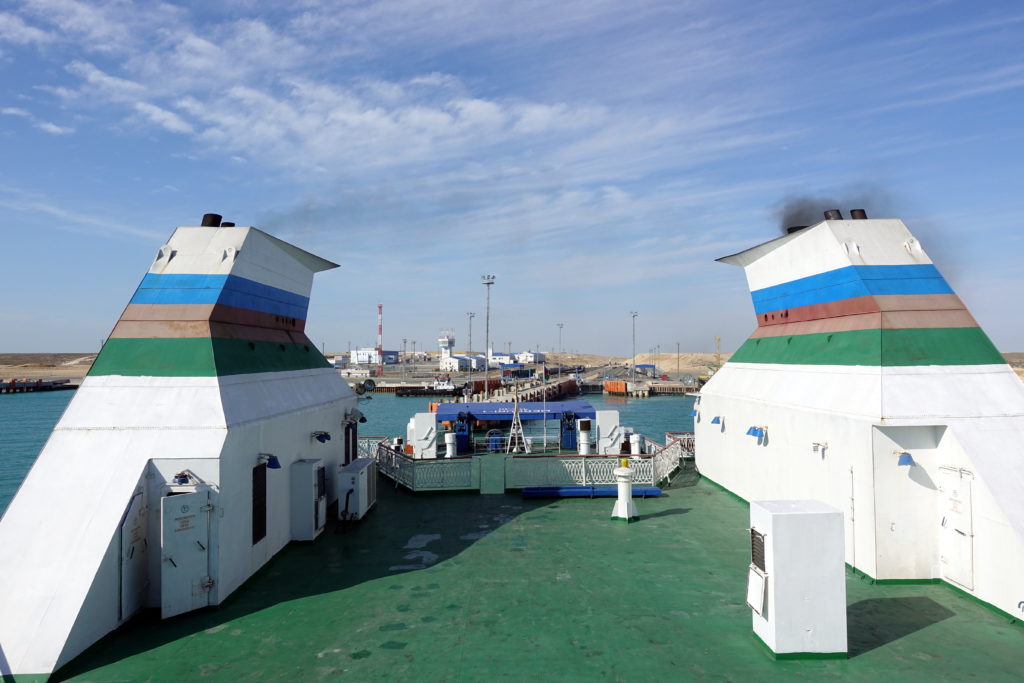
Finally leaving Kazakhstan – not sure if the boat will make it across or come back in a few hours though.
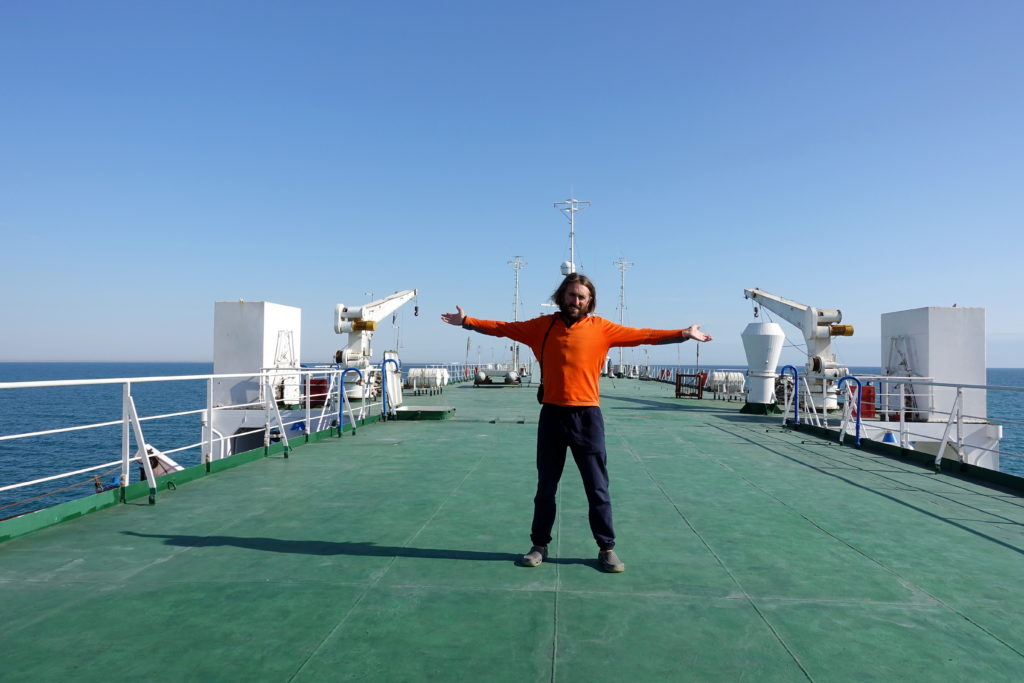
No longer sure what to do anymore, Kazakhstan, Azerbaijan, jump off the boat, go swim with sturgeons, become a Georgian-truck-driver?
Just before sunset, 4 days after arriving in Aktau we have reached Azerbaijan. The whole area is shockingly rich in oil, you can literally see some fuel/tar on the ground wherever something was dug, but yet the first villages are shockingly poor and in a total state of disrepair. For the first time this year, we also got asked by kids for some money… not the best impression of Azerbaijan, especially after the generosity of the remote communities of Tajiks and Kyrgyz. We cycle up some hills and a few kilometers in an area of mud-volcanos and methane flames burning literally from the soil, we are joined by the two other cyclists and two Germans in their van from the boat for our first night of camping in Azerbaijan, in yet another unearthly landscape.
]]>The next morning, we got our things ready – leaving the non-essentials at the hotel – and headed out to the taxi stand in Qarshi. In Uzbekistan, there are some ‘formal’ (this term is really loose) yellow taxis who will quote a price per kilometer, or ‘shared taxis’ that will take a group of people going a longer distance. Some men will drive a certain route between cities as their job, or people use the opportunity to make a little money through carpooling. Basically, any car that is not yet full (of humans, bags, or sheep [yes, we have seen sheep]) can be turned into a taxi just by waving at it.
The hotel owner was kind enough to drive us to the taxi stand in the morning and negotiate reasonable price to get to Samarkand ($4.50 per person for a 2-hour ride). Once our car was full, with two other riders, we set off. Just as we were pulling onto the road, I made a joke to Cédric asking whether we needed to pray for getting to Samarkand safely (because we’ve seen how reckless Uzbek drivers are), but right on cue, the three other guys in the car raise their palms to their face and say a short prayer. I suppose it’s the Uzbek form of ‘Jesus take the wheel.’ Our ride was fast, and I had white knuckles the entire time. In Uzbekistan (and the rest of Central Asia), there are few to no seatbelt regulations, so the back seat of older cars have no seatbelts (I guess that save a few dollars of the car price…), and the two in the front seats don’t wear theirs either. Even if there is a police checkpoint, the belts are utilized for maximum 2 minutes as drivers go past, and police checkpoints are fixed, so all year-long at the same place – in short, seatbelts are a complete nonsense for an Uzbek. To complement the lack of safety, the ability to pass people seems to be an extension of manhood (my observations), so at every given chance, the driver will accelerate, no matter what the current speed is, no matter the road condition, no matter the traffic, no matter how close to the limits the Lada currently moves. I was uneasy barreling down the highway in the middle seat without any sort of protection. Cédric, however, managed to pass the time by nonchalantly playing games on his phone – “There’s not much I can do anyway, so Alhamdulillah!”.
Once we arrived safely in Samarkand, we dropped our things off at our guesthouse and then went to explore the city. We first stopped at the most iconic part of Samarkand: the Registan. Located in the heart of the city, the Registan is composed of three separate madrasas, dating back to the 15th and 17th centuries. As soon as we stepped into one of the buildings, we saw that the renovated buildings are now used to bunker dozens and dozens of souvenir stalls. I suppose in some sense, it’s nicer having them contained rather than sprawling all over the streets. Afterwards, we wandered to Gul-e-Amir, a mausoleum of Timur the Lame, a 15th century ruler. Uzbekistan revers Timur as its greatest hero, but the rest of world agrees to say that this ruler was seriously insane – he killed during his reign 5% of the world population… History is full of controversial figures heroes somewhere, madman a few hundred kilometers further. For lunch, Cédric and I got the tourist experience by getting ripped off by a restaurant that conveniently didn’t have a menu with prices (meaning that we had the most expensive plov so far), we probably had spent too much time with trustworthy Tajiks and Kyrgyz.
The rest of the afternoon was spent near the Afrasiyab area, peeking around more madrasa, mausoleums, and the late President Karimov’s tomb. It was a bit weird to sit with Uzbeks who were praying and crying over this man’s grave, particularly because we wouldn’t consider him a saint (another slightly violence-loving Presictator whose multiple human rights abuses is just the tip of the iceberg). Towards the end of the day, we managed to slip into the Shah-i-Zinda necropolis and see some beautifully tiled mausoleum of some important historical figures. We rounded out our day meeting up with two other cyclists going towards New Zealand and swapping stories of our journeys over dinner.
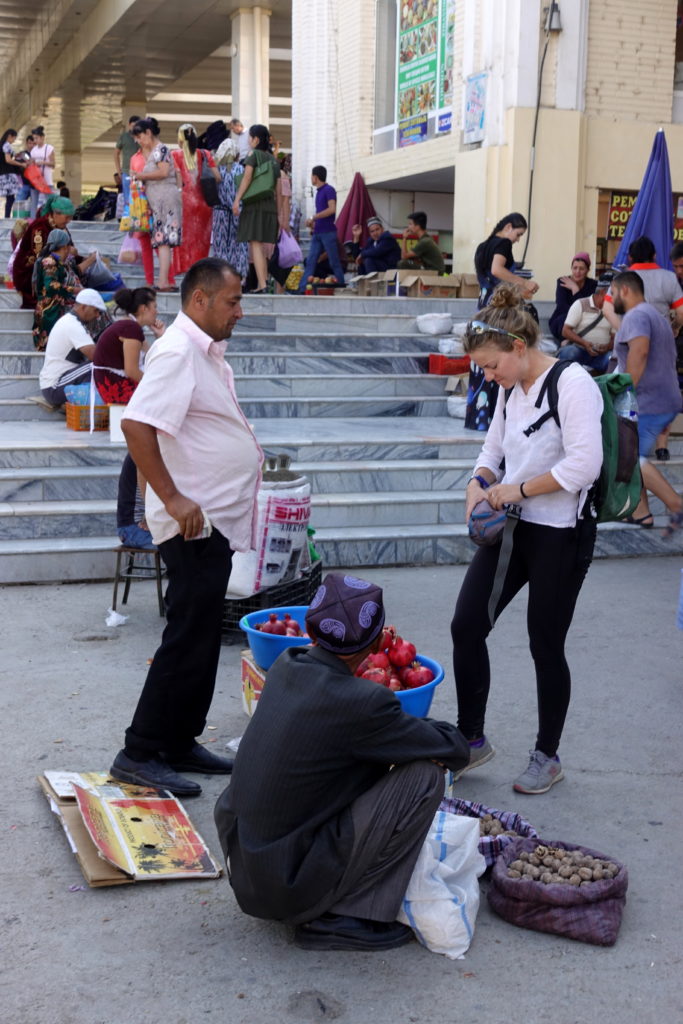
Haggling for a pomegranate (pomegranate trees started popping up along the road in Tajikistan and have been following us ever since)
The next day, Cédric was revisited by Uzbek soup stomach, wondering what the volume of the intestine can possibly be (probably some type of weird cornucopia in there…) so we decided to take it easy in the morning and enjoy our guesthouse. Once it was time to leave, we needed to find a taxi to get back to Qarshi. This time, without the aid of an Uzbek to negotiate the prices, and in a city used to have a lot of wealthier tourists not regarding their expenses, we were having difficulties. We went to the nearest taxi stand in the city center and immediately, the taxi drivers were quoting $50… multiple times what we paid to get there. Negotiating down to a reasonable price was also impossible; after I told the driver that the price was insane, and we would only pay what we paid the day before, he smiled and said, “Ok, ok, 500,000 som” (which is $60). Realizing that we were getting nowhere, we left the taxi stand and started asking Uzbeks on the street how they would get to Qarshi. It took about an hour, but we managed to find a taxi that would take us to a taxi stand on the outskirts of Samarkand, where the Qarshi taxis were located. Once there, we piled into a car and sped off towards the south. Thankfully, this guy had an older car, so we weren’t barreling down the highway with impunity.
Back in Qarshi, we arrived while our host was still working, so his brother stopped by to let us into the hotel. As he was fumbling with the gate keys, he mentioned that he’s an English teacher and if we were up for it, we could join his class, so they could practice their English. As it was the early afternoon and we had nothing planned for the rest of the day, we agreed to go with him. In the classroom, we were pummeled with questions about our personal life that were a little difficult to answer (What is your job? How big was your wedding? What is a food from your region?). We had a very topical chat about the difference in relationships in Western Europe and Uzbekistan, highlighting that weddings rarely exceed 50 people (and plov isn’t served), children are not expected within the first year of marriage, and divorce isn’t as taboo as it is in Uzbekistan. Since most of the class was young girls, I really wanted to encourage them to go beyond the relationship questions, pursue a college degree, and emancipate themselves from the patriarchy… but, ah, well we could only go over so much in 20 minutes. We nevertheless had to think a couple of times about our answers, even to questions that seem to innocent…
- Food in Bavaria? Well, sausages and beer! Damn, we are in a Muslim country, you are not supposed to eat that and drink alcohol! (So it became about Toulouse and eating ducks all day long!)
- What are your hobbies? Reading! Ah, yes, I forgot that boys can play whatever they want outside, but girls must be more serious…
- How do you want your family to be? Uh—the husband and parents decide…
- Do you want to travel or study abroad? Ah, yeah I forgot the limitations of Uzbek passports…
In the evening, we rested, had a delicious borsht, and Cédric managed to puke it back up again a few minutes later (but he enjoyed the dinner though, we got used to have multidirectional food capacities). This only enabled him to get a second portion of chocolate sponge cake.
The next morning, we set off for the next touristic town: Bukhara. Once we left Qarshi and started back on the main thoroughfare, the number of villages and farms started to thin out rapidly. After about 20 kilometers, it was just us and the steppe. Not ones to learn our lesson, we stopped for lunch at a roadside café and had a helping of mutton kebabs and tea (including a bit of rumination). In the afternoon, we cycled into Muborak looking for fuel and food to make it to Bukhara. We were surprised to learn that most of the cars and trucks in Uzbekistan run on methane or propane (our ah-ha moment for understanding what the red tanks were under most trucks), so gasoline would be a bit harder to find. On the other hand, that was a good justification as why were all the cars having so clean exhausts! We had very few black smokes in our lungs over the last hundreds of kilometers in Uzbekistan, especially compared with the previous countries running on crappy cheap fuels (ever heard of some unfiltered sulfured octane rating 80?)! As we were searching every service station, we were also followed by two separate drivers who cared about nothing besides getting multiple pictures of the bike. We got used to random pictures over time but having a series of phones stuck in our faces while trying to get information from gas station attendants exceeded annoying, especially when several film-makers continue to follow you blind-driving in several cars for several kilometers….
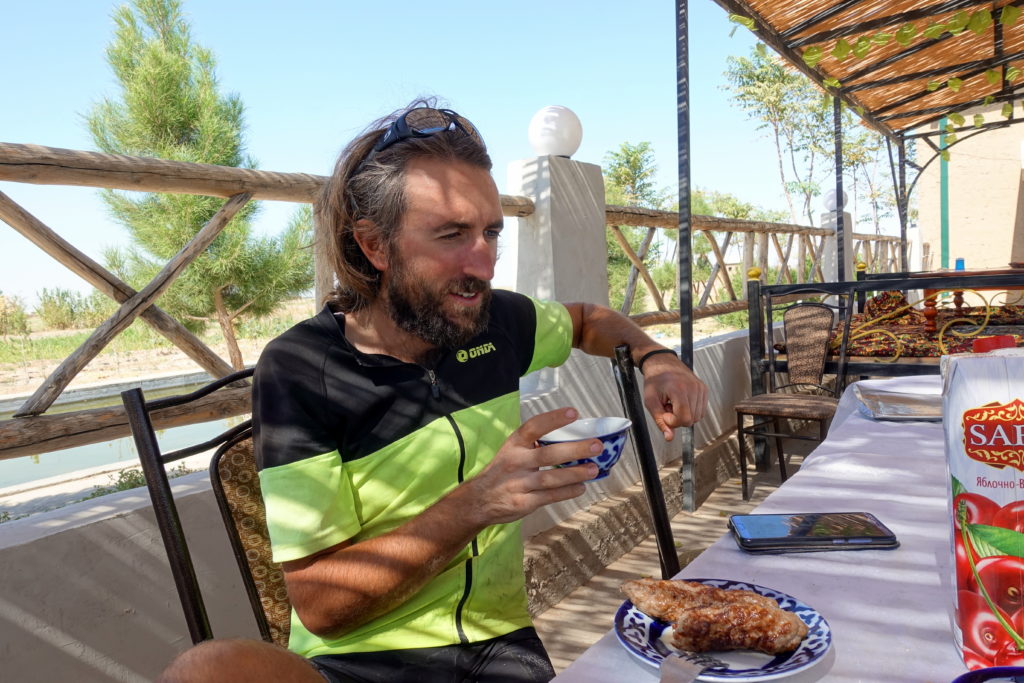
Lunch kebabs – we tried to listen to the Uzbek method of liquid meals, but replaced soup by (safer) packed juices
About 10 kilometers outside of the town, the steppe was turning into a real sand desert, so we followed a dirt road to where it looked good for camping (i.e. protected from the wind and far enough from a road to be incognito). As we were making our dinner, two shepherds and their dogs showed up (the dogs first, barking at us furiously) to see what we were doing. We were obviously wrong at believing that no one would find us there in that corner of the desert. But here, generally, no one cares whether you camp on their land, especially if you smile, are in a good mood and try to make a conversation in whatever language you feel like – and usually at most, they’re amused to see cyclists. We exchanged a few words with the shepherds and then went to sleep for the night.
The next morning, we got up and cycled the last 50 kilometers to Bukhara. Along the way, nothing too interesting happened – we cycled over a few small hills and through the steppe, with cars enthusiastically honking every few minutes. Before we rolled into the city, we stopped for a burger lunch – finally, FINALLY an option that wasn’t meat skewers or mutton stew (sorry for local recipes!). Now satiated, we continued cycling the last few kilometers on the busy roads to our guesthouse in central Bukhara. Once we reached our destination, our stomachs took a turn for the worse, so we spent a large part of the afternoon visiting the bathroom and complaining about our situation. By nightfall, we figured that we should see the city, so we walked to the main square and found another restaurant that didn’t serve “national dish, Plov.” We had so much of an aversion towards Plov that whenever a restaurant tout was trying to sell “the national dish” we would just smile and know that we would boycott that place. Again, Plov is not inherently that bad, but after two months of it…well, just imagine eating spaghetti-ketchup twice a day for a couple of weeks! We found ourselves eating dinner in a nicer atmosphere compared to Samarkand- older buildings still existed with their original architecture – rooms with high, decorated ceilings and shaded courtyards.
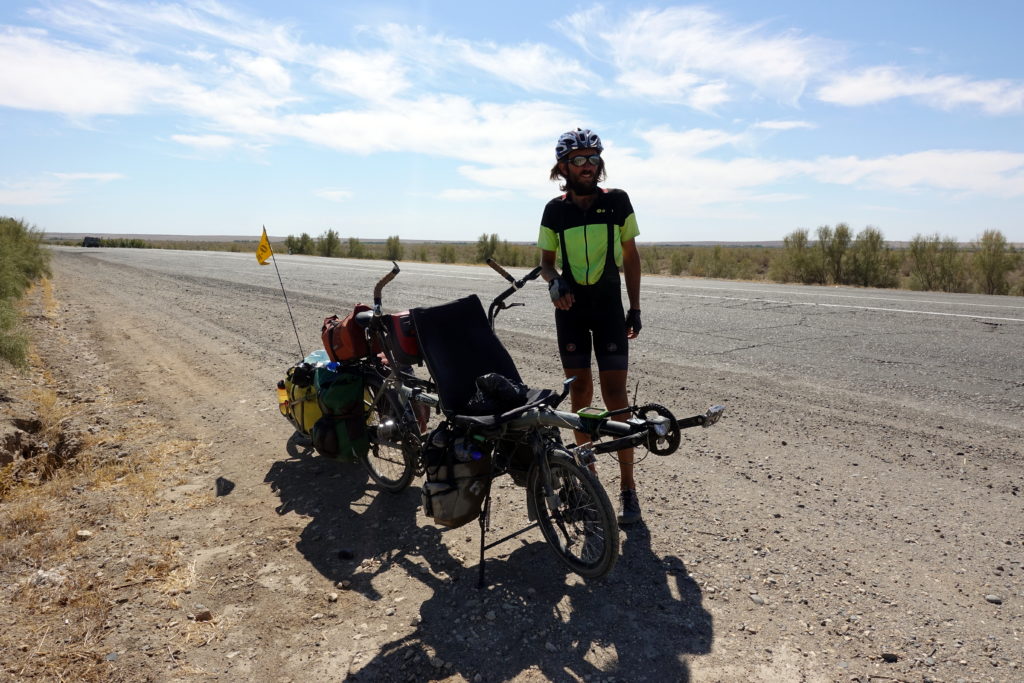
There’s not so much to see in the desert (whoever has already used cycling bib-short may understand why the arrangement of clothes has changed…)
The next day, Cédric and I wandered throughout Bukhara and saw many of the attractions – the Lyab-i-Hauz, the Ark, and most of the madrasa and mosques. As in Samarkand, the souvenir vendors occupied the courtyards and were selling their (sometimes) handmade wares – after seeing so many carpets, pillow covers, silk clothes, etc., it was difficult to not want to bring something back with us, but the constraint of a 3mx3m on the bicycle trailer made us remain reasonable, although it would have been pretty cool to have a Persian silk carpet on the floor of the tent, right?
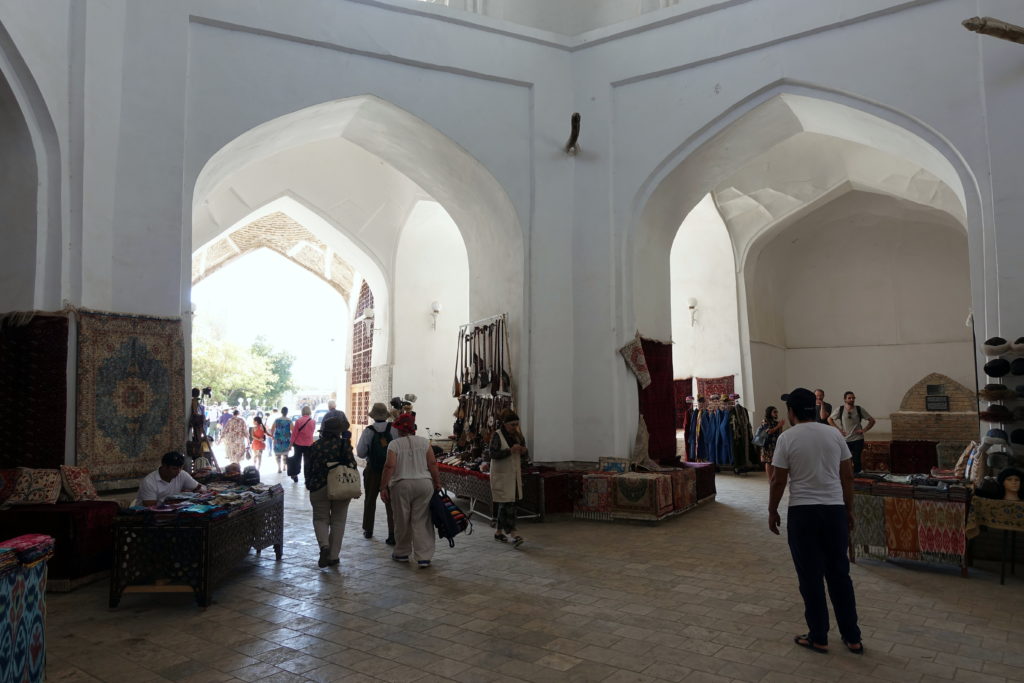
Souvenir sellers. The average age of tourists in Uzbekistan is about double that of Tadjikistan’s. It is easier to go through Mosques than the Pamirs.
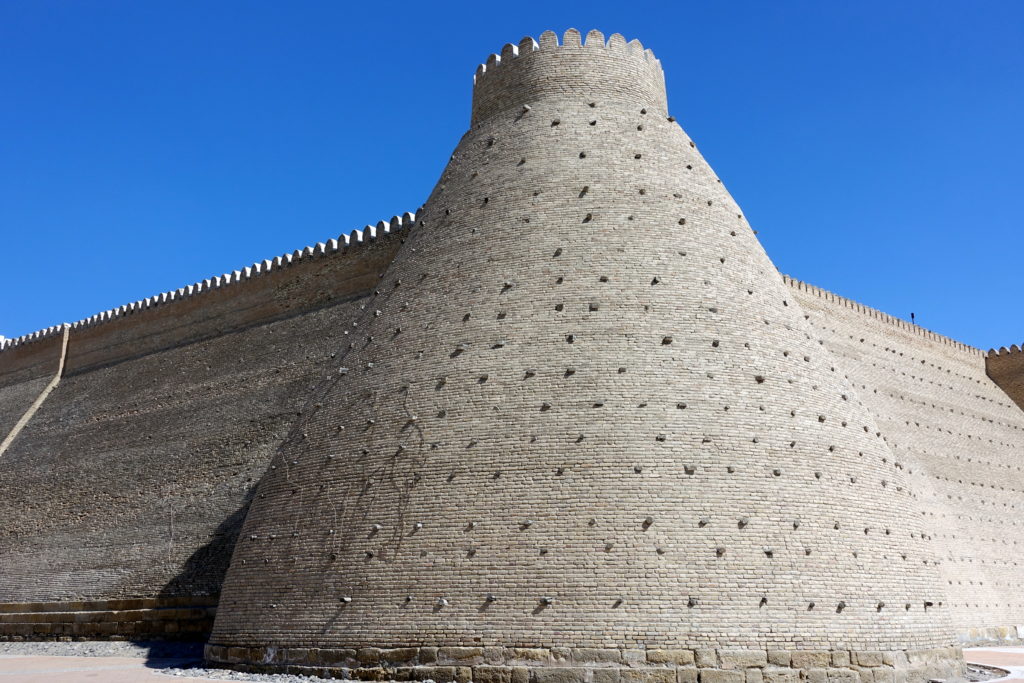
Outside of the Ark (aka. the fortress of Bukhara – we also thought that given the name, it should have been some type of arch)
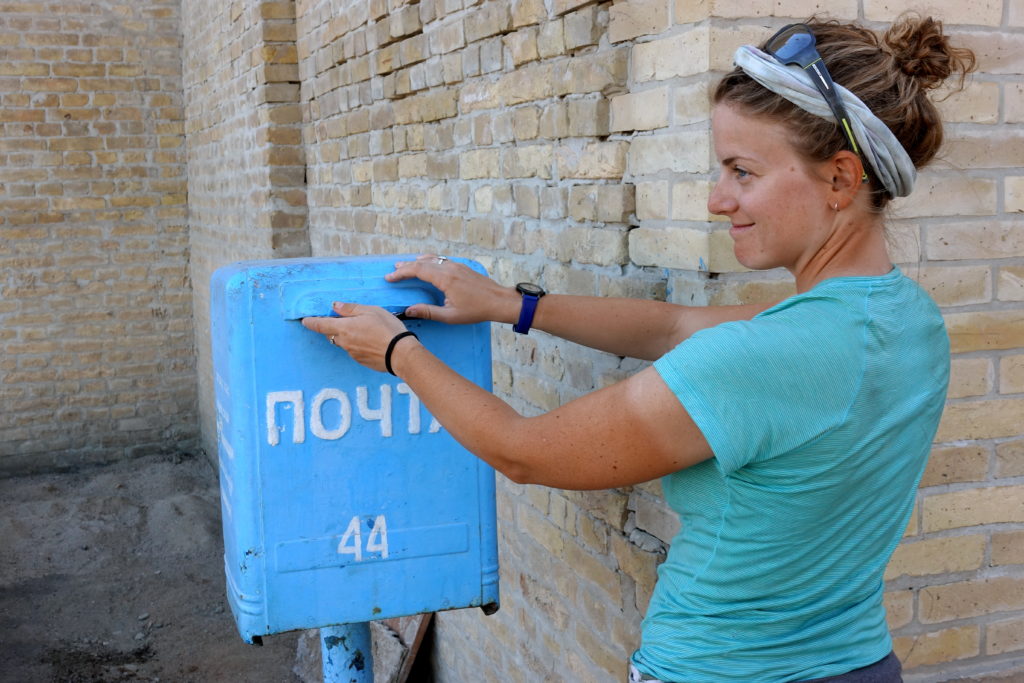
This is the first mailbox that we’ve seen in a long time… here’s to hoping that our postcards make it!
We ended our day with spiced tea and a dinner that didn’t showcase grilled meat (I think I even managed a vegan meal, a big challenge in Uzbekistan).
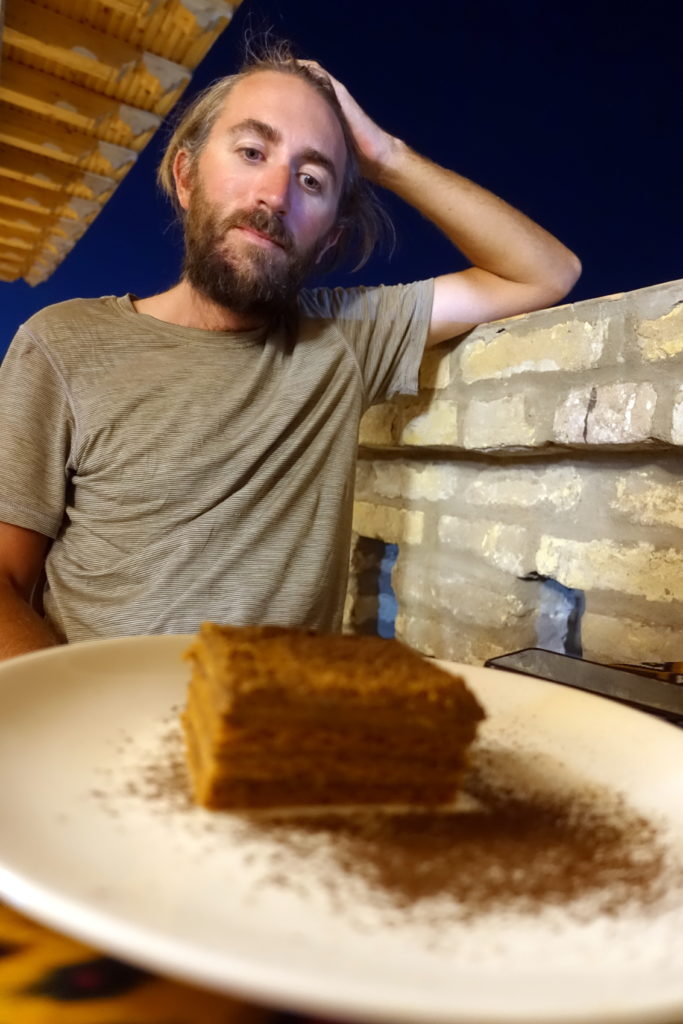
A chocolate cake for Cédric. We cracked the budget on a fancy very-improved (although it’s not too difficult) meal!
Eager to see more of Uzbekistan’s cultural highlights and less of the desert, Cédric and I decided to take a taxi to our final touristic destination in the country: Khiva. After weighing our options, which was either cycle the 450 kilometers in the desert or somehow manage other transportation (either train or taxi), we opted for the easier route. Reading a few trip reports of other cyclists who took the train, it wasn’t certain that our bike would fit, and trains run only a couple of times per week. So taxi was the last option, and surprisingly taking a taxi for 6h isn’t much more expensive than two train tickets. We told the guesthouse owner our plan and he offered to call a guy he knew to drive us. Before the driver arrived, I envisioned him driving a large SUV with great suspension… but, as luck would have it, he showed up with a Lada well into the six-digit kilometric figures. Rolling with the cards we were dealt, we mounted the Hase Pino to the top, roped it down, and hoped for the best. At 9:30 in the morning, we were off, flying down the highway and blasting 90’s Eurodance music (our driver chose the music, although my inner 8-year-old commended him for the Ace of Base and Aqua tunes). Somewhere along the way, we passed a lonely Italian cyclist and filled up his water bottles. He told us the ride was boring like you can’t imagine (we could imagine very well, even flying at 120km/h was seriously dull) but he had lots of time before meeting-up someone in Kazakhstan.
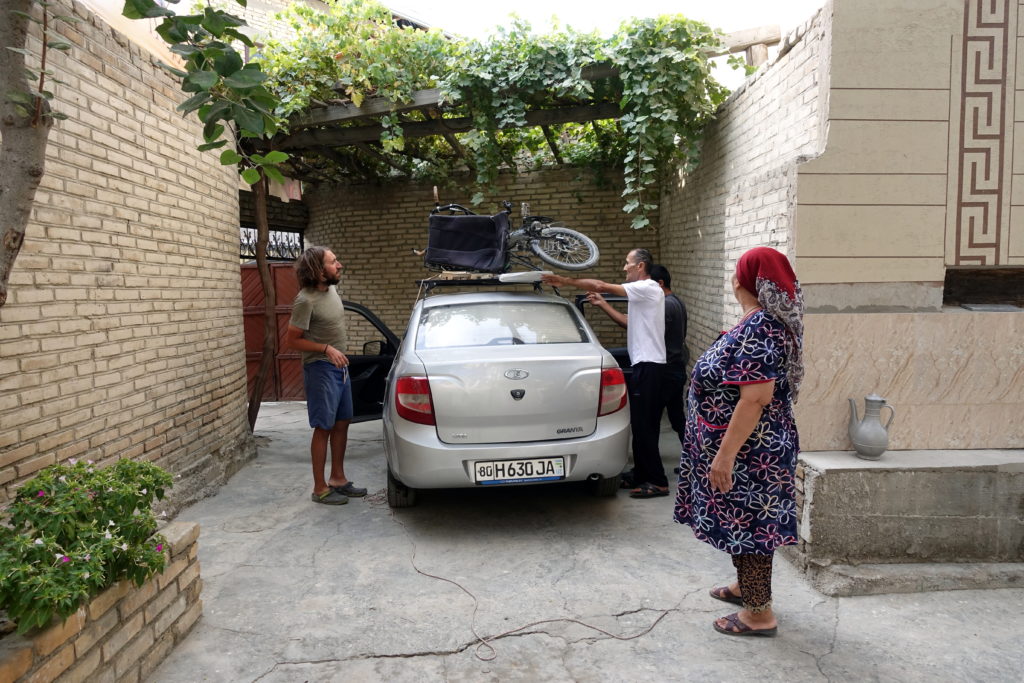
We managed to fit the bike onto the car, but forgot that it needed to leave the courtyard (see gate height) as well…
In the late afternoon, we arrived at our guesthouse in Khiva and quickly wandered to the walled city to sightsee before sunset. Just like Samarkand and Bukhara, there were multiple tiled madrasa that spotted the city, but in Khiva, there were also a few palaces and mausoleum to visit. Just as the sun was setting, we walked along the city walls and had a great view with all the building aglow. Khiva has put in place a one-ticket for the whole city monuments (outrageously expensive), but the employees in charge of controlling the tickets are also outrageously lazy (plus most of Western tourists have guide and travel in tours which pay the fee), so we just decided to look determined, walk-in and go from a palace to madrasahs and other monuments for several hours without having ever had to pay anything. Khiva was yet probably the city we enjoyed the most as it has kept a more authentic character, monuments haven’t been too modernized and upgraded (like in Samarkand where it felt a bit like an amusement park), there are a lot less tourist-groups (it takes a while to drive there and they would probably have to drive the same way back towards Bukhara). Khiva is so remote that it has maintained a smaller city character, that has in addition banned cars from its historic center (yuhhuh!). You could almost imagine some caravans of dromedaries reaching the oasis after days of thirst between the Karakum and Kyzylkum deserts (both combined are about the size of Texas or France).
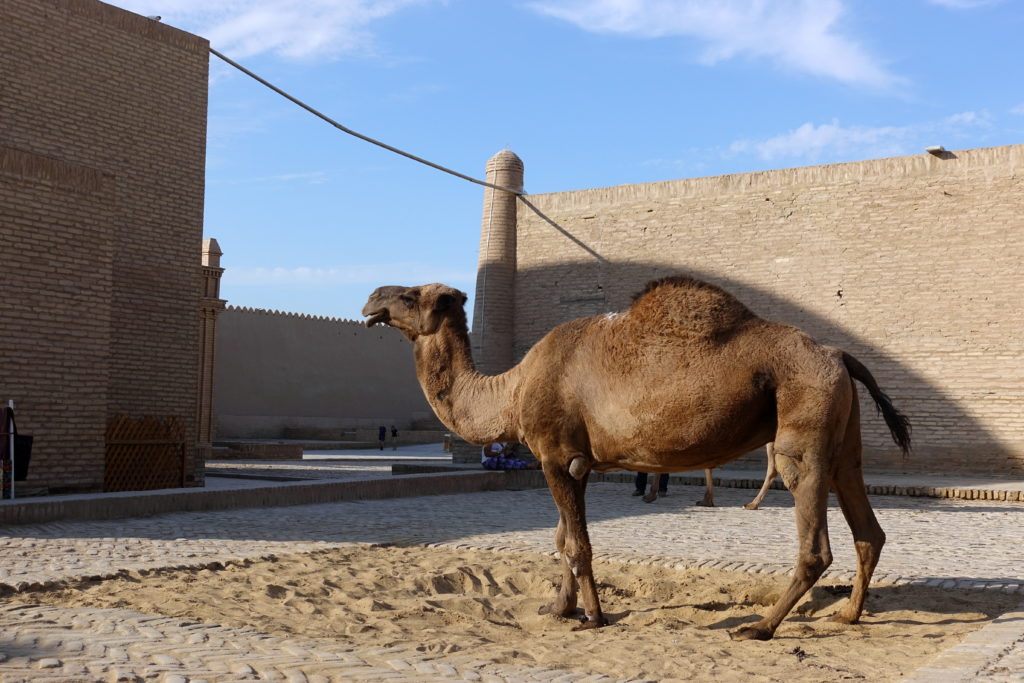
Camel in the street. Actually a dromedary but okay… (Bactrian camels are really bigger and two bumps)
]]>
Uzbekistan has tried for decades to fight inflation – and succeeded in making the financial and banking system a nightmare for normal people by limiting the possibilities of international transfers (both cash and electronic), while simultaneously closing eyes on a corrupt elite using foreign hard currencies (part of the cause of inflation). A vicious cycle that seemed to get better since the death of the previous despot (ahem, president) and a new more liberal president since 2016.
When Cédric and I crossed into Uzbekistan, we traded the rest of our Tajik Somoni with Som (Uzbek ‘cym’ in Cyrillic, but a different Som from the the Kyrgyz Som the Tajik Somoni), which was a confusing ordeal. In Som, the value of our cash needed for a week ran into six or seven figures, but most of the bills were still only 1,000 Som. As we were trying to count our money from the exchanger, one guy gestured that it was useless and pointed to the sky. Allah is watching, he won’t cheat you. Before we left Denau, Cédric went to the bank to find more cash for our trip because we heard that money for foreigners was difficult to come by…
Uzbekistan remains nevertheless THE problematic country with currencies. Because international ATMs are rare in the country (inexistent in most towns, and you can be happy if a city has one functioning), we decided to pile up notes in Denau – to make sure we could last until at least Bukhara. We hoped to have about 300 to 400$ in local currency to be able to survive for the next few weeks and cover any surprise costs. That means getting about 3,3M UZS in notes (i.e. getting 70 notes if we are super lucky, and up to 33.000 notes if we aren’t!). The hotel pointed us the direction of the famous ATM, a few hundred meters away. First surprise, the ATM only accepts Uzbek cards (which we obviously don’t plan on getting), but some locals tell us that it’s not a problem, it’s all inside. Short look around, there are tens (possibly a hundred) women queuing to get into the bank! And it’s only 8:45, the bank only opens at 9am. Slightly depressed about the idea to spend the morning desperately waiting for a pile of paper, I understand that all those ladies are waiting for their weekly paycheck (or their husband’s, since they prefer to smoke and drink tea – bank stuff is not a task for men! More in another post about men in Central Asia…), and that they basically waste half a day per week to get their cash. 9am, the bank opens – big rush, almost a riot to get into the bank, so they close the metal gates a few seconds after opening. The manager stares outside and spots the town’s VIPs – he points at me and brings me right ahead of everyone in town. Mixed feelings between relief (we might be able to cycle today) and shame (a non-negligible percentage of Denau looking at you, passing in front of the line. No yelling, riots or tomato throwing, it seems normal that the Nomenklatura is privileged here). I was hoping that things would be pretty fast now as I am literally the first customer of the day (and three employees are at the counters), but first thing they tell me to sit down in the waiting room, before one guy brings me to a booth and asks what I want. Well, get some Uzbek cash – I am not yet ready to apply for a mortgage here! A few papers to fill, a bunch of questions, and he tells me to go back to the waiting room. 10 minutes later, another employee comes and same procedure, same documents, not the same booth though, but this time it looks like the person is going to need a special authorization from a supervisor. A little more waiting before another employees gets a credit-card terminal, and the transaction is accepted – I have never been that close to get some bills! But, the cash is in the safe room, so a manager only can get the money, the employees fills a bunch of documents to (I guess) give each other the authorization to get some cash. More waiting, even more waiting, and a manager arrives with 300$ in 3 notes of 100$! I don’t care about USD, I want some Uzbek Som! So, back to the waiting room, because they don’t have enough UZS (that’s about 2,8M Som – again usually given in 1000 Som notes). Same procedure of documents to give each other the access to a manager able to open the safe, more waiting and the manager brings me to the underground of the bank where cash is stored in plastic bags and piles of notes accumulate around the cash-cave-dude. It’s been over an hour of documents filling, authorizations and waiting – and they haven’t served any other customer yet, so some ladies start banging on the windows out of desperation. After a few more signatures, I hit the jackpot and get my piles of money that I had to hide into … well try to imagine where to put hundreds of notes in cycling shorts without getting beaten off by all the rioting ladies in Denau!
At 10:30 with all our cash, right before we set off on the road, we noticed that the rear tire was losing pressure – our second flat – so we had to pull off the road and repair the tube. Almost as soon as we stopped the bike, about 10 men ages 10 to 65 wandered over to watch us repair the flat. By now, Cédric and I are used to attracting an audience, but the presence of 10 gawkers is nevertheless annoying- so I shooed the first group away before 10 more showed up one minute later. As I was applying the patch, one guy called out, ‘Ooh, special product!,’ which made me wonder how bike tubes were repaired in this part of the world.
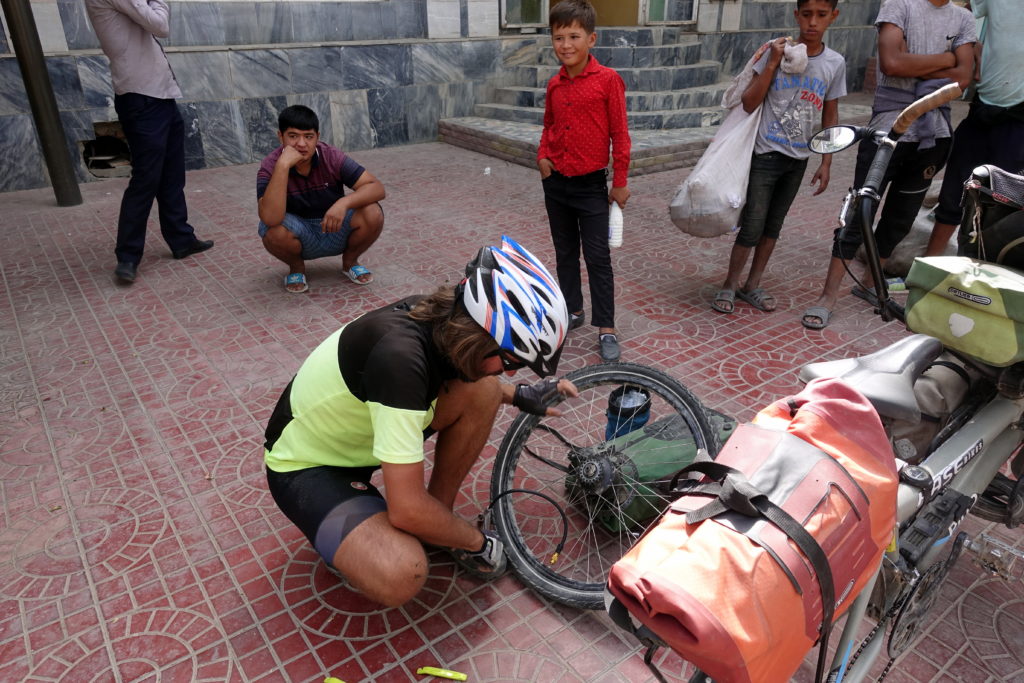
Fixing a bicycle tube, big attraction of the day in Denau, especially when using a glue patch – apparently something never heard of! (bikes are mostly for kids around here anyway…)
By 11am, we finally left Denau and started cycling southwest. We were first surprised to have to share the road with so many cars and trucks. We were initially hoping that by choosing this route, we would be able to avoid most traffic because it didn’t look very populated on OpenStreetMap. However, we were very wrong and small towns and cotton fields lined the entire road. For lunch, we stopped at a small restaurant (patronized only by men, the norm here) and while we were eating soup, an older man came over to our table and professed his love for us (we assume based on his gestures). He then went to the shop next door to buy us some chocolate bars and ice cream. As we were leaving, Cédric grabbed the attention of another table and was invited to take selfies with the guys while posing with their beers (we tell everyone that we’re German, so that’s probably why).
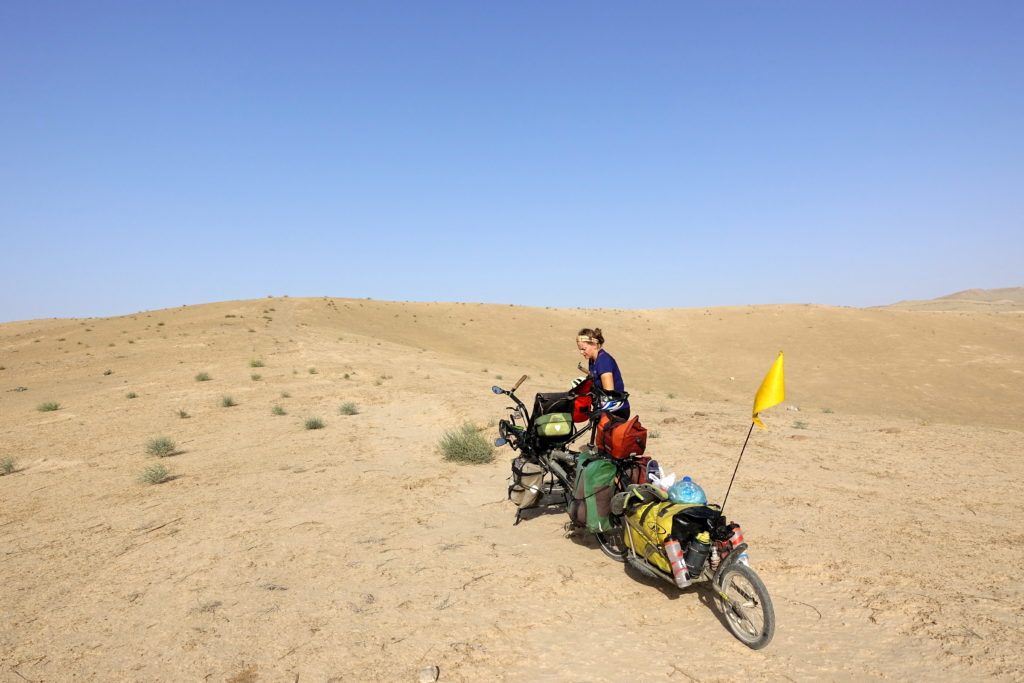
Almost ready to leave in the morning. We haven’t been bothered too much by other campers in Uzbekistan!
As the day progressed, the cotton fields transformed into the dry, golden foothills of some remaining bits of the Pamir range. Since there was still a lot of particulate in the air, we could barely make out the mountains we had to cross for the coming two days. Towards the late afternoon, Cédric and I found a dirt road on the side of the road and followed it until we found a promising campsite on a hill. We thought we were far from anyone’s view, but a shepherd found us around sunset and said hello. More so than in Tajikistan, the men in Uzbekistan wanted to talk with Cédric and ask him questions – they only ask me if we have children.
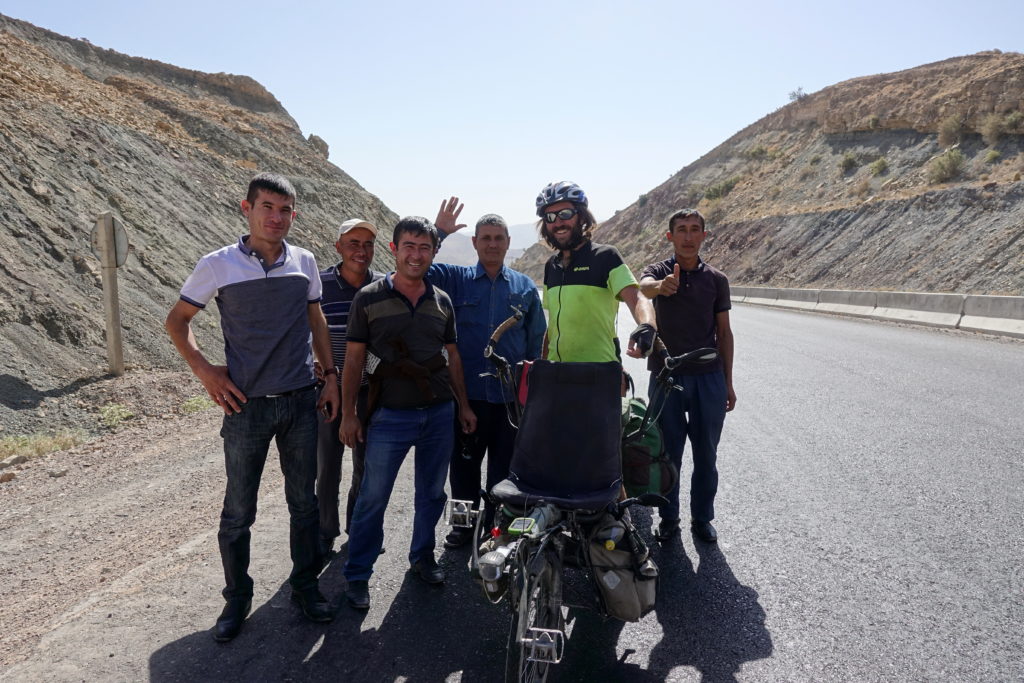
Like many other Uzbeks, they stopped on the highway because they really wanted a selfie (with our camera!)
The next day, we set out to cycle over the hills and get closer to the flat desert – something that we’ve been dreaming of over the past month. As we rode up the hills, we crossed more shepherds herding sheep and were honked at by more than a few friendly locals. When Cédric and I crossed from Tajikistan into Uzbekistan, the first difference we noticed is that the Uzbek drivers love to honk. On the road, we learned that it’s to get attention, but that could mean honking at a car pulling out onto the street, the gas station attendant (more often, to get you to move after filling up), or some cyclists on the road. However, the honking is insistent – they won’t give up until you flash some gesture of acknowledgement. This cultural trait is initially charming and fun, but quickly becomes wearing after the 50th car follows you, just beating on the horn until a hand is raised. Once you have waved hello, they press the throttle and go back to their speeding habits. The only problem is that car drivers don’t realize that while they see a cyclist on the road once a decade (probably), we see a noisy car a couple of times per minutes, and it happened a few times that people tell us “I’ve seen you on the road” (there are not so many roads anyway) – but we definitely never remember cars passing us!
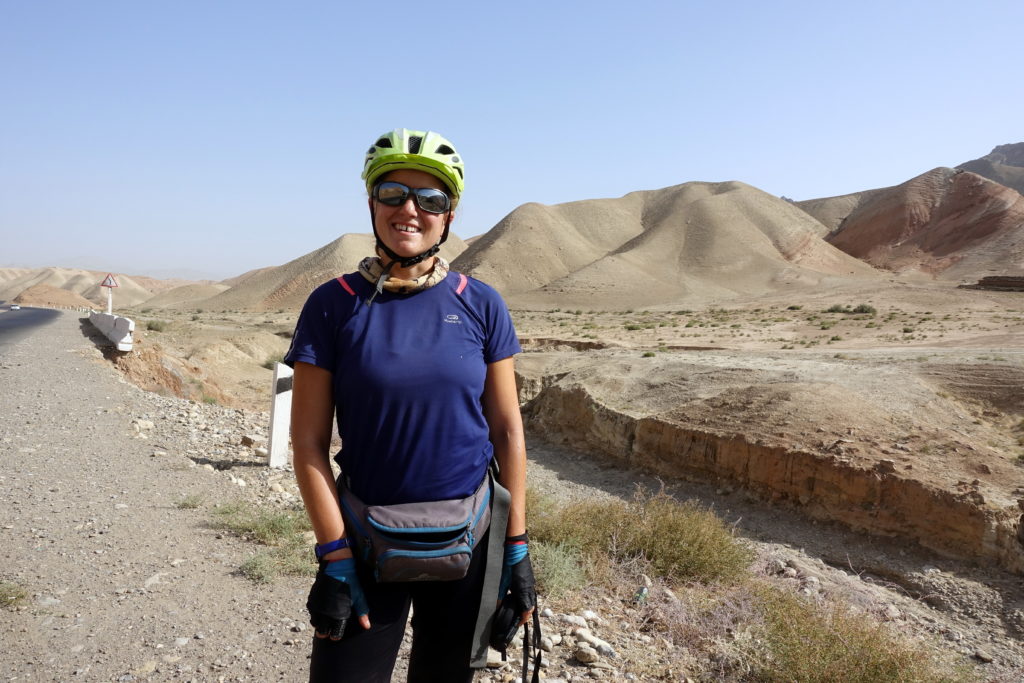
Still no trees on the horizon. Luckily the autumn is an enjoyable season in Uzbekistan – right between sun-burnt summers and freezing winters
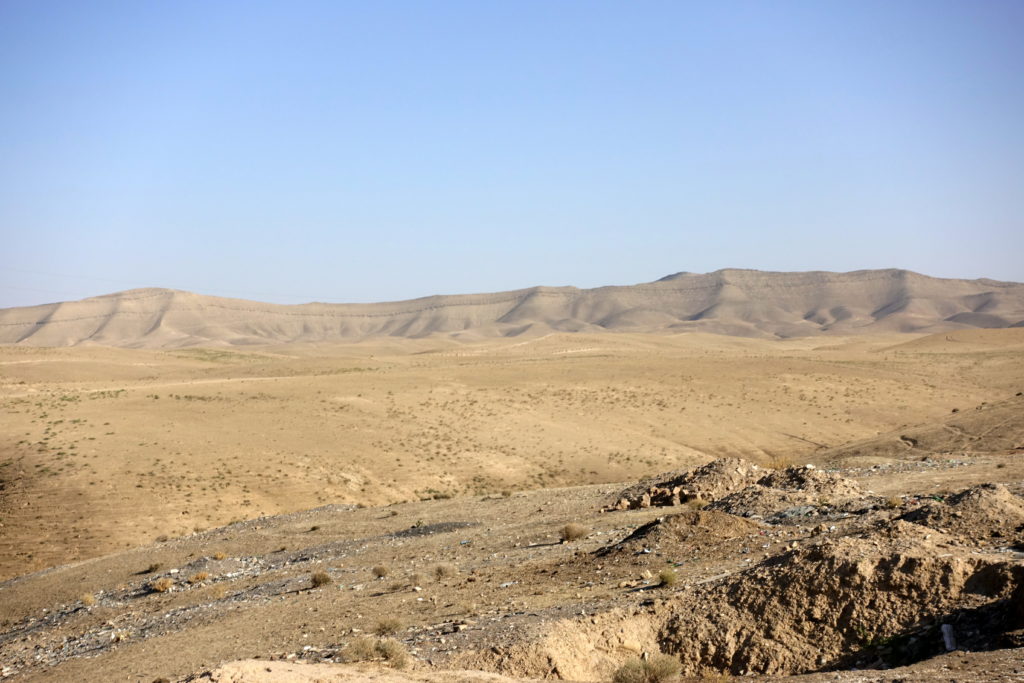
In the afternoon, after stopping for lunch in Boyson, we followed the road downhill, stopping to buy apples and pears from the sellers on the side of the road. We found a somewhat secluded place to camp for the night.
When we awoke the next morning, Cédric and I were excited to finally make it down to flat lands by the end of the day. However, this journey meant cycling over more hills to get there. We set off early in the warm Uzbek sun to conquer the toughest part by midday. On this stretch of road between Denau and Guzor, the number of villages and life on the dusty hillside seems almost improbable. I suppose that surroundings are more fruitful and good for livestock at other times of the year (i.e. when there’s rain – the statistics are clear for June-October: it never ever rains!), but the sheer number of buildings supersedes the number of farmers – so Cédric and I were trying to guess the local economy while riding through the area. Just as we reached the top of the first hill – we decided to change out the front tire which was slowly forming a split sidewall (thank you Schwalbe Marathon, the exact same delamination issue every few thousand kilometers even if we change our tires way more often than we should!). I wasn’t too keen on the tire exploding while speeding downhill on bad roads.
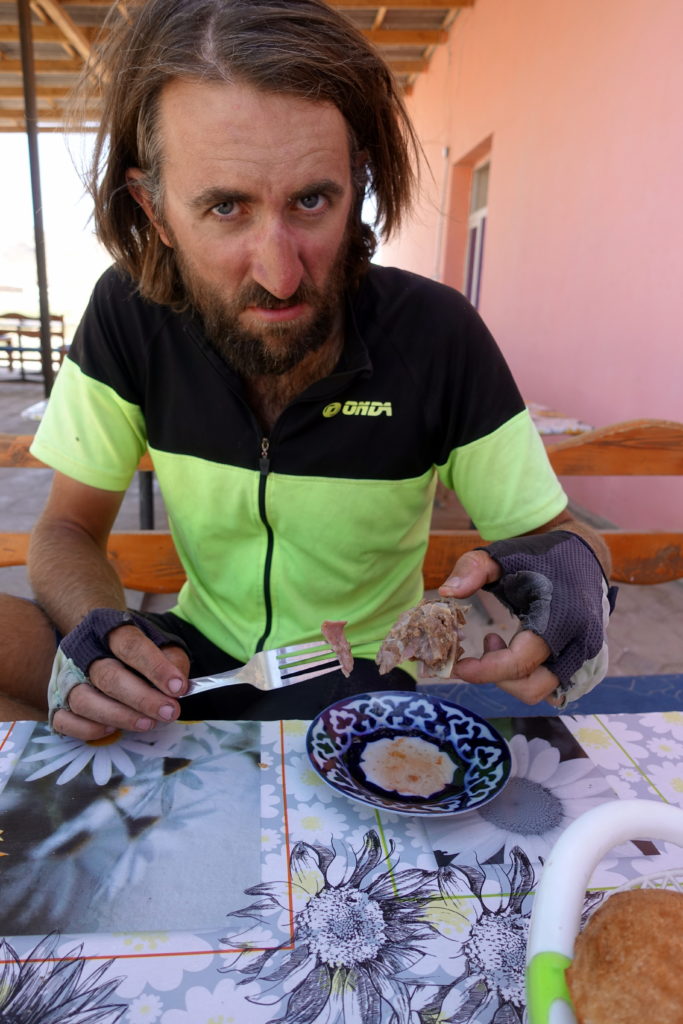
The type of meat that makes you jealous of the dog eating the bones…
We did not enjoy that stuff, and got reminded by our guts the next following days
We stopped for lunch at a small male-dominated restaurant in Korashina – a decision that would wreak digestive havoc on us for weeks. In Uzbekistan, we were told that the preferred meal is something soupy because it’s easier to digest (apparently the cause of all problems for Uzbek doctors is food that require mastication…possibly because we have seen a lot of missing or gold teeth along the villages) – however the soup of choice turns out to be brothy with a carrot, potato, and a very indigestible piece of meat (not the finest of cuts and requires an additional 5 minutes of chewing, and you resign to just swallow it at some point). Satiated, mostly from bread, we left and continued the ride towards Guzor – this required one last climb before the desert. The landscape was still unrelenting in the afternoon sun, so we were happy when we reached the top. Cédric and I couldn’t find any indication of whether there was a hotel located in Guzor, so we resorted to asking the locals to gauge whether one existed or not. Just as we stopped by a restaurant located near the entrance of Guzor to ask, the owners, excited by our presence, quickly said that we could sleep in the restaurant. Fine by us, we thought.
As we stuffed all of our belongings into the storage room, the guys asked us if we were hungry – and our reply was yes! Our lunch was very much digested and stomachs growling for more (mine was starting to become an ominous growl, though). The guys told us what was on the menu – more Uzbek shurpa – and although we weren’t keen on eating more soup, we were still happy to have a place to sleep so we said sure. As we were eating our meal, one of the owners comes up to our table, tried to make conversation, and then looking at me with a glint in his eye, asks if we can take a picture together. Since the guys was already handsy when he helped us put our gear into the storage room, I already suspected what was up and said that I’ll take the picture of him and Cédric. Still insistent, he came to my side of the table, handing Cédric our camera, pulls me close and grabs my ass. I knew that this side of the Uzbek ‘culture’ would surface at some point (we had heard stories from other female cyclists). As I told him no (and received another round of ass grabbing), I considered appropriate reactions – a slap to the face? Throwing him against the wall by his neck? Engulfing him in fire with a flamethrower? I settled on shouting “NO TOUCHING” à la Orange Country prison guard (link to reference). As he left to tend to the restaurant, the mood was soured, and I was contemplating leaving, although that would mean cycling in the dark. A few minutes later, handsy man comes back and tries to tell us something, mentioning the city where we plan to go the next day. Since he was speaking Russian, we understood nothing. I asked him to speak into the phone so we could translate what he was saying, and the gist of the garbled message was that we needed to leave to go to Qarshi right now, as the sun was setting. It was hard for us to make sense of his request, because we were enthusiastically welcomed, fed, groped, and then told to leave all within an hour. Still while talking to us, the guy was making eyes at me and making weird gestures whenever Cédric looked away, so in the midst of confusion we quickly grabbed our things and left. To blow off some steam, we also said some choice words while departing knowing that we wouldn’t be understood. Here, you can openly talk about the psychopath pervert right next to you while smiling…
Between the time that we left the restaurant and our camp spot was a mad dash through Guzor town asking any large group of people (increasing the probability of a correct answer) if they knew whether there was a hotel/guesthouse in town. From everyone we talked to, it seemed as though there was something, so they would point us in the direction. Because we couldn’t understand Russian/Uzbek, we would cycle to the next intersection and ask the next group of people for the directions to this place. It turned out to be the 17th, and for some reason people get married only the 7th, 17th or 27th in Uzbekistan (including a lot of forced, arranged and children marriage… but that’s another story), so there were a lot of large groups of people celebrating in the middle of the week. By the time we found this place, which turned out to be a sports complex where I suppose some cyclists had once camped, the guard told us off. Ok, we thought, waste of time and now we need to find more food (soup can’t sustain cyclists) and get out of the city ASAP before it’s completely dark. We were also slightly fed-up with the area and were happy to just camp far, far away from anyone. I rushed into the nearest market and Cédric rigged the bike, so we would once again become a moving rave party. About 5 kms outside of the town, we pulled off into a cotton field and finally set up camp for the night.
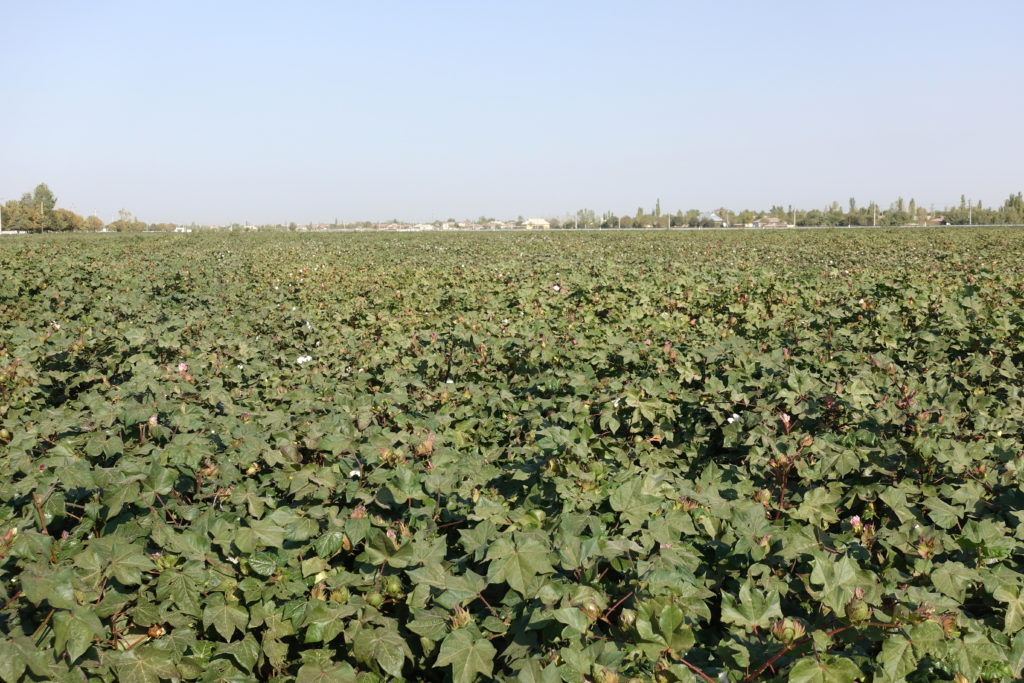
Ever heard of Uzbekistan agronomics insanity (and stupidity, and also corrupt system)? Here it is… some fields of cotton in the desert, destroying arable soils, sucking the water from the Amu-Darya river and emptying the Aral sea.
The next morning, we were exhausted and ready to reach Qarshi. As we’ve learned while on the road, most people don’t know the average speed of a bicycle or common dangers while riding. So, when handsy man thought that is was still possible to get to Qarshi and find a hotel for the night, he was assuming that it’s like driving a car; we would have been able to get there in under an hour and easily ride around the city in pitch black until we found a hotel. Our ride into the city during daylight hours was uneventful, if even ugly. The new, flat scenery was dotted with pipelines, oil derricks, and refineries. We thus turned that ride into a time-trial, basically cycling straight to the destination, very little breaks, just focusing on keeping a higher pace than usual, and ignoring the selfie-requests from random drivers – after those last few days, we were just getting annoyed by any encounters with Uzbeks (which is to be honest mostly men, women are discreet in those lands).
We arrived in Qarshi in the early afternoon, the first hotel that we saw happened to be full (the weddings last 4 days), but after a few calls, the reception contacted some contacts having another hotel not listed anywhere. We didn’t have much choice so decided to give it a shot and tried to follow the car of the owner in the dense traffic, with the idea to not let us be dragged down into some other weird plan, and strictly refuse anything dubious. It happened to be the nicest place of all our stay in Uzbekistan, with large clean and modern rooms for a cheap price, while being invited for dinner by that family. After a bit of irritation and exasperation towards Uzbekistan, things were possibly going to turn around. We spent the rest of the afternoon walking around the city, from parks full of Soviet helicopters, tanks and MIG-aircrafts to older mosques and madrasah.
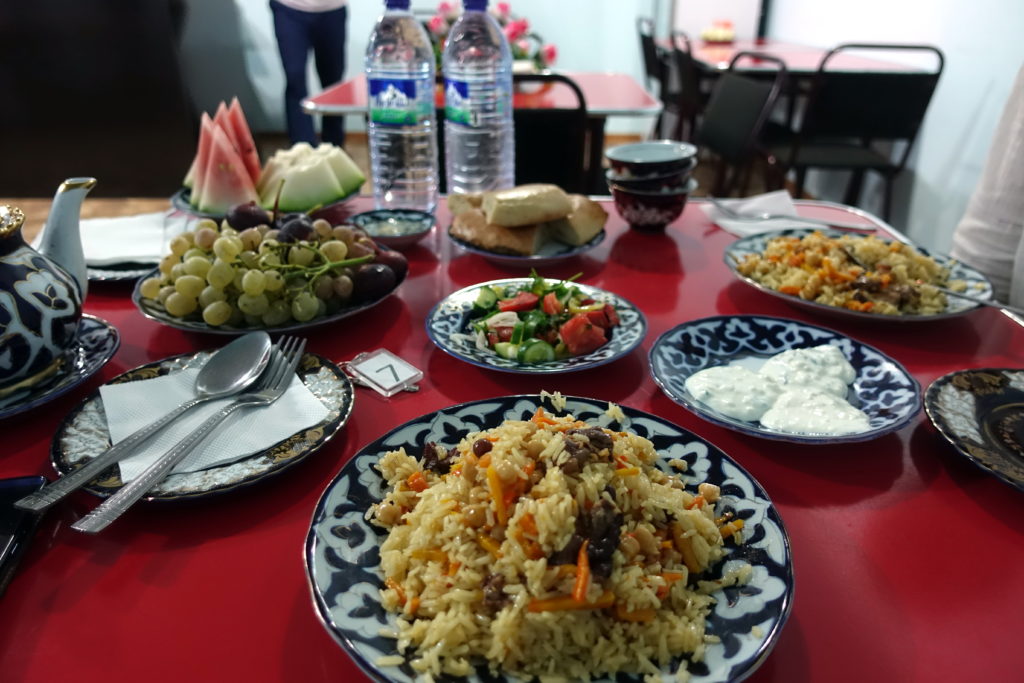
The Plov, official dish of central asia. This one was particularly excellent (although Cedric’s portion finished in the toilet a few minutes later – but because of a previous mean soup)
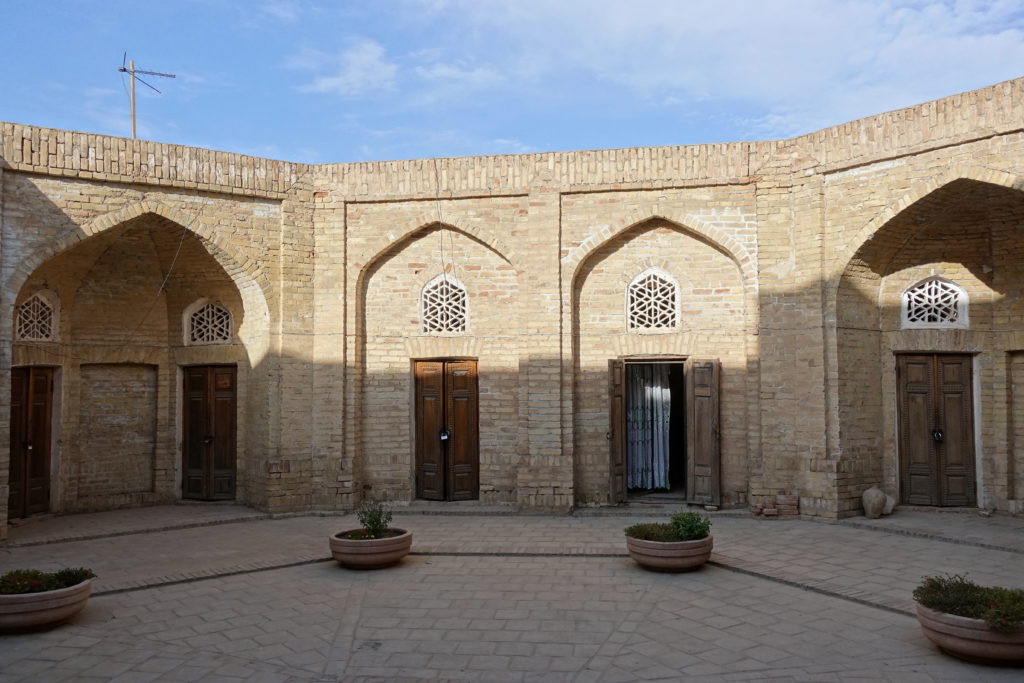
Inside the Madrasah in Qarshi. Madrasah basically means school in muslim countries, and just like in a lot of other cultures, it happened that the religion was also in charge of educating people (just like the Society of Jesus for the catholics…), Old the cities on the silk road thus had tens of Madrasahs within their walls.
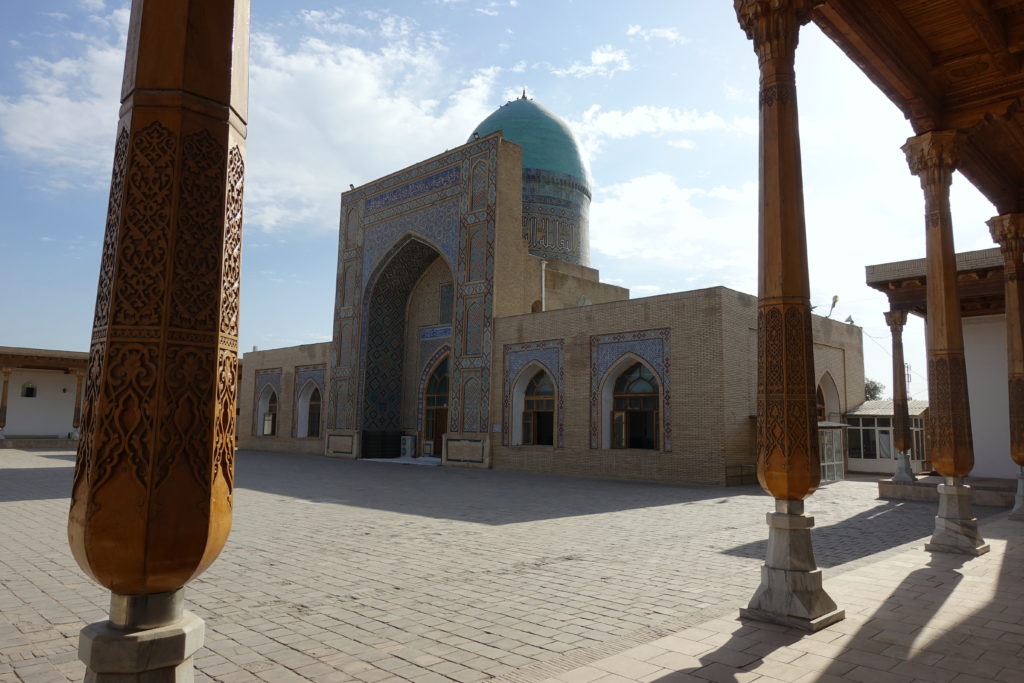
The mosque guard was sleeping at the entrance so we sneaked in very quietly to get in an out. Looks like nobody cared anyway!
The landscapes and scenery had been among the most dramatic and remarkable that we had ever seen but arriving in Dushanbe we just need something: rest!
Without going to deeply into the political situation in Tajikistan (a democracy with a strongman-presidator for life), and the current economic situation (it ranks third in the poorest Asian countries, only tailing war-zones Afghanistan and Yemen), it feels like most of the country’s investment and infrastructure projects are earmarked for the capital. Dushanbe was built out of nothing during the Soviet-Union (it was a train outpost a century ago) and has become after the independence the symbol of the country. It is thus a very clean city, with public transportation, great asphalted and tree-shaded avenues (we became super focused on road pavement quality), shopping malls, and slightly deliriant megalomaniac architecture (nowhere near the other Central Asian capitals though!). It is also basically the only place in the country where it is possible to “find something.”
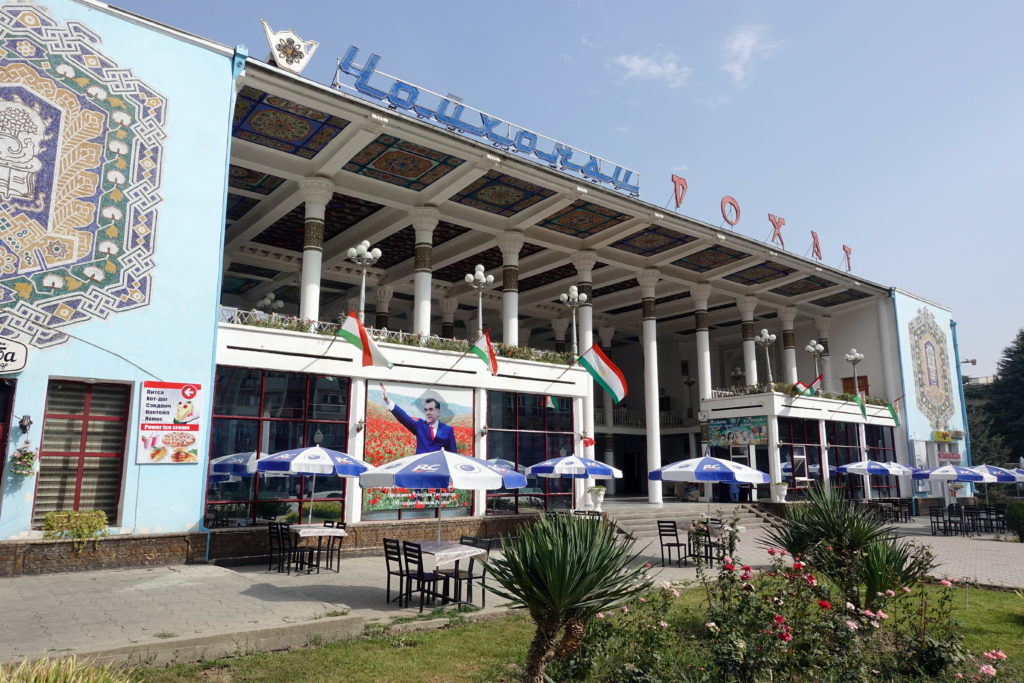
An elaborate place for fast food – as we were strolling down this street, the president and his motorcade whizzed by (amazingly, everyone on the main road had disappeared when he drove by – including shop-owners and pedestrians: we were seriously wondering if looking at the presitator is an offense here!)
From our original plan to only stay two days in Dushanbe (which would be largely enough for short “regular” tourism), we decided on arrival to double the length of our stay.
Our first day was focused on enjoying the bedroom and snacking until noon, followed in the afternoon by the objective to repair the bicycle. The roads had affected us, but also our ride, and we had to fix or change multiple items – breaks, tires, chain, cleaning, degreasing, lubricate, gearbox maintenance, etc. and among others the broken axle from Kyrgyzstan whose temporary fix had yet amazingly done 1500km. We were nevertheless extremely happy to see that the original part (and hopefully more reliable than our disc-saw, welding, tie rap, rope and metal binders MacGyver fix) sent by Cedric’s parents had arrived on time in a record-breaking two weeks from France (postcards and previous parcels often took months). We had multiple spare parts, but we as usual the parts breaking are always the ones you did not take, so we also had to crawl through the bazaar of Dushanbe and a bike shop around it to find some additional pieces.
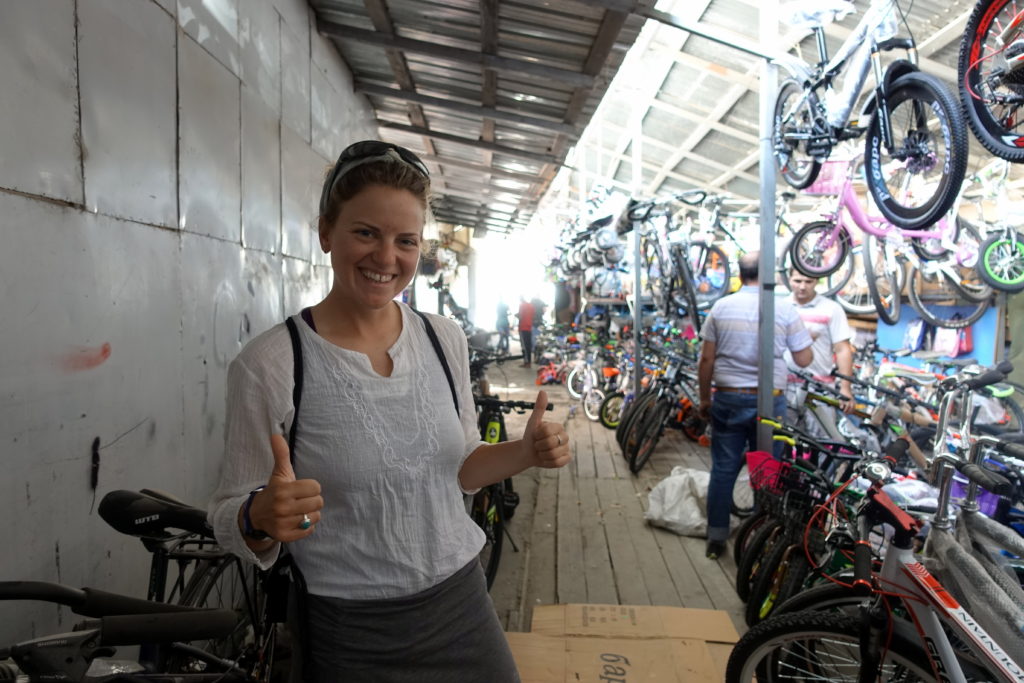
We found the ‘bike part’ portion of the bazaar! New, old, and random parts – almost anything is here.
If any cyclist reads this blog, there are relatively good bike shops and bazaars in Dushanbe – it is not a miracle, but compared to all other cities visited previously in Central Asia (apart from Almaty), you will be able to find genuine new parts (Osh was more a dusty pile of decades old used Chinese knock-offs), also for example for hydraulic brakes or cleat-pedals.
It may sound weird, but we also took the opportunity in Dushanbe to only eat at every single meal non-Tajik-traditional food, and got satiated by western fast-food, Turkish or more elaborate dishes. It is not that the Plov is too bad, but after weeks of having the same dish up to three times per day, we just needed to get anything else but that! In case you had never heard of it, Plov (rice “Pilaf”) is THE “national dish” of every single nation in the region: basically a lot of rice with some carrots, altogether fried in fat, with a piece of meat – usually mutton – on top. This is served and eaten pretty much anywhere, people eat it every day, but is also the dish of various celebrations, from weddings to funerals, locals want to invite you to try the national dish (in case you took an UFO directly to their place), restaurants (when you have a choice) recommend to take the homemade Plov, and pictures of it appear on any tourism promotion board. Again, not bad, but it feels a bit much for our equivalent of spaghetti and tomato sauce… the main difference between recipes seems to be the percentage of rice versus other ingredients, if the meat has any nutritional value (you may envy the dog eating the bones in some places) and the if the oil or fat used is going to give you burps for the next few hours (for example the cottonseed oil in Uzbekistan… I suppose it still tastes better than mineral oil).
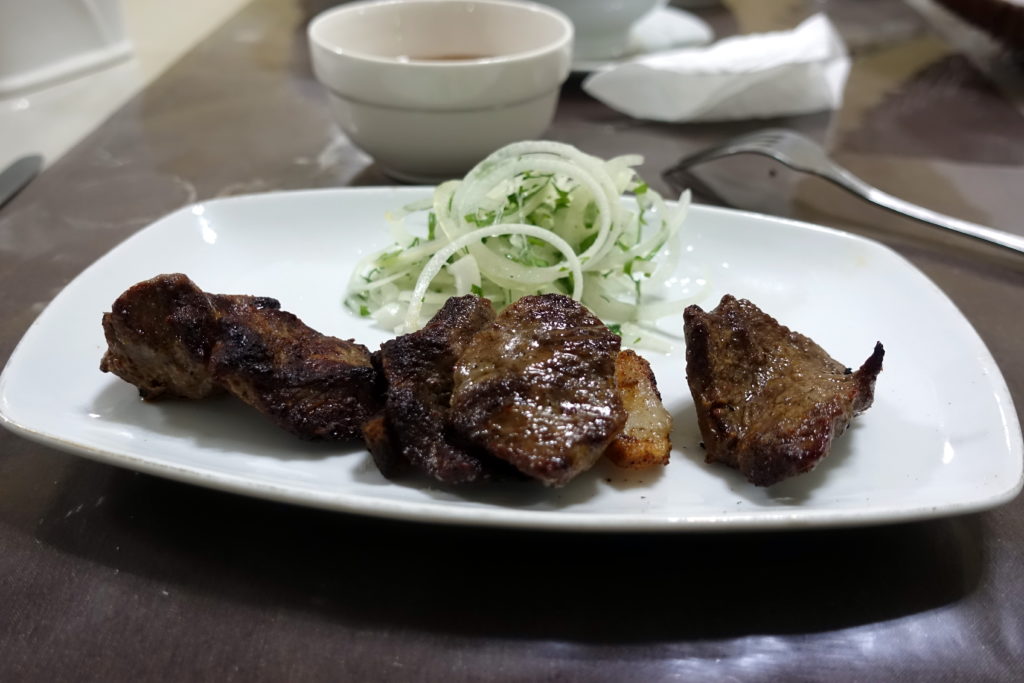
Shashlik – meat skewers – almost every restaurant does a version of this. It also sounds like every region of Central Asia is the real original place of the Shashlik…but possibly every single country around the world also believes that it makes the best grilled meat (and honestly, not much difference!)
The second day was Cassie’s birthday! A new decade starting while traveling – that’s probably the best of gifts, right? So logistical issues, with a strict control of stuff we carry around meant that Cassie’s present was not going to be materialistic. First enjoying a lazy morning, followed by lunch at the fanciest restaurant in the country with a few draft-beers (something rare in Tajikistan) – and yet the bill remained smaller than a fast-food feast back home, so we may have to celebrate 30 ¼ in a few months back in Europe! We spent the afternoon wandering around the center of Dushanbe, enjoying some green parks, extravagant waterfalls, and exuberant buildings. Tajikistan may have big economic plans for the 21st century given the size of the presidential palace (Versailles would seem like a cabin next to it), or various ministries (the ministry of foreign affairs may notably soon be a major diplomacy and intelligence hub!). We limited our walk to the center, not interested to see every administration architect-visionaries, and still focusing on our objective to rest. It was still enjoyable to walk on large sidewalks, enjoy large trees and simply have a few days not in the mountains!
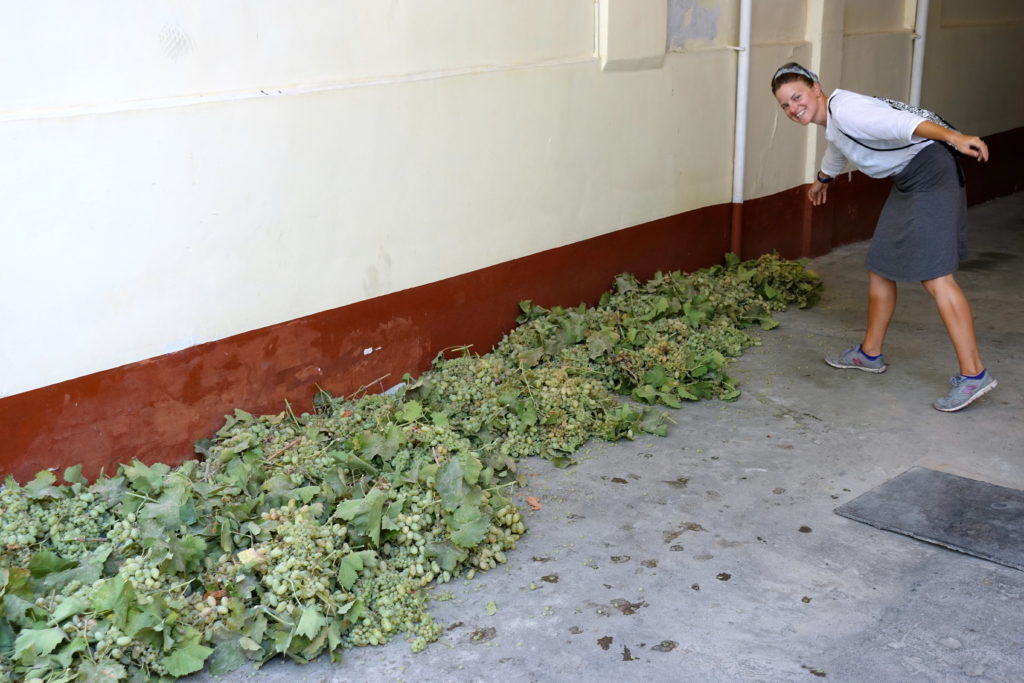
The grape harvest of our hotel’s courtyard. We had a loooot of grapes offered during our few days in Dushanbe!
The third day was a big success for that objective because we literally did not do anything for the whole day, so much that it was the first day in our trip where we did not take a single picture – only eating, sleeping, reading, updating the website. We decided to get dinner at sunset at a restaurant where we had already been previously (no willingness whatsoever to try or look for something new) and got joined by a local student trying to improve his English. Apart from language barriers making it a very (very) slow conversation, we had to think every single of our answers twice and be over cautious: our views of society, culture, religion, role of women, etc. were miles apart. It was not just about having different ideas, but more about him not understanding that things can be different elsewhere. Similar to Kyrgyzstan, we felt that remote mountainous regions were indeed often more respectful, more egalitarian and progressive than the elites in the cities (and particularly males). The Pamirs were a lot poorer, people seriously struggling to survive, but we yet never had occurred awkward conversation there. From simply talking English to a local student, we realized that Tajikistan may need a bit more time to have its shiny administration building becoming more transparent and democratic.
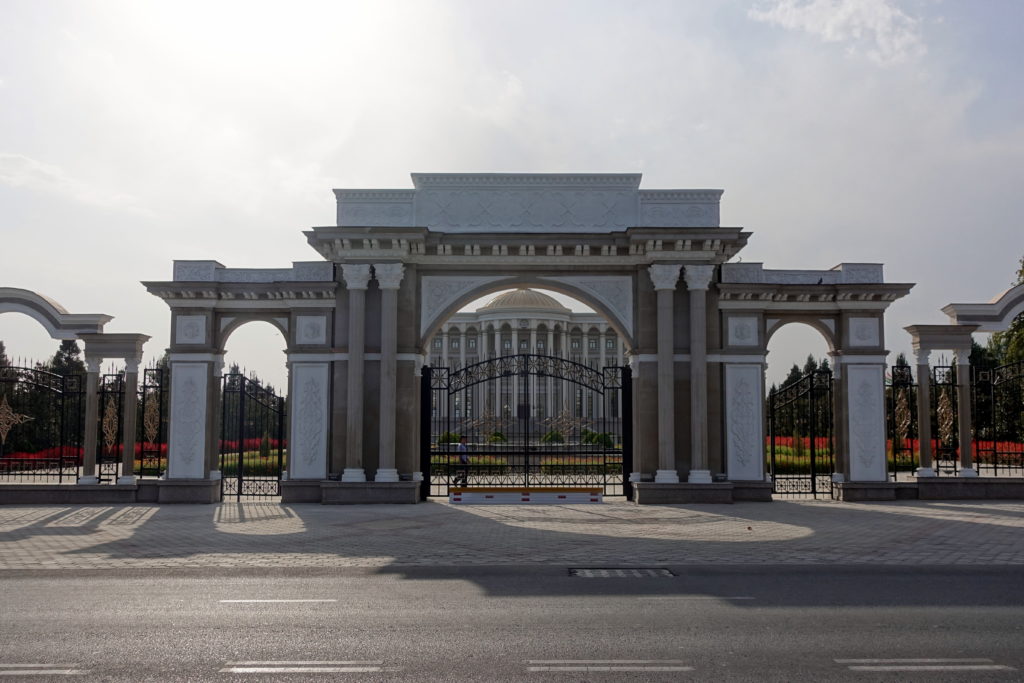
The presidential palace. Cédric snapped this picture before getting yelled at by the guard – not sure what’s so secret about that building (except being worried that another Central Asian presitator may compete in the largest-palace-challenge?).
We finally left after a fourth comforting night, this time with a new objective, our next country Uzbekistan. There are two roads heading there from Dushanbe, either a more mountainous one staying longer in Tajikistan but arriving directly in Samarkand on the Uzbek side (a famous touristic place that we intended to visit), or a shorter route in Tajikistan, but yet hillier and longer on the Uzbek side. Both roads are nicely paved and about the same distance, but we felt like we wanted to have a new type of scenery and decided for the road leaving Tajikistan faster. The ride out of Dushanbe was first a slow descent, later helped by strong tailwinds, so we cruised to the border in no time, also supported by a food truck who offered us chocolate ice-creams – and that replaced our lunch! That border going from Tajikistan to Uzbekistan is supposed to be challenging since Afghanistan is not far and the border control guards are looking drug-smuggling. We however left Tajikistan almost without seeing anyone, and just managed to get our exit stamp at the last booth, on the Uzbek side the only questions we had, apart from how we can possibly remain stable on our bike (and the necessary demonstration followed by phone pictures), were about Eminem (Detroit), all the soccer players of the Bayern Munich (Germany) and – we had to answer those questions with a “yes, sure!” and a big happy smile because we have no idea whatsoever. The first sight of Uzbekistan was surprising because we had a sandstorm making the landscape look like an industrial post apocalypse: abandoned soviet area vehicles and buildings with only a few silhouettes of cattle visible through the dust and the wind.
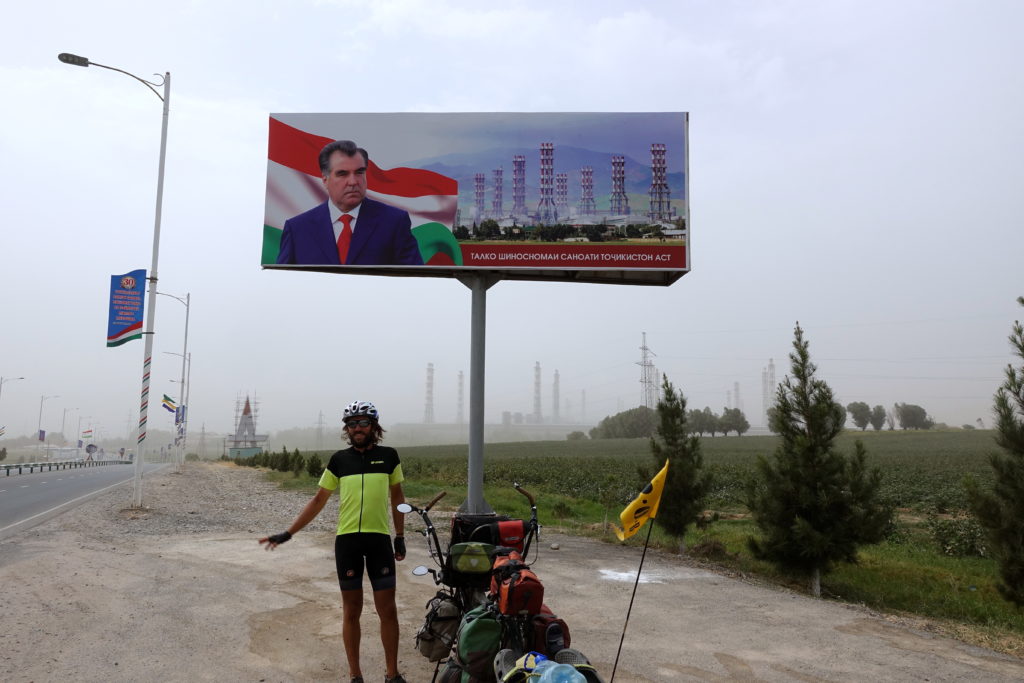
The background (an aluminum smelter, literally the only industrial complex in Tajikistan) is supposed to look like the poster on a good day.
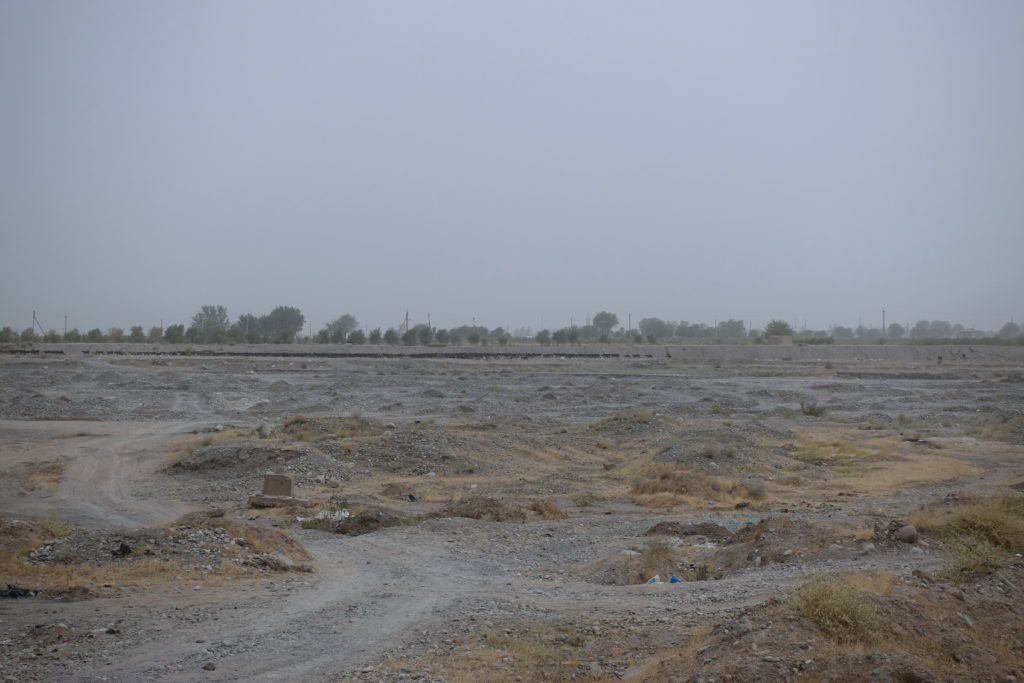
Ah, lovely Uzbekistan – we were welcomed with the best views. It felt a little like being in the decor of Las Vegas from the movie Blade-Runner-2049.
Luckily the road was still flat, and we could keep up a decent pace. We arrived in the evening in Denau, looked for a hotel that could do the famous Uzbek registration (Uzbekistan has kept a lot of Soviet habits and tends to overcontrol anything in the country), where tourists must sleep every night in an official hotel and those hotels have to “register” you and your passport, and you get a flyer proving that you slept somewhere. Because there is a discrepancy between the official rules and the way they are applied in Central Asia (mostly based on the level of corruptness or laziness of the police officer), a registration every three days is usually enough. Denau being our only chance to get a hotel before Qarshi, 300km further, we had to commit to the rules. The risk being to not be able to leave the country, having the next hotel refusing you just because the previous hotel was too long ago (sounds crazy but it happens) or having to pay a hefty fine on departure (although the customs seem to target tourists rushing to get a plane, risking to have some cyclists camping at the border usually will make them surrender). We spent the evening around town, finding the new subtleties that we will have to adjust to in the next weeks – it felt similar to Tajikistan, but not entirely.
]]>